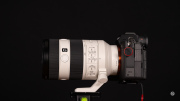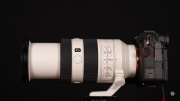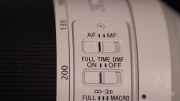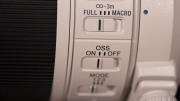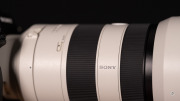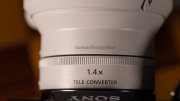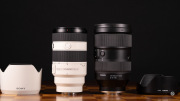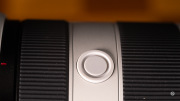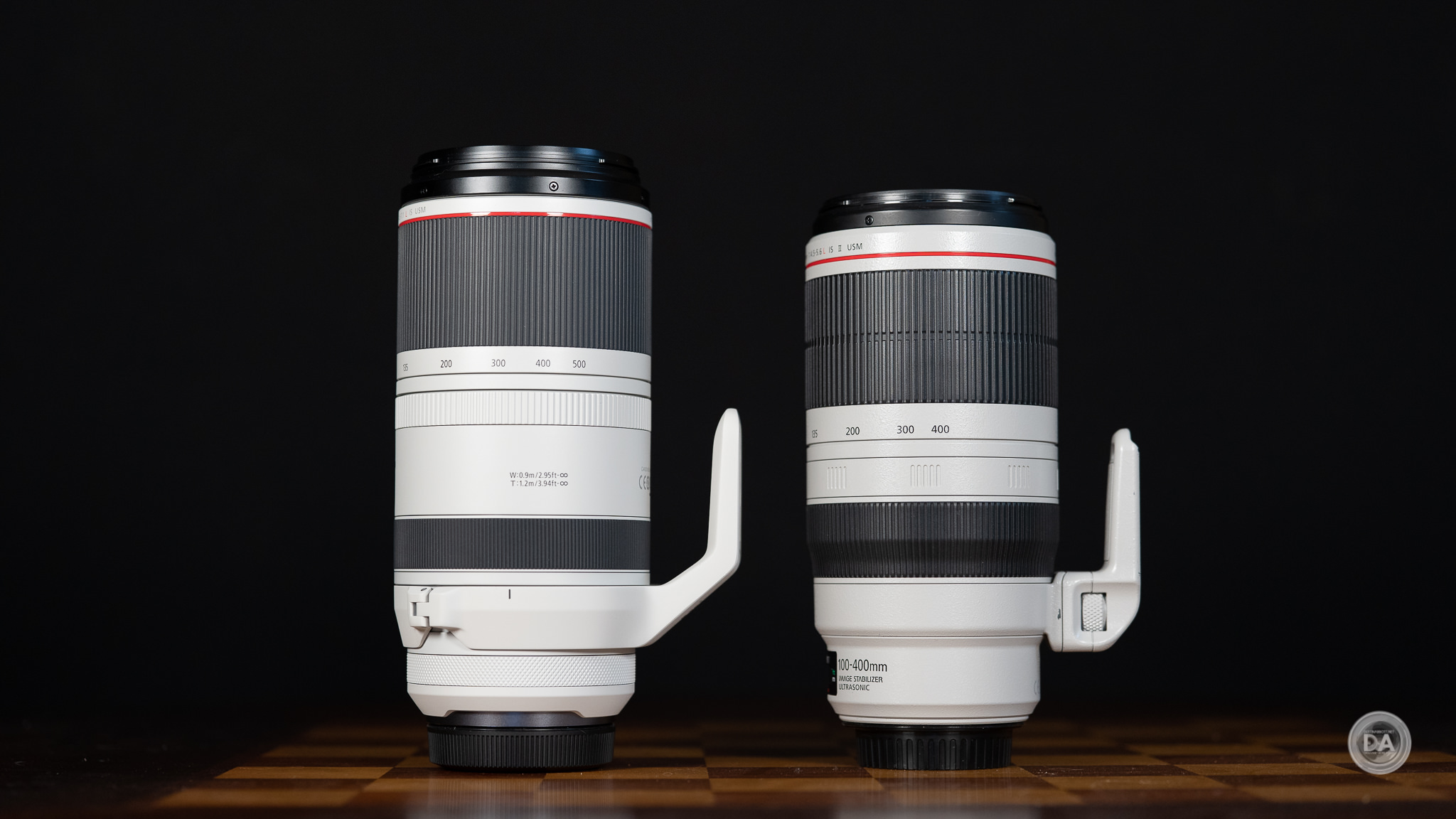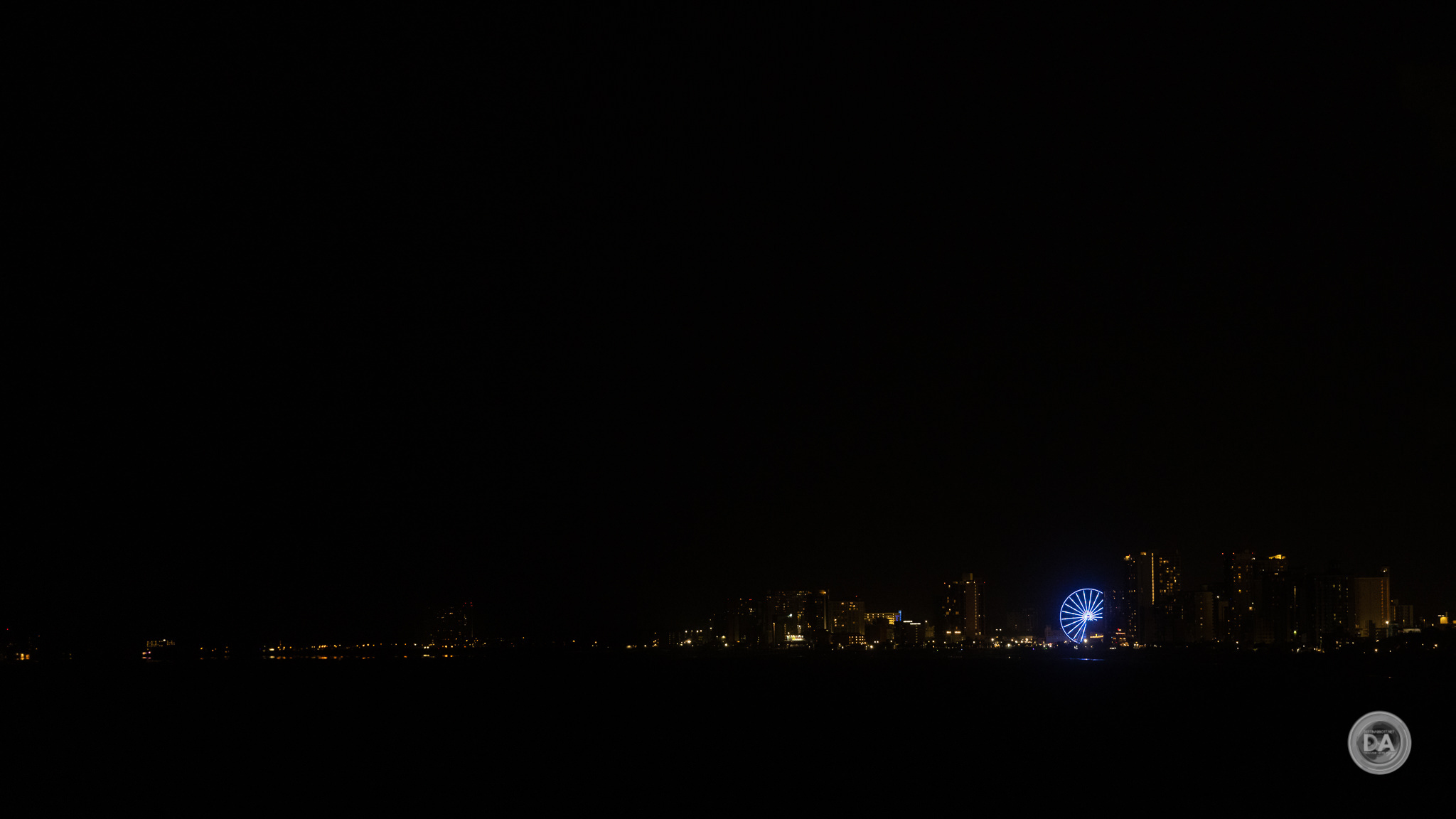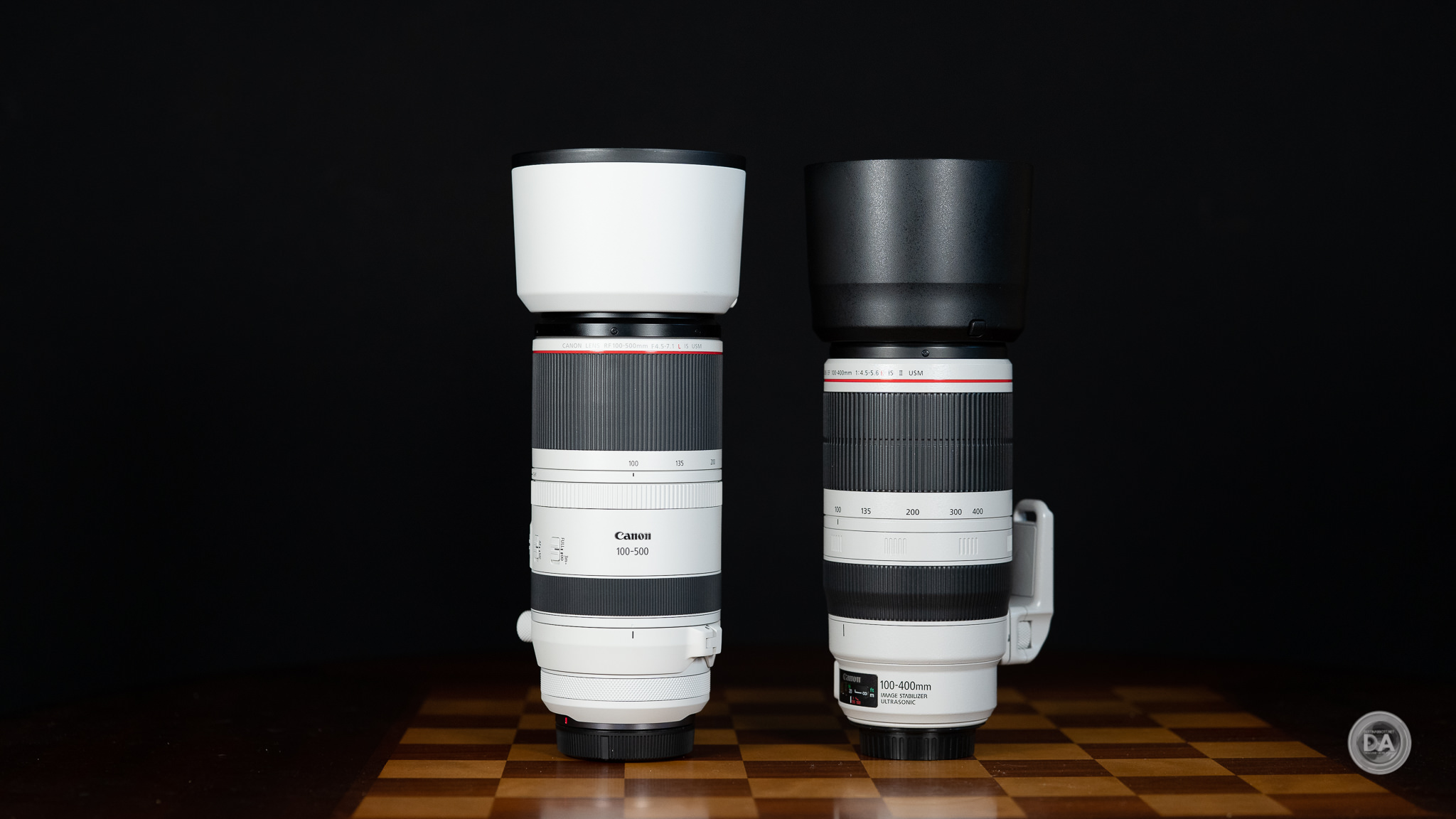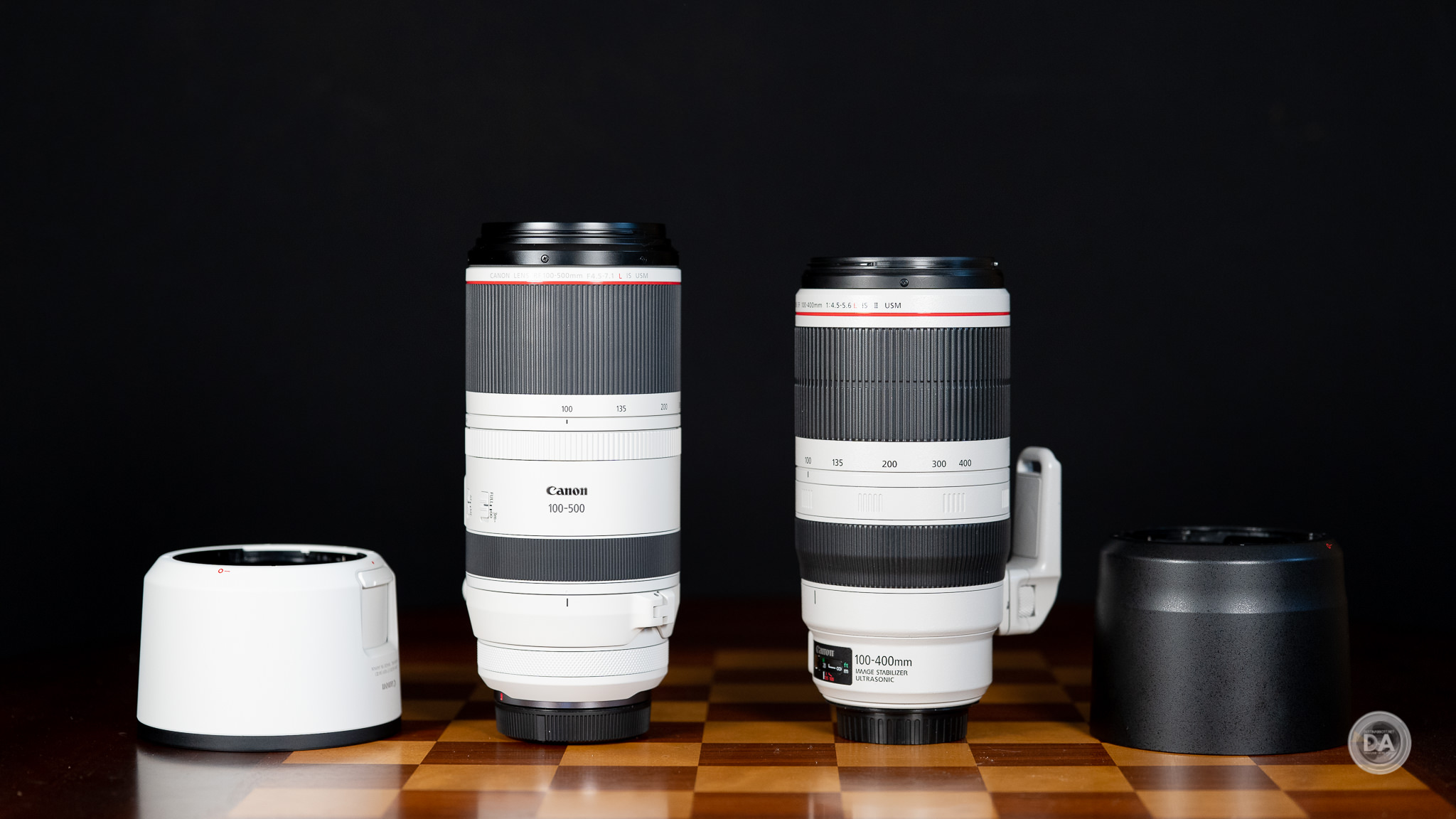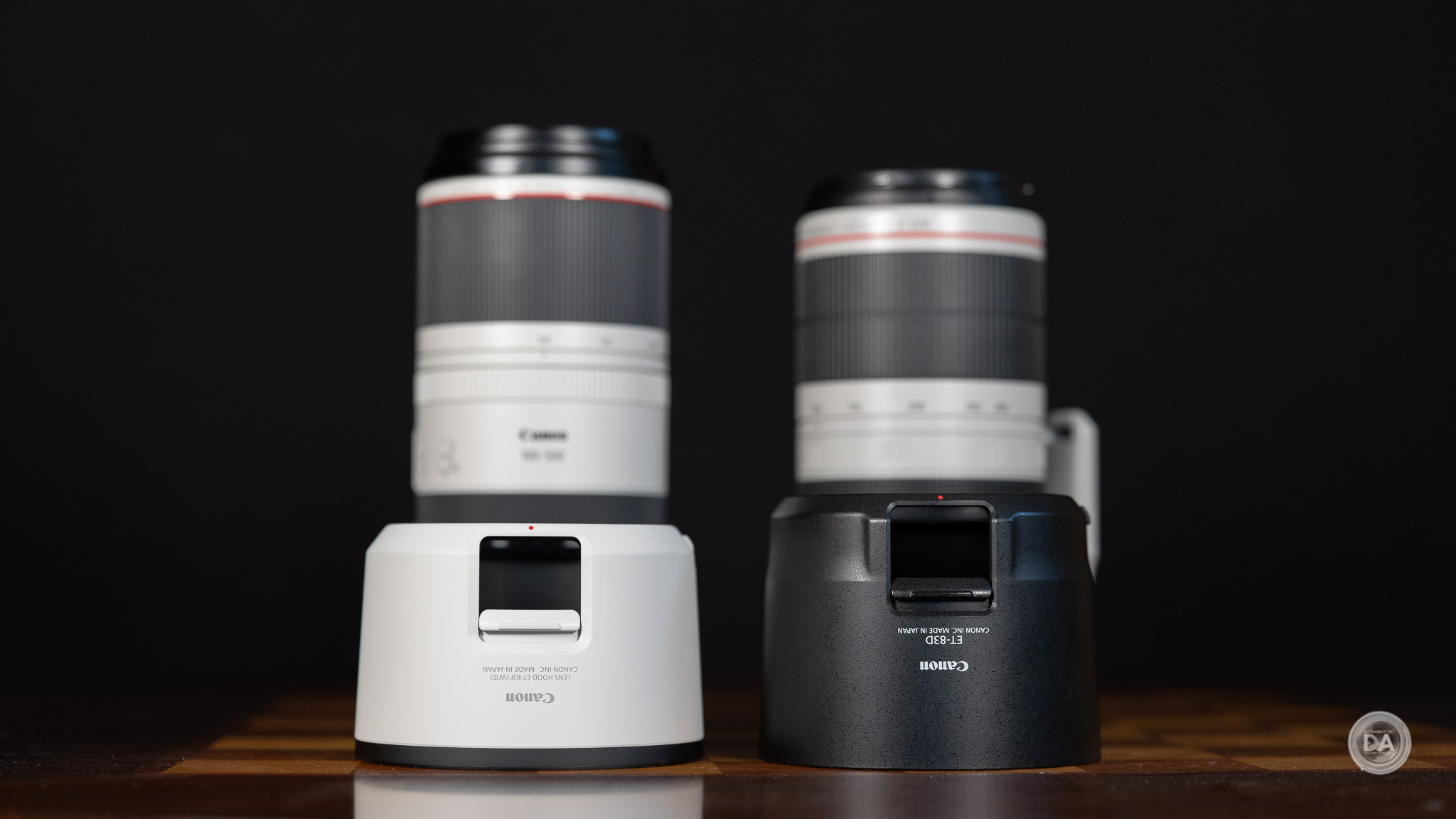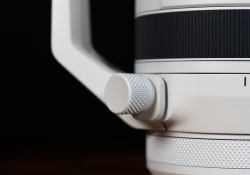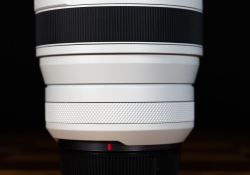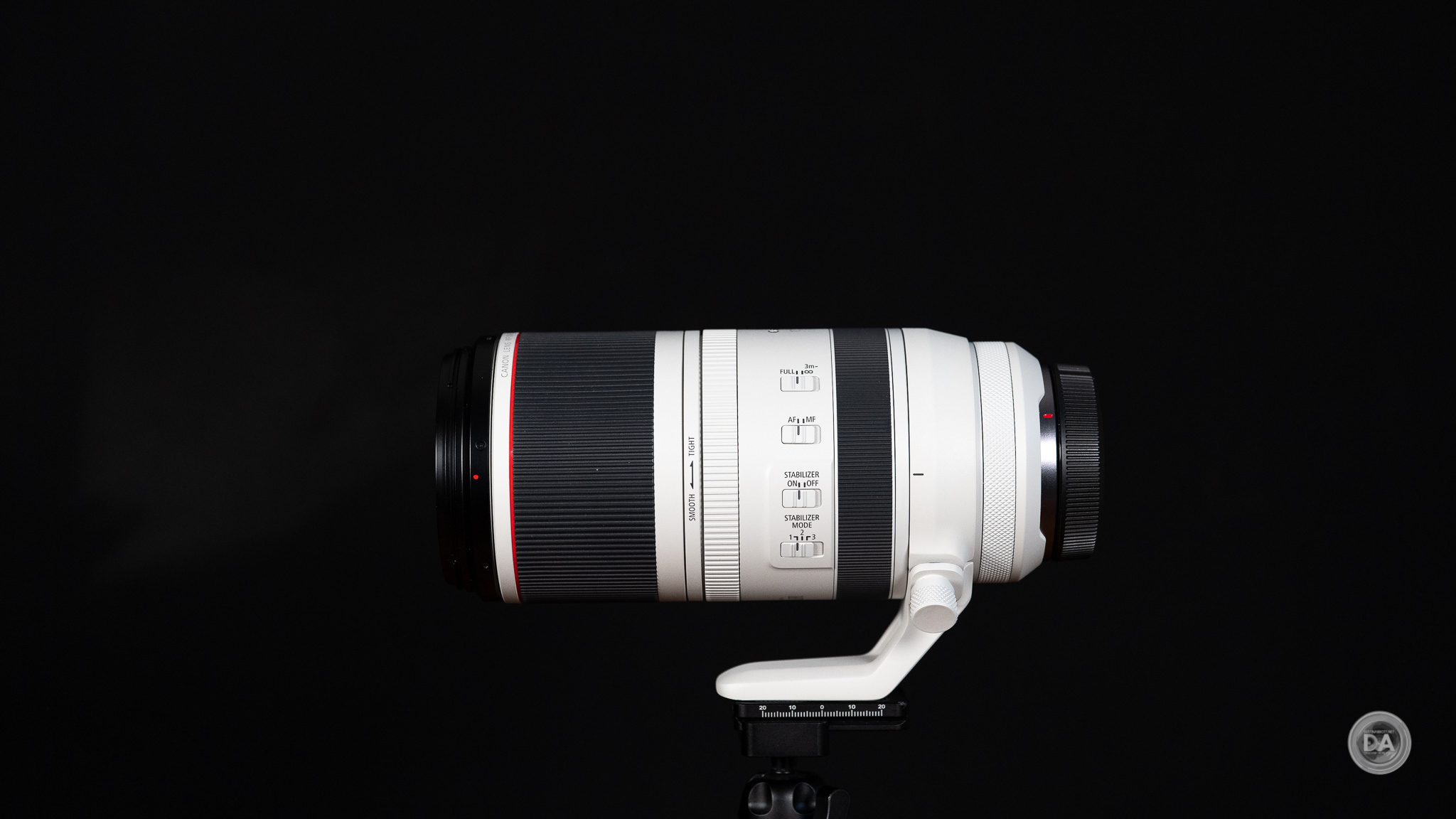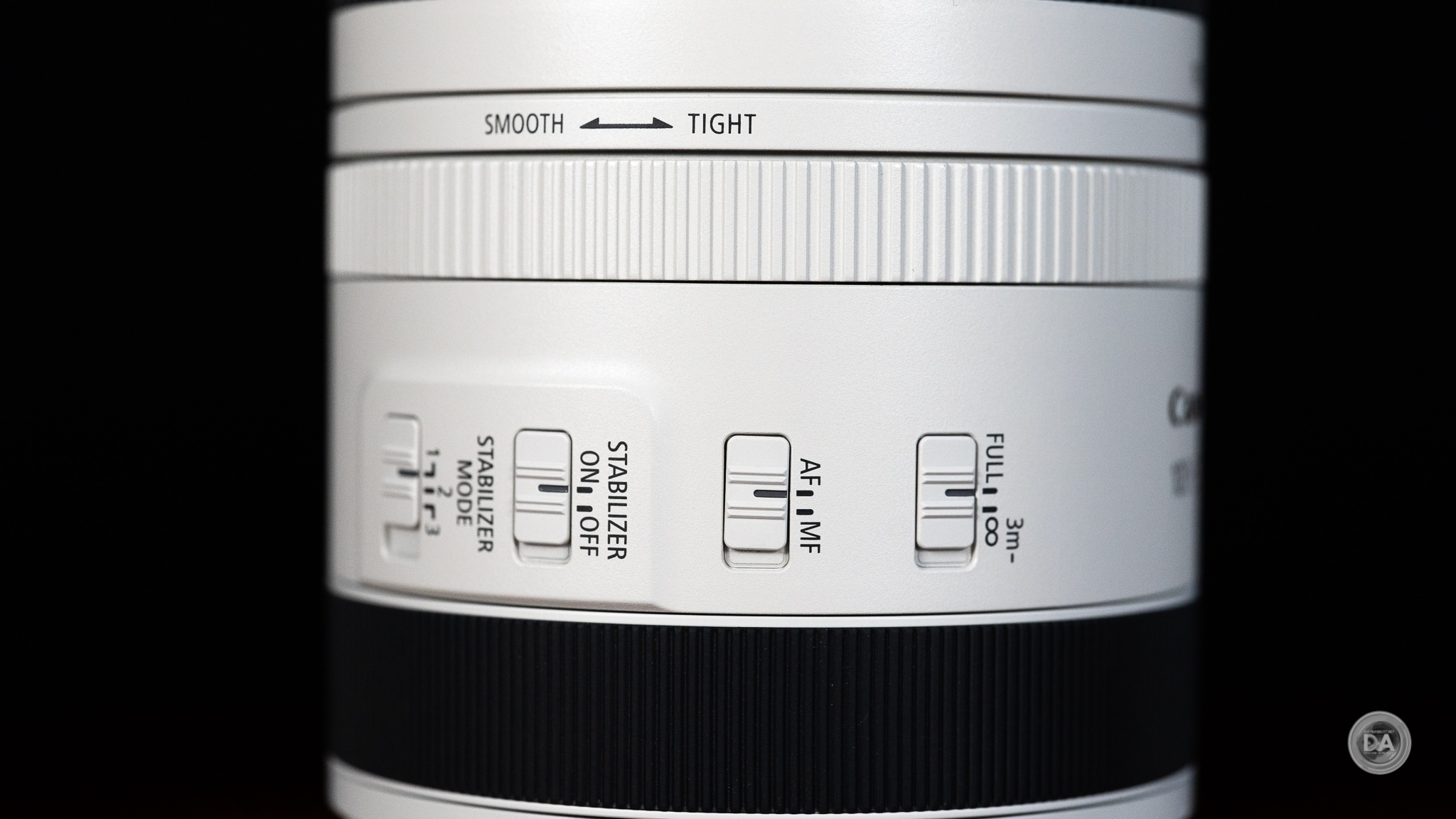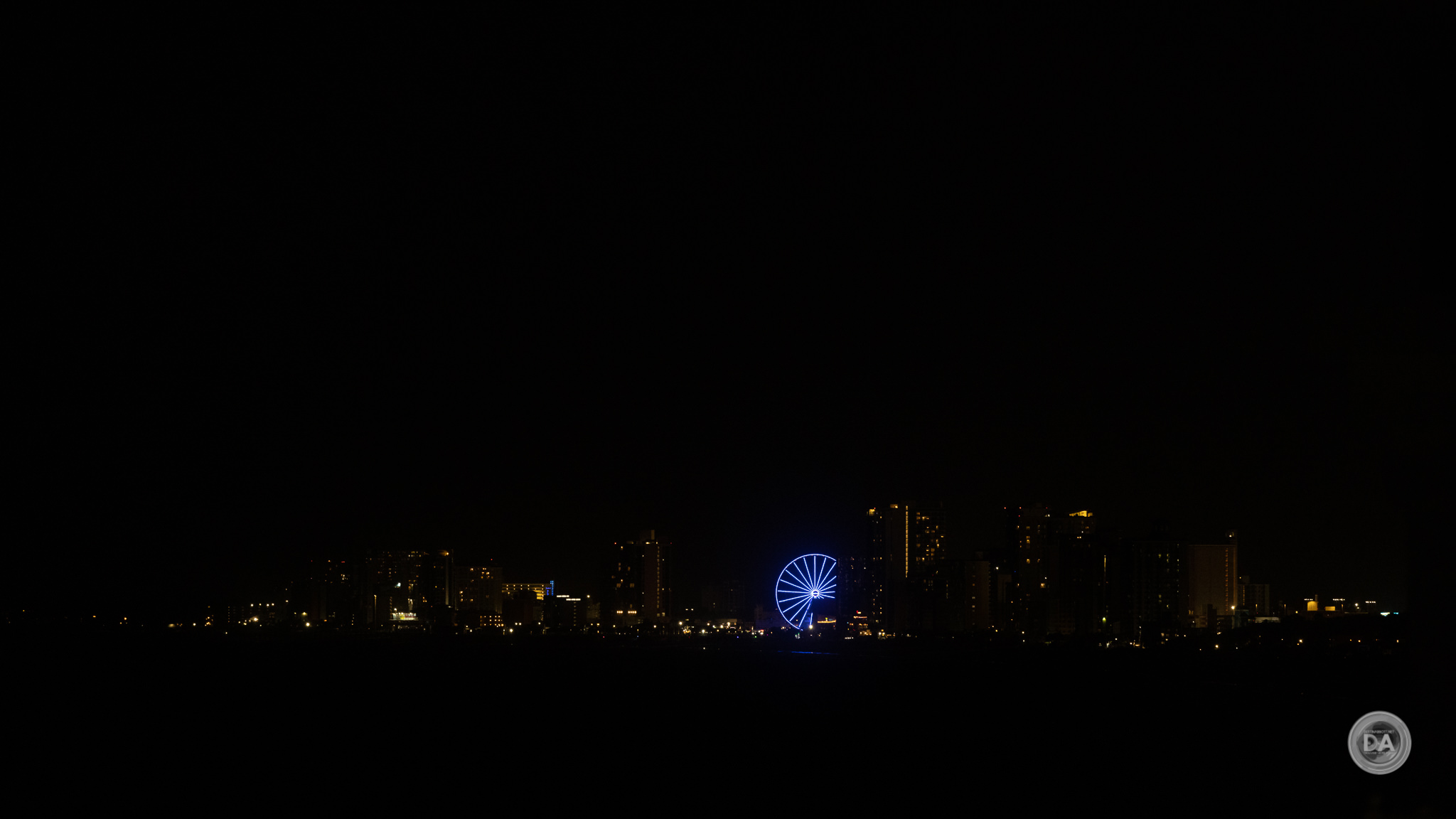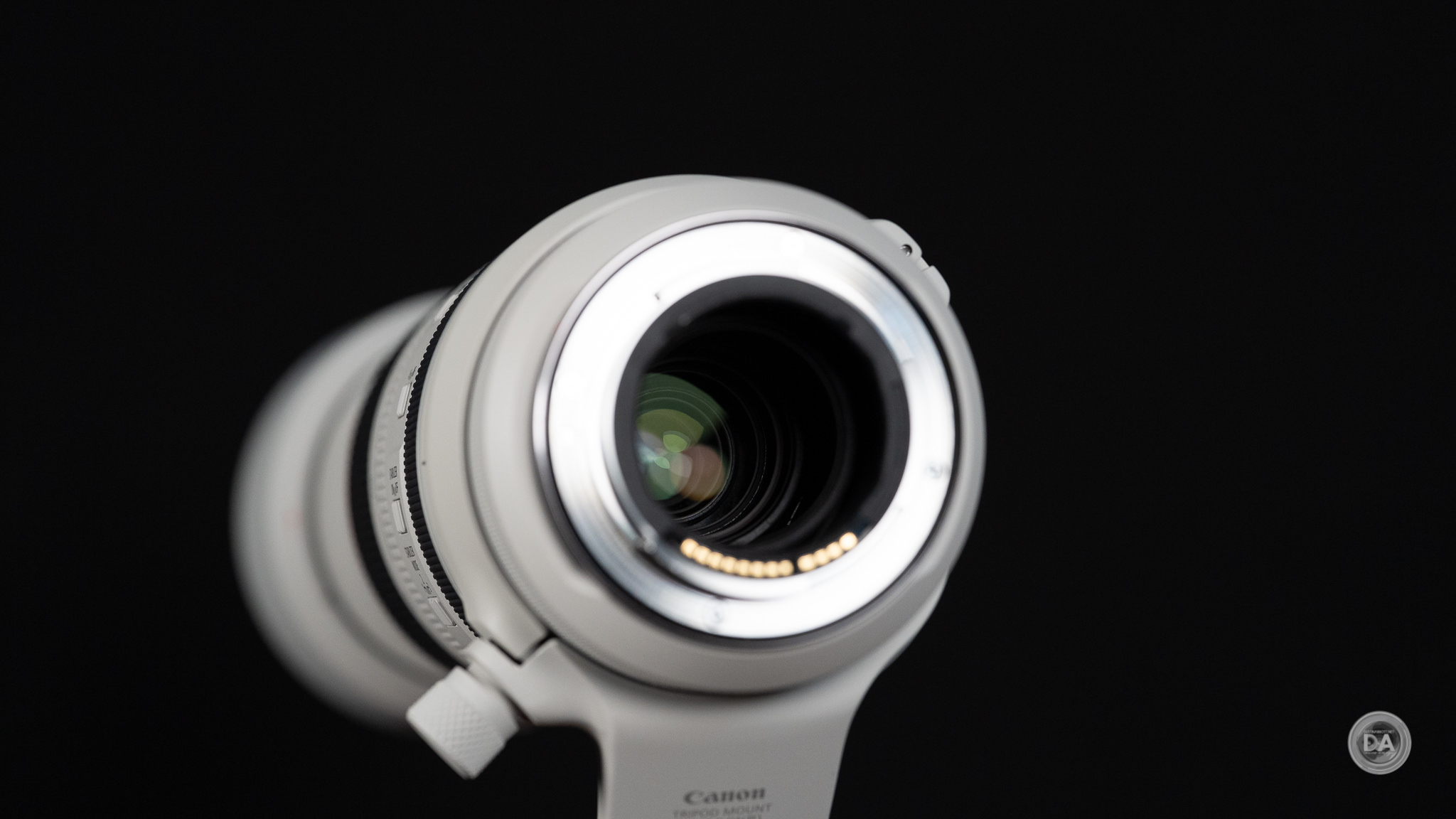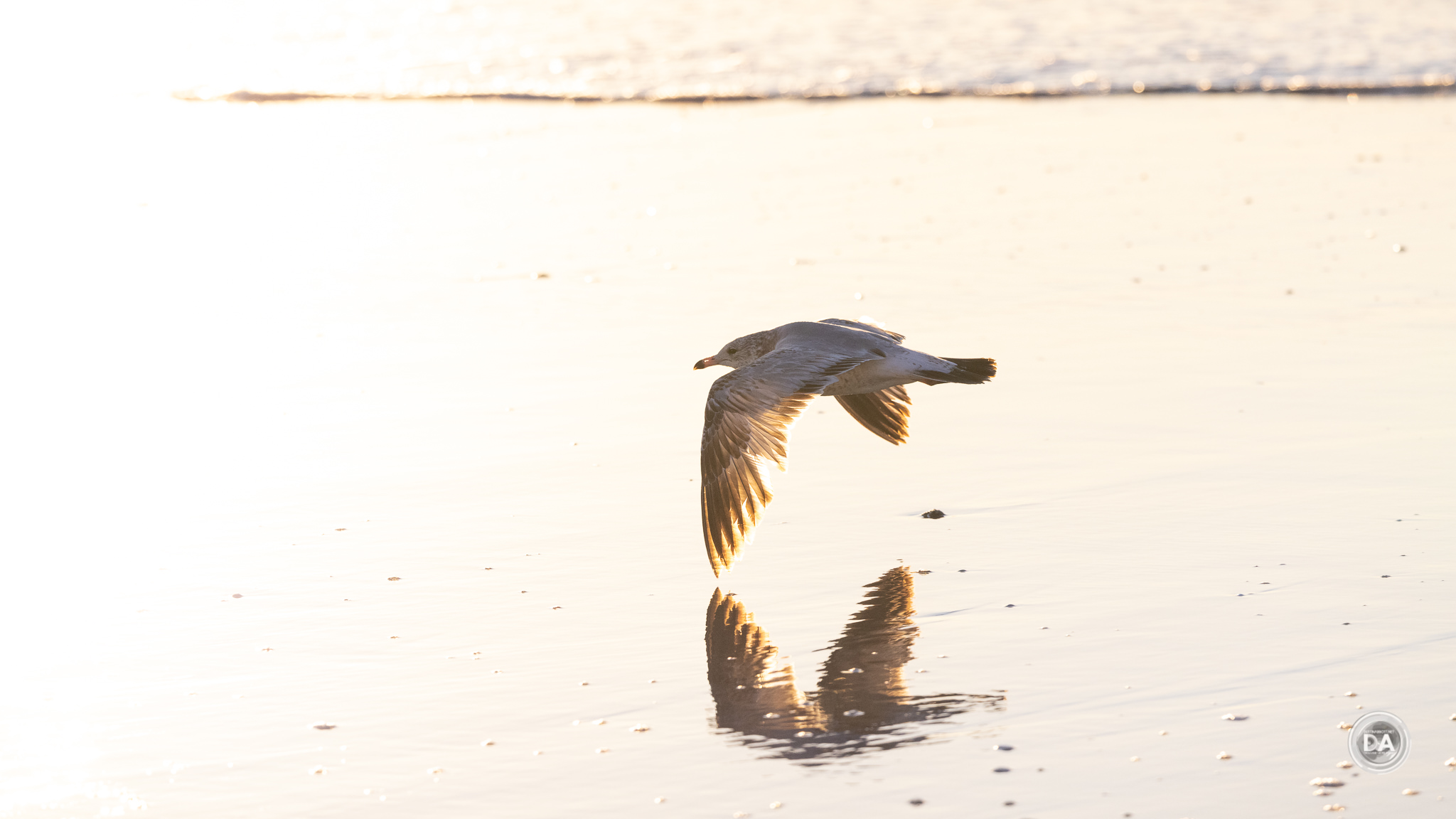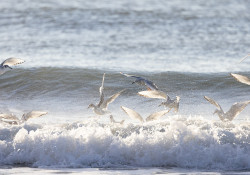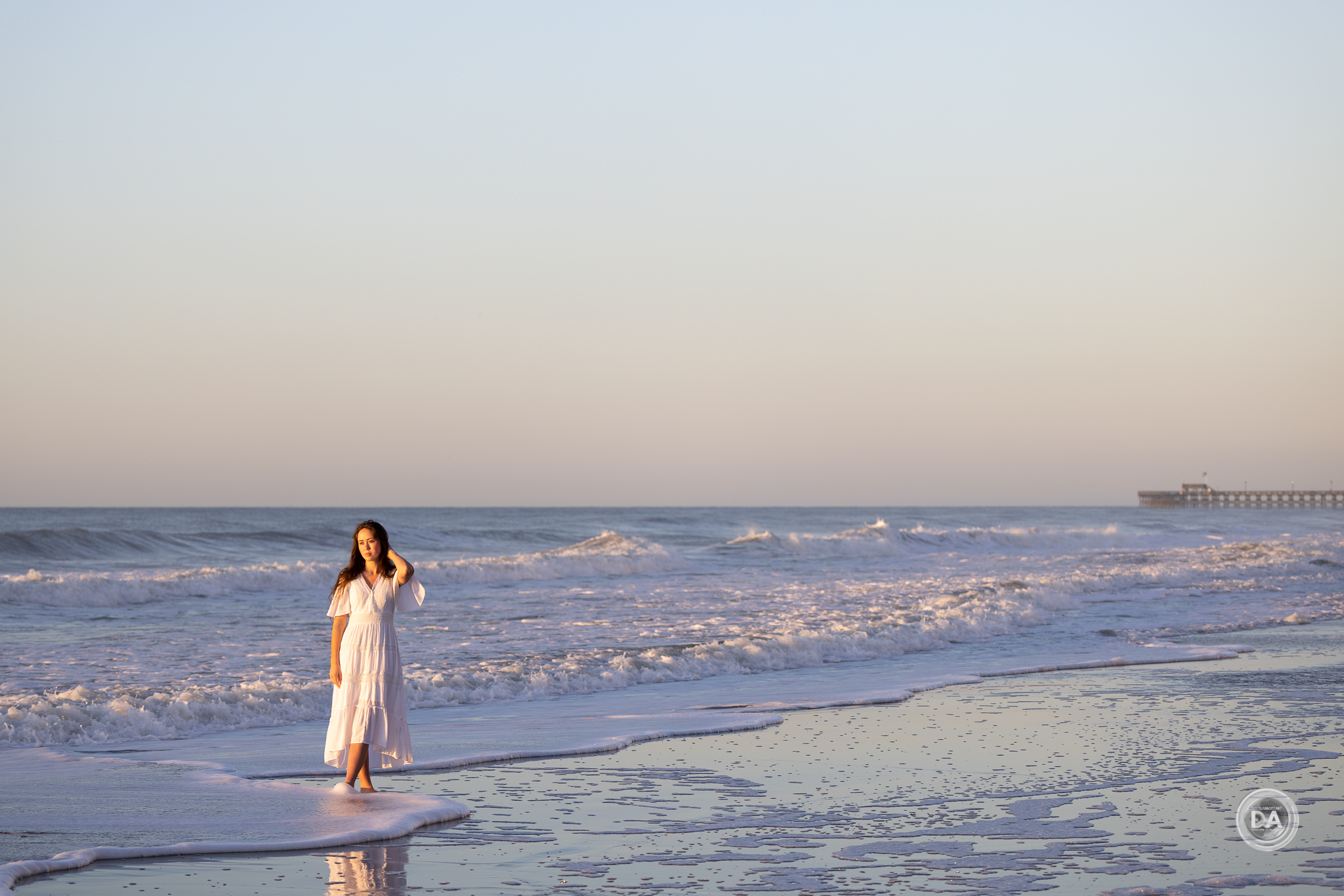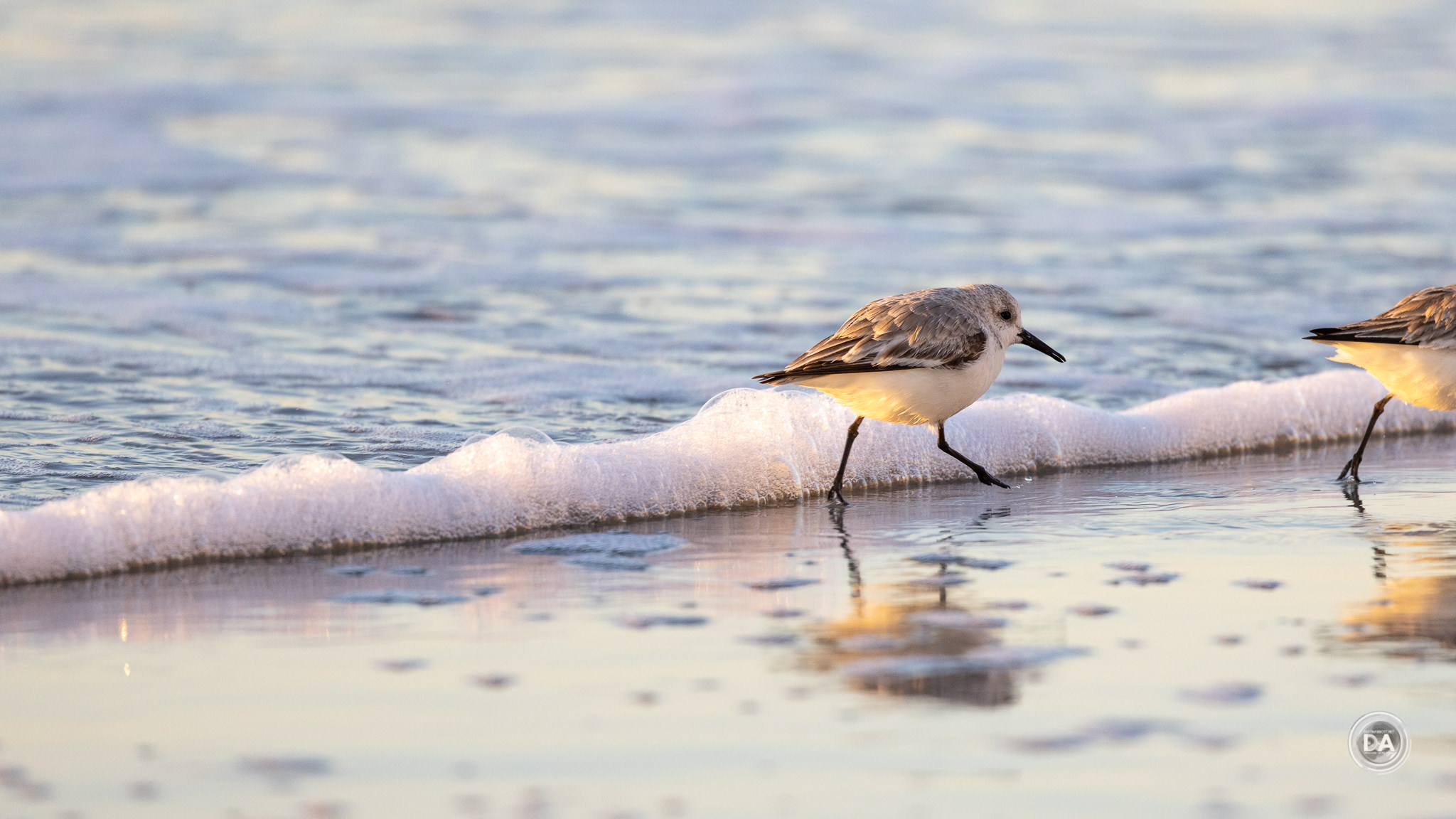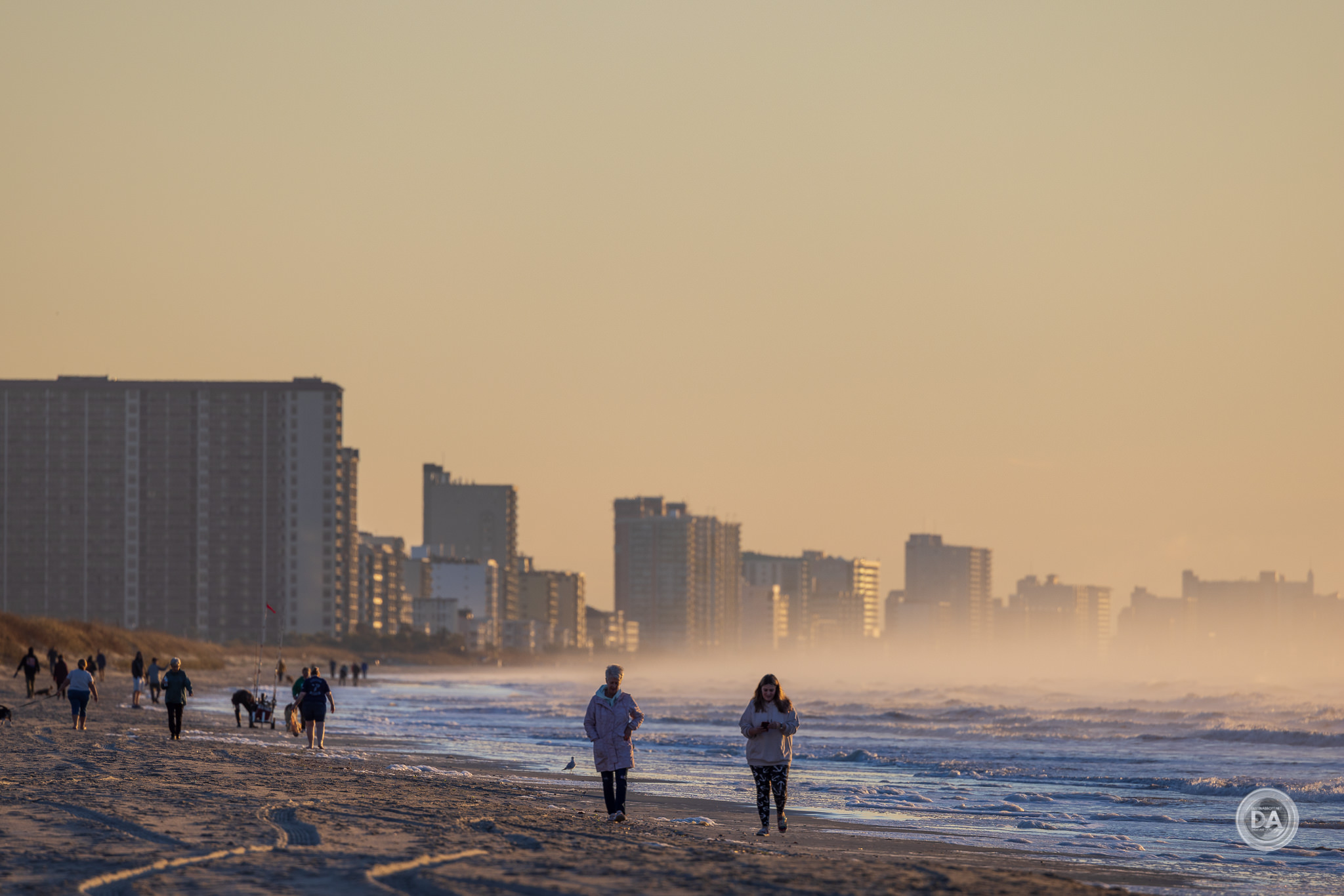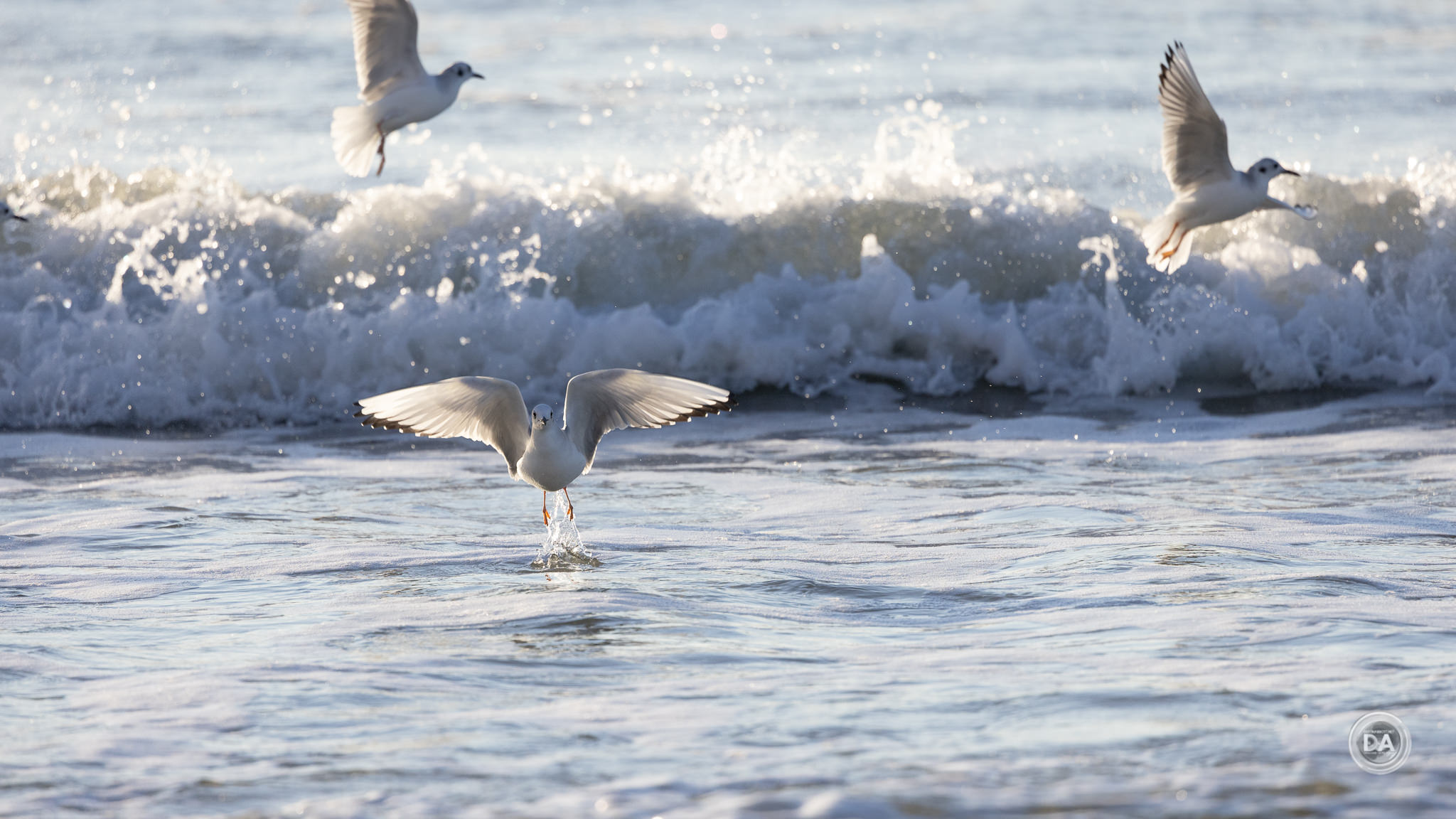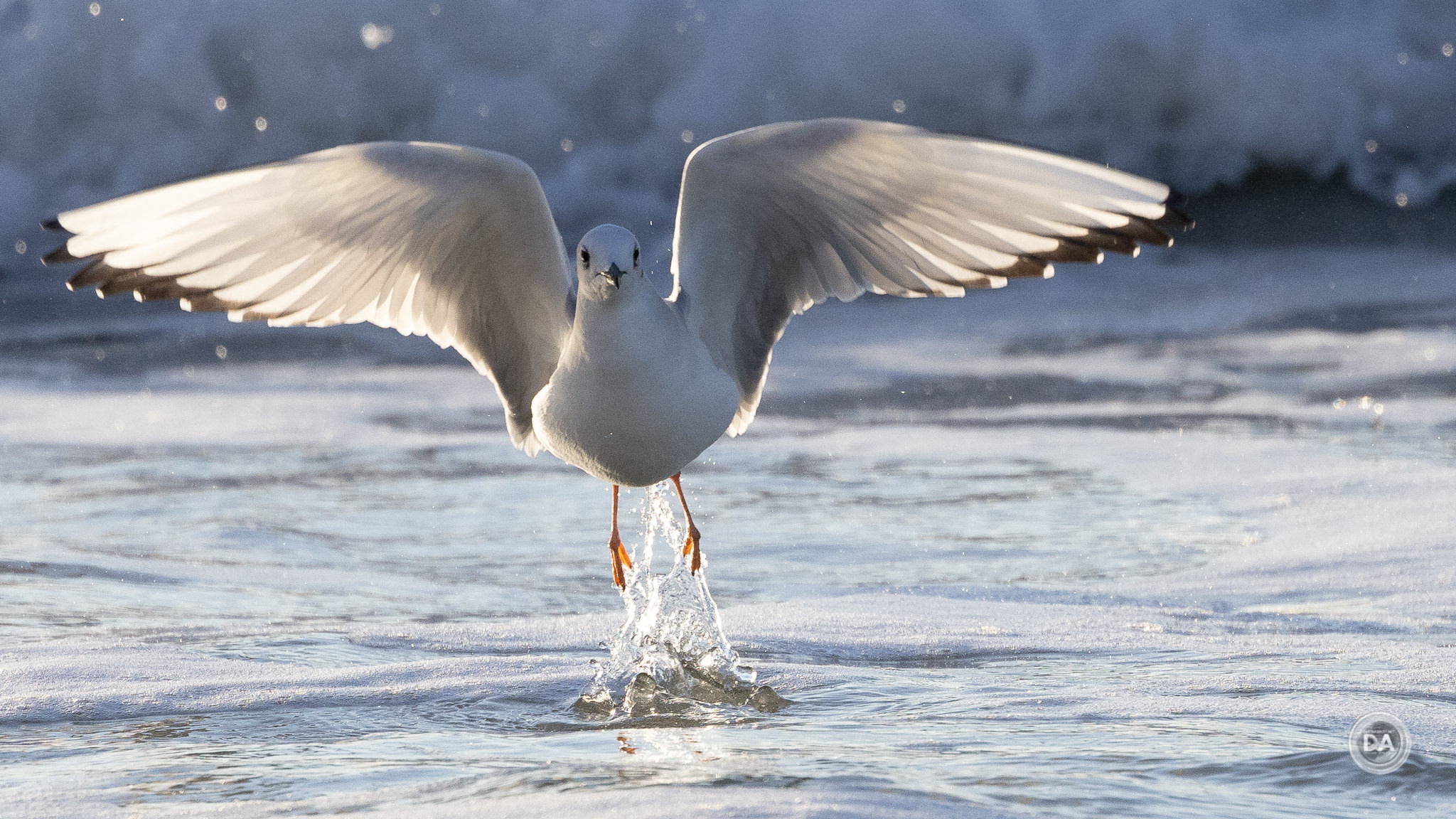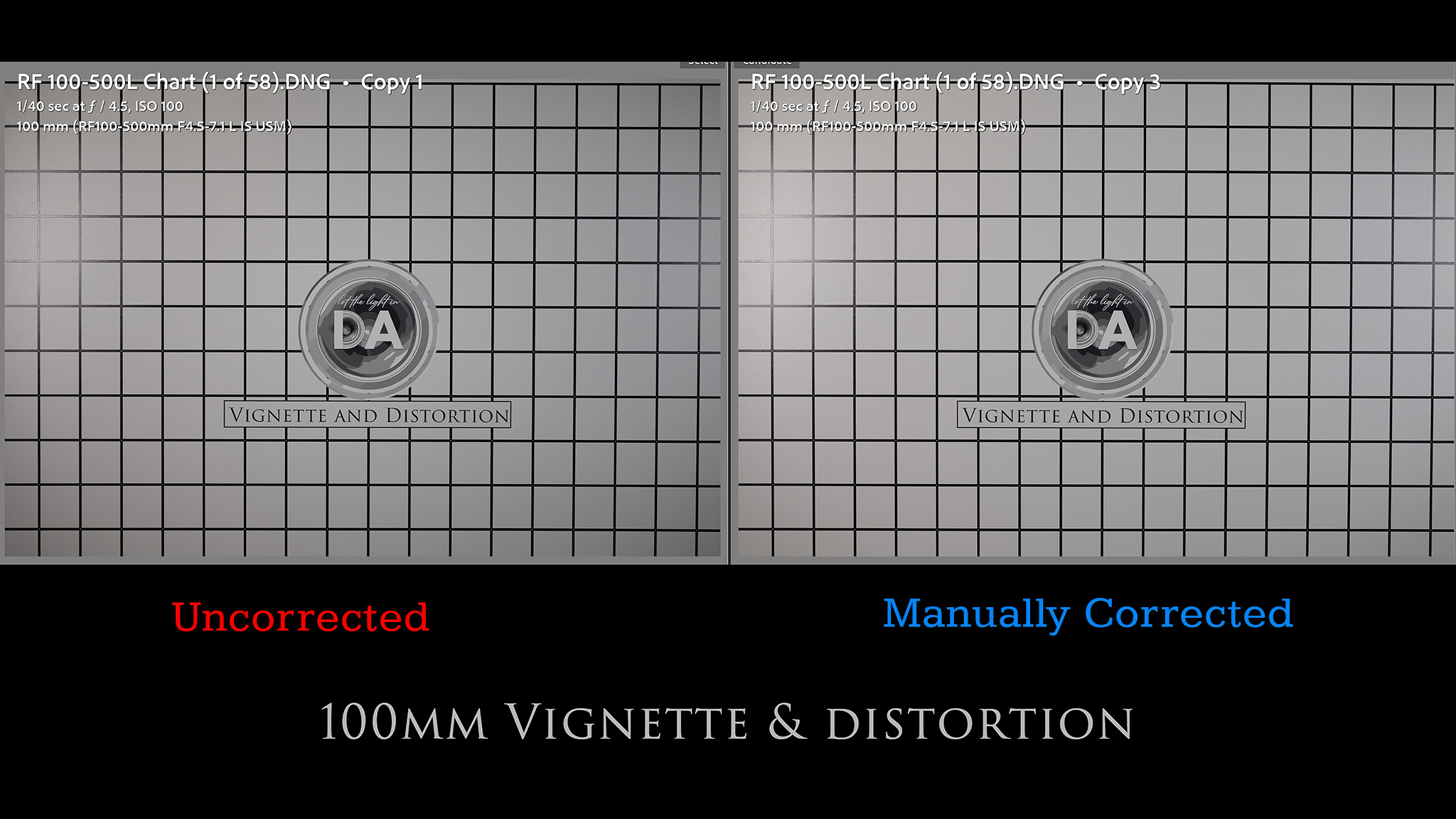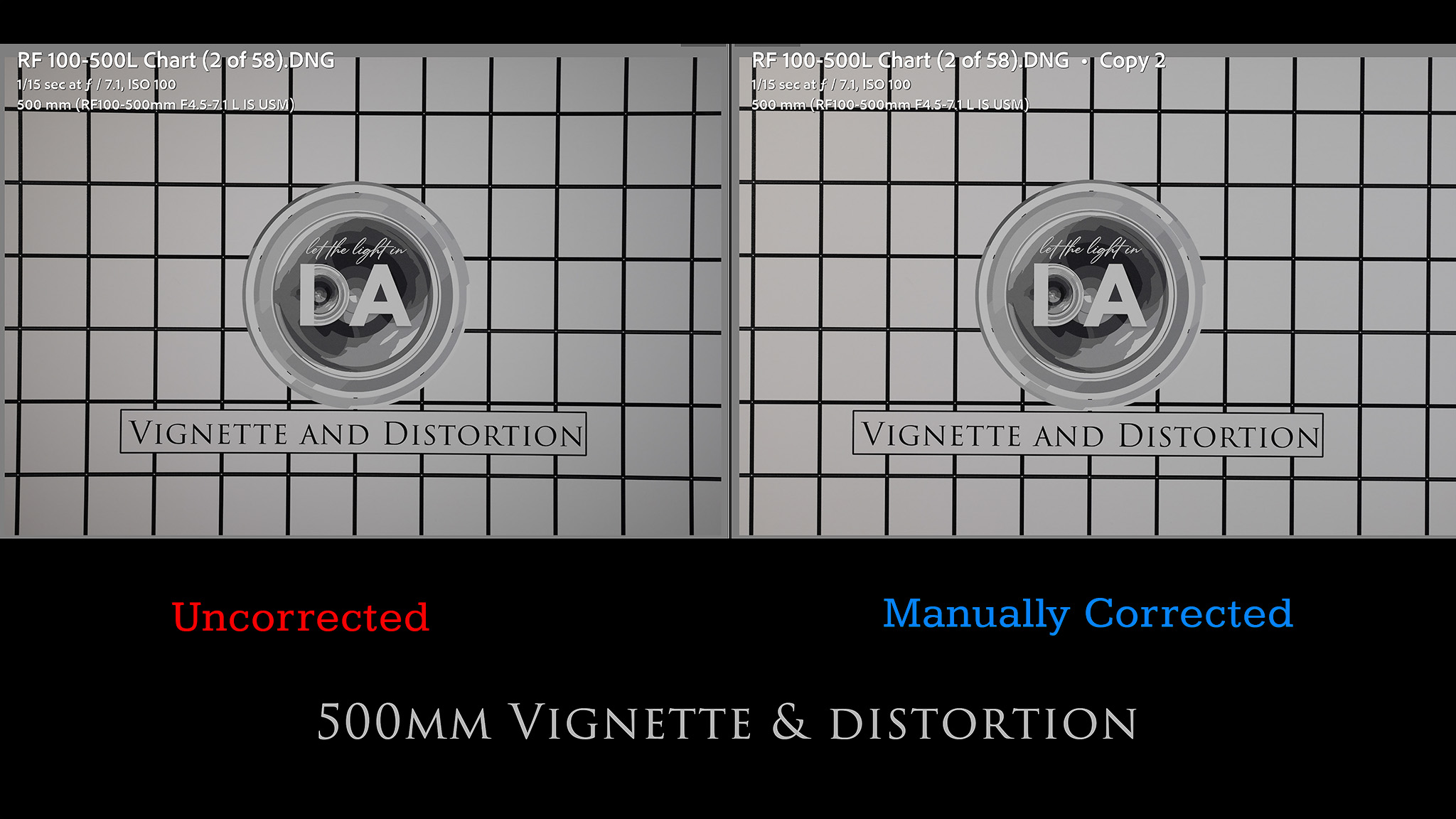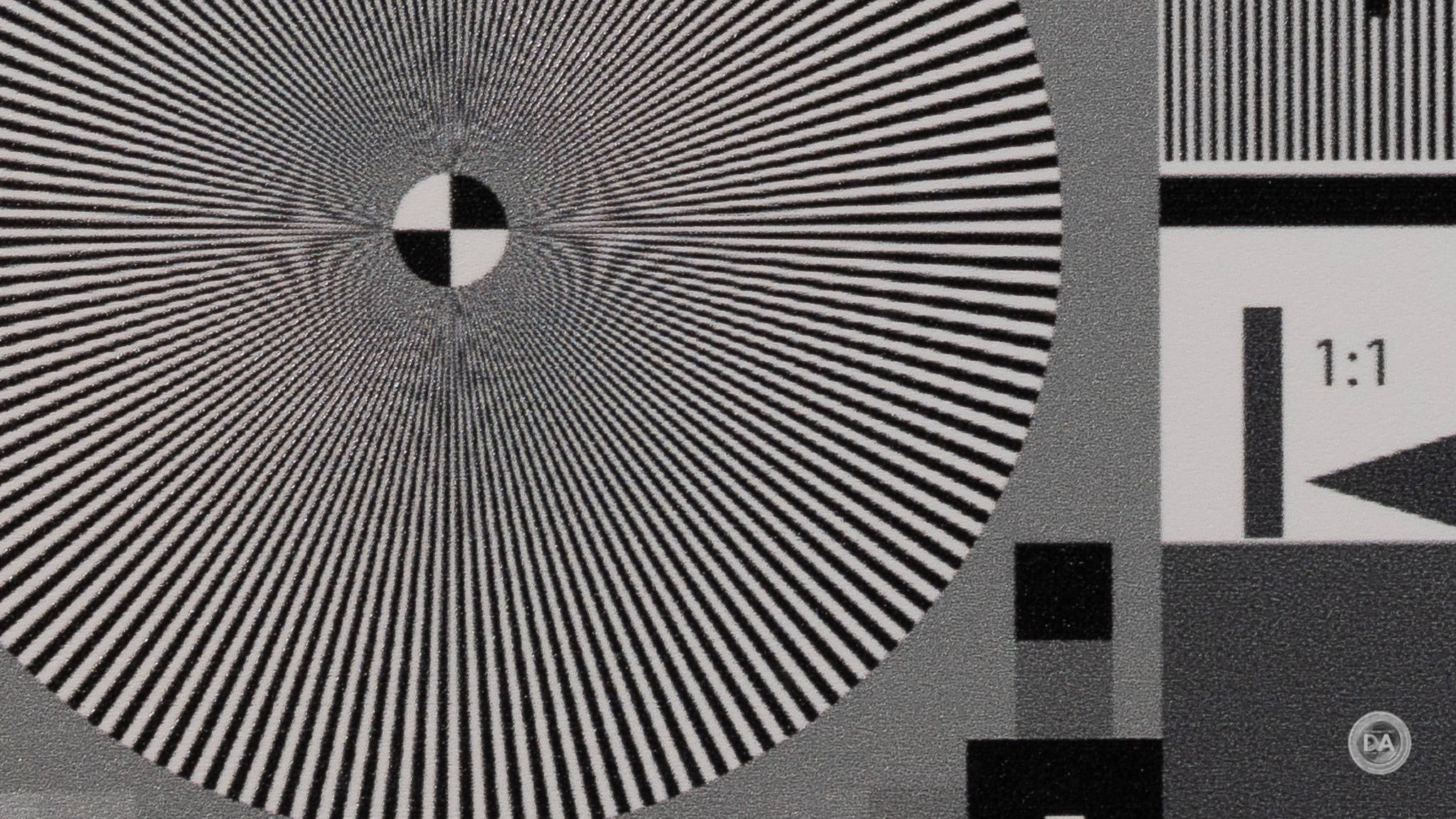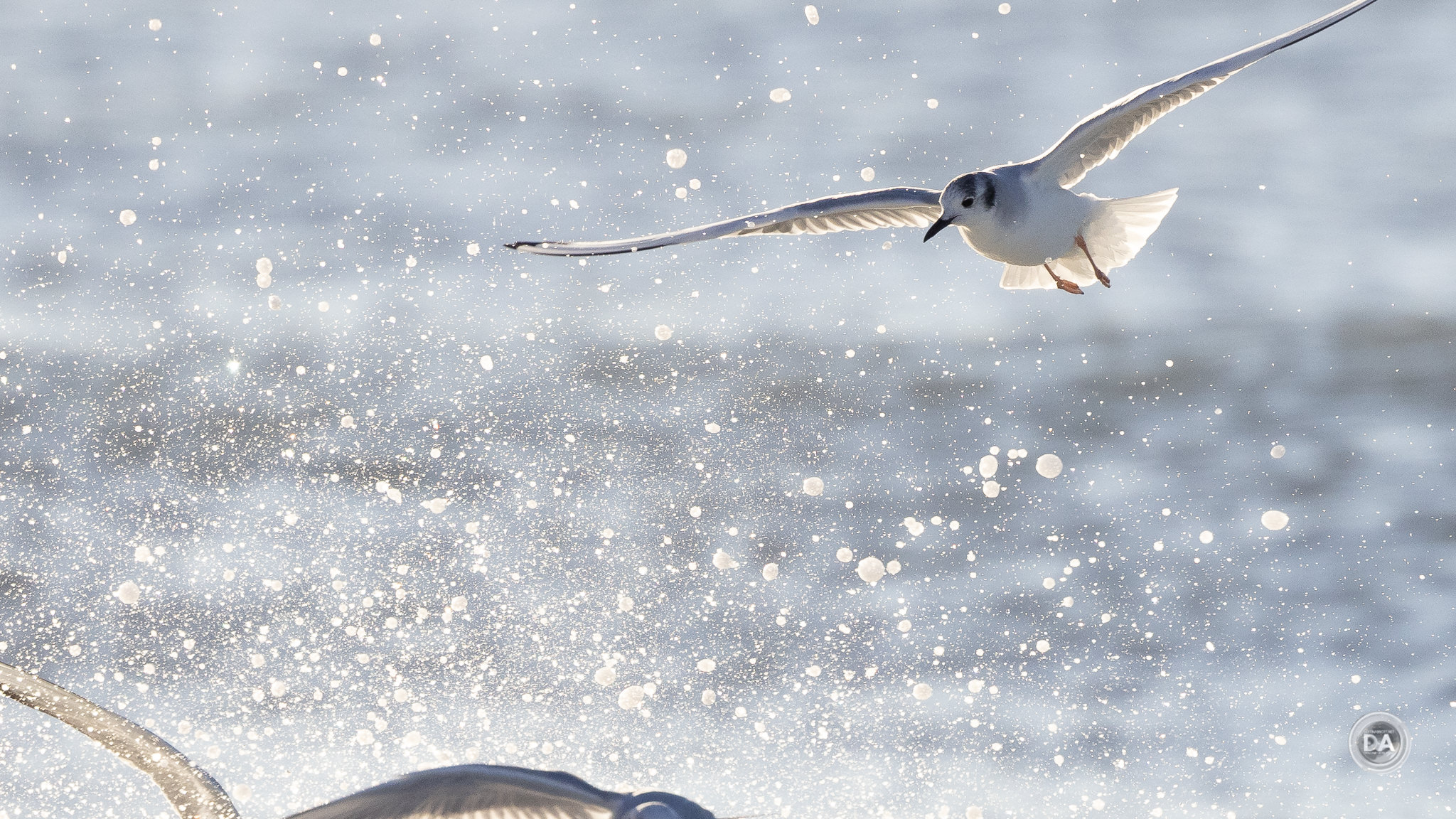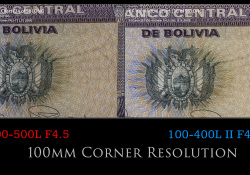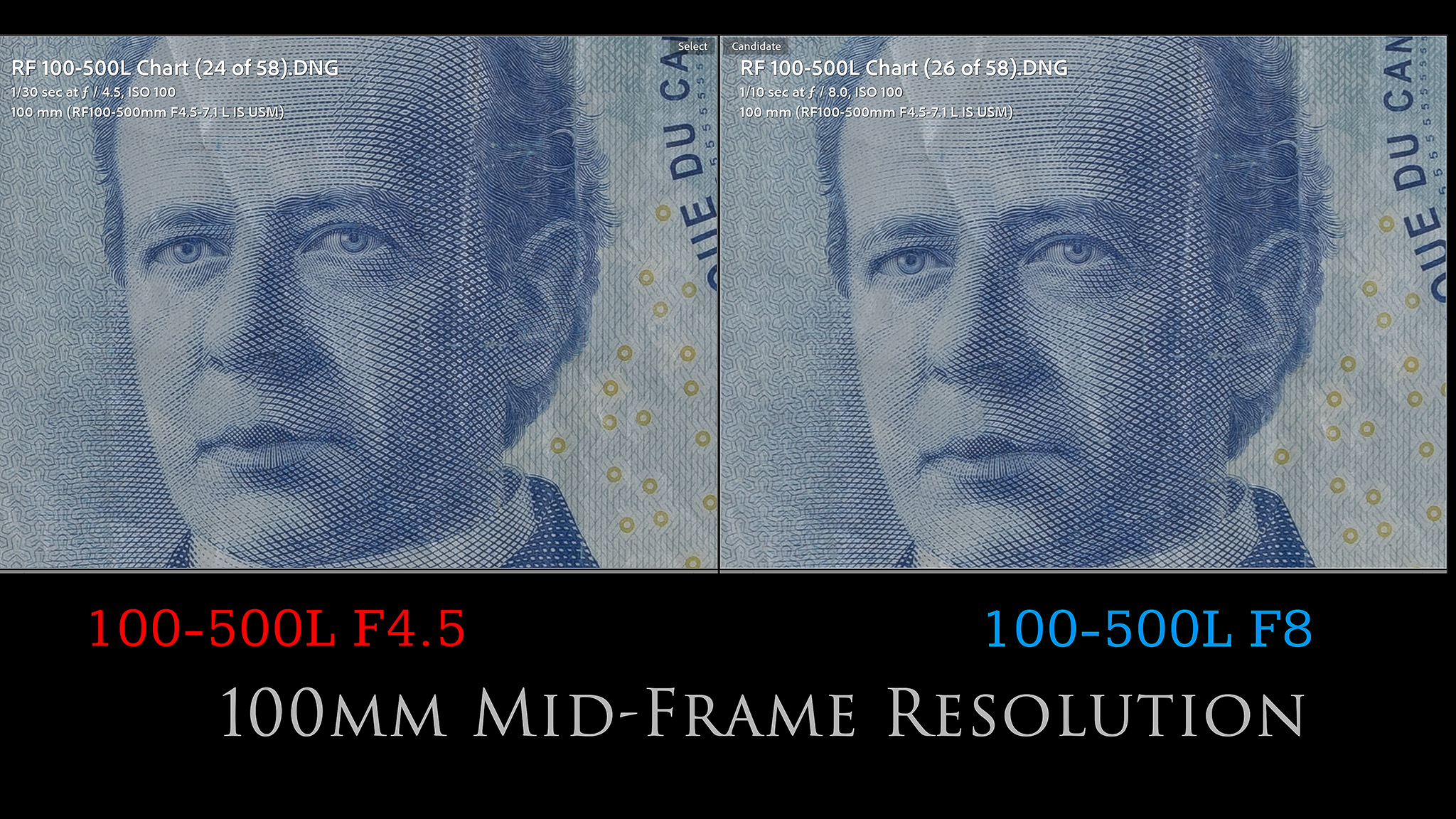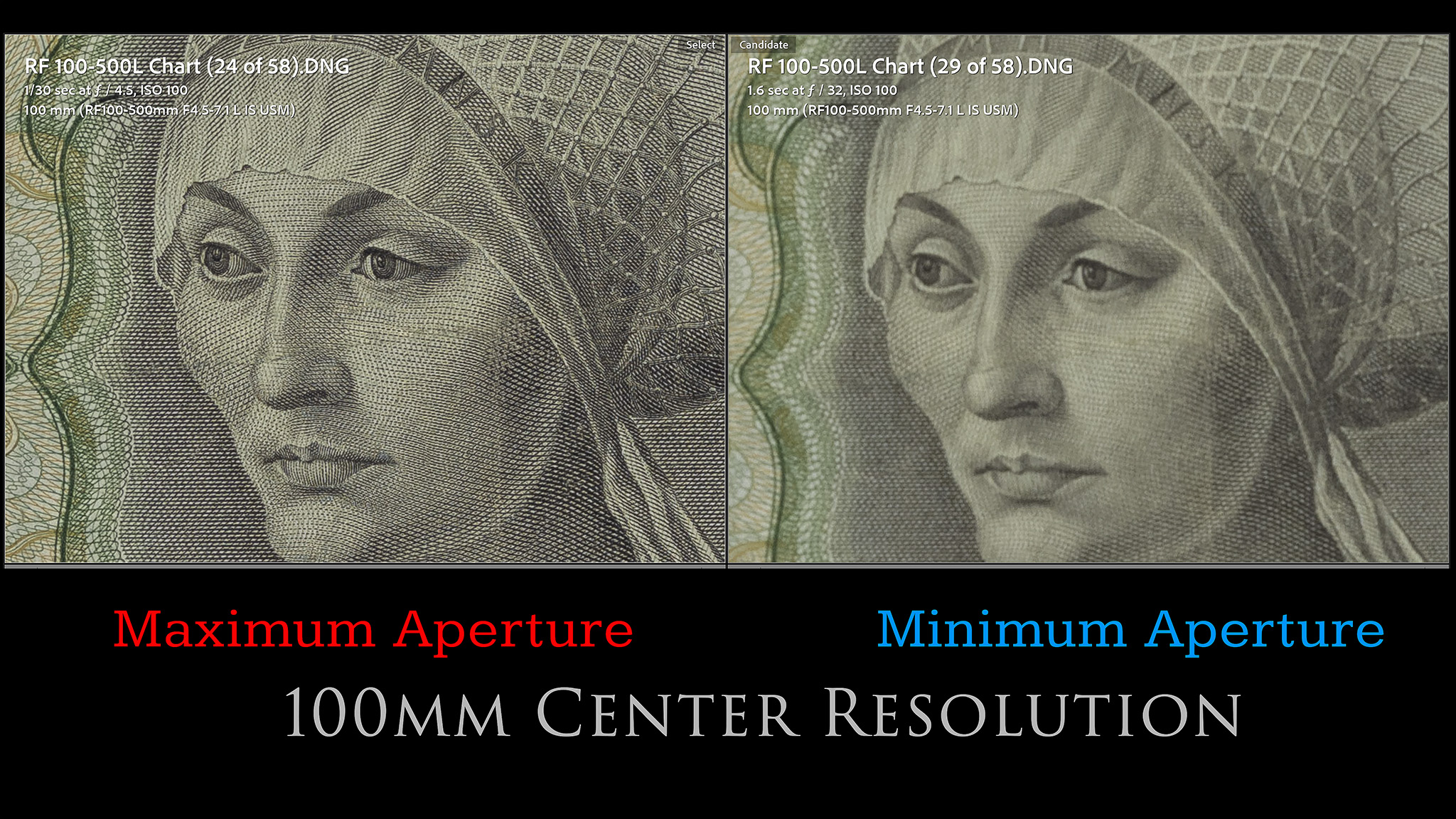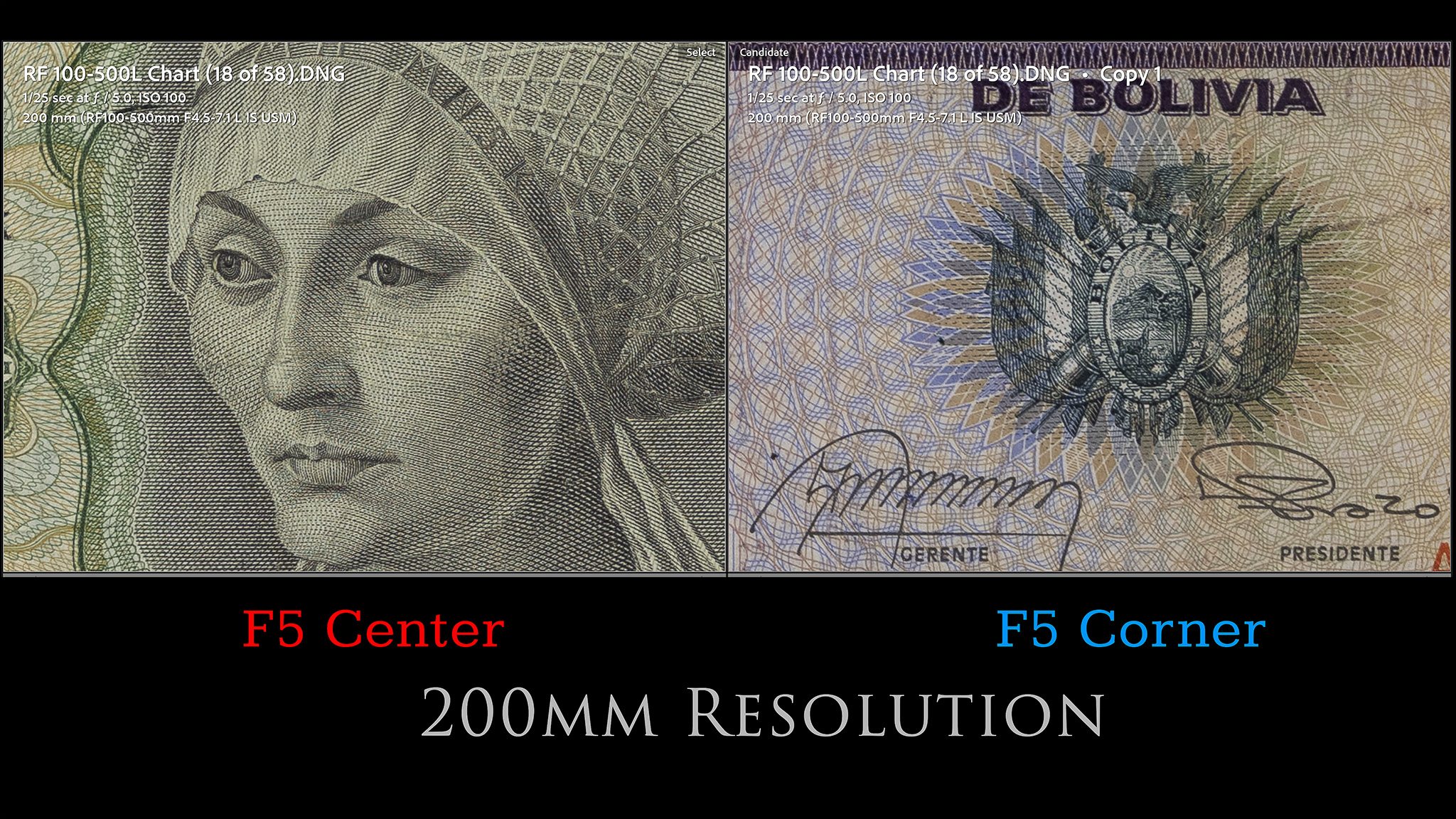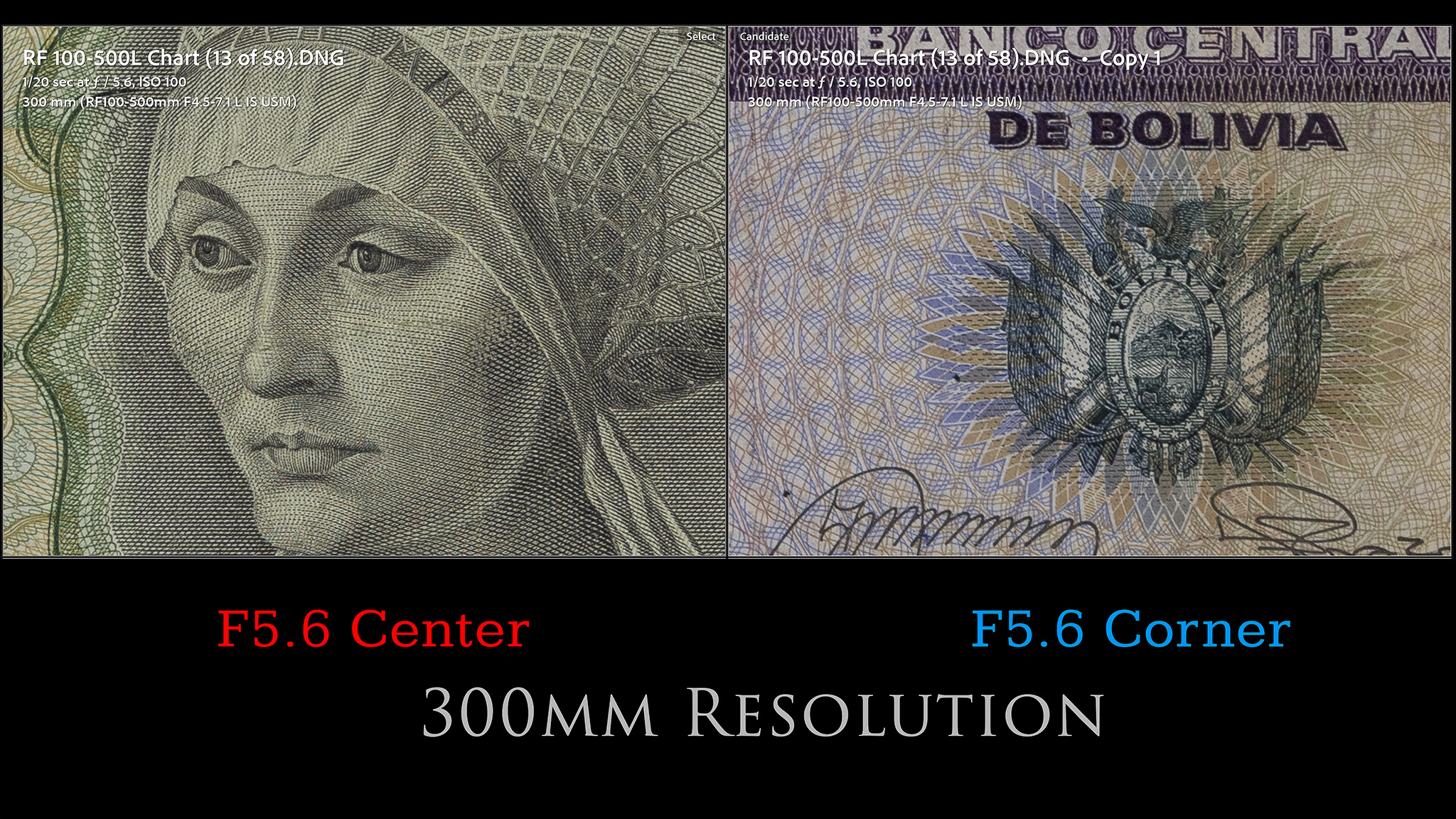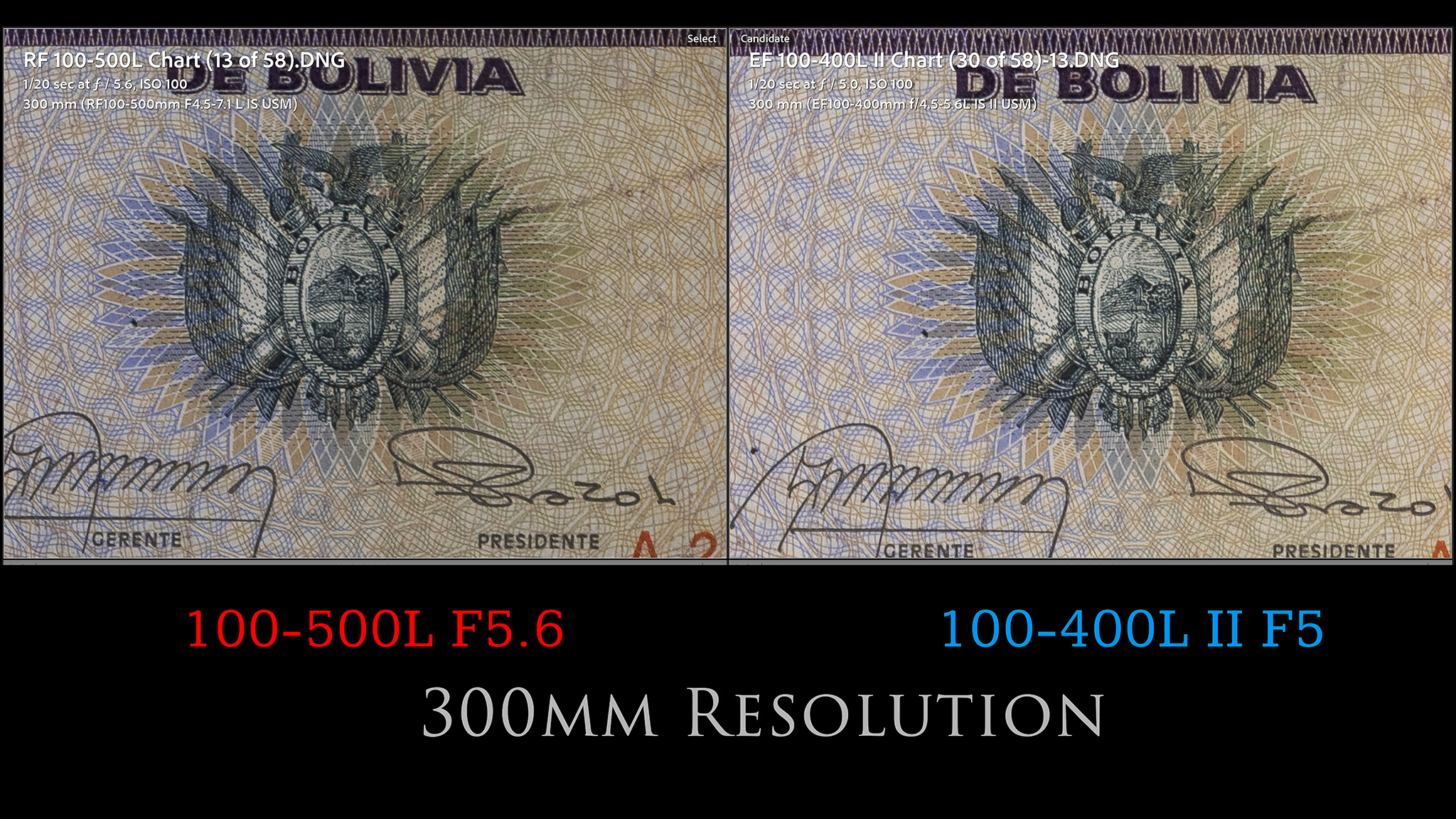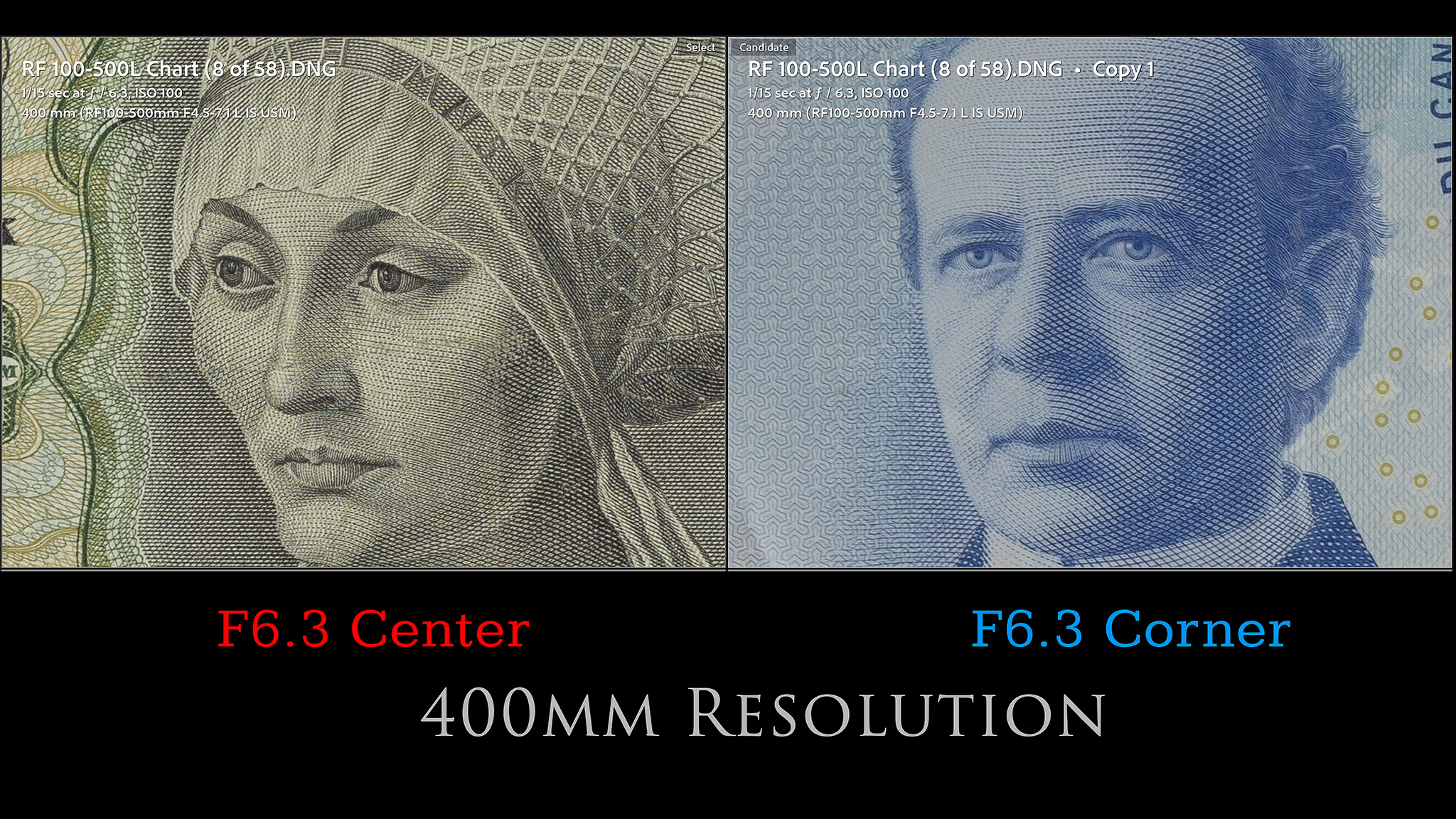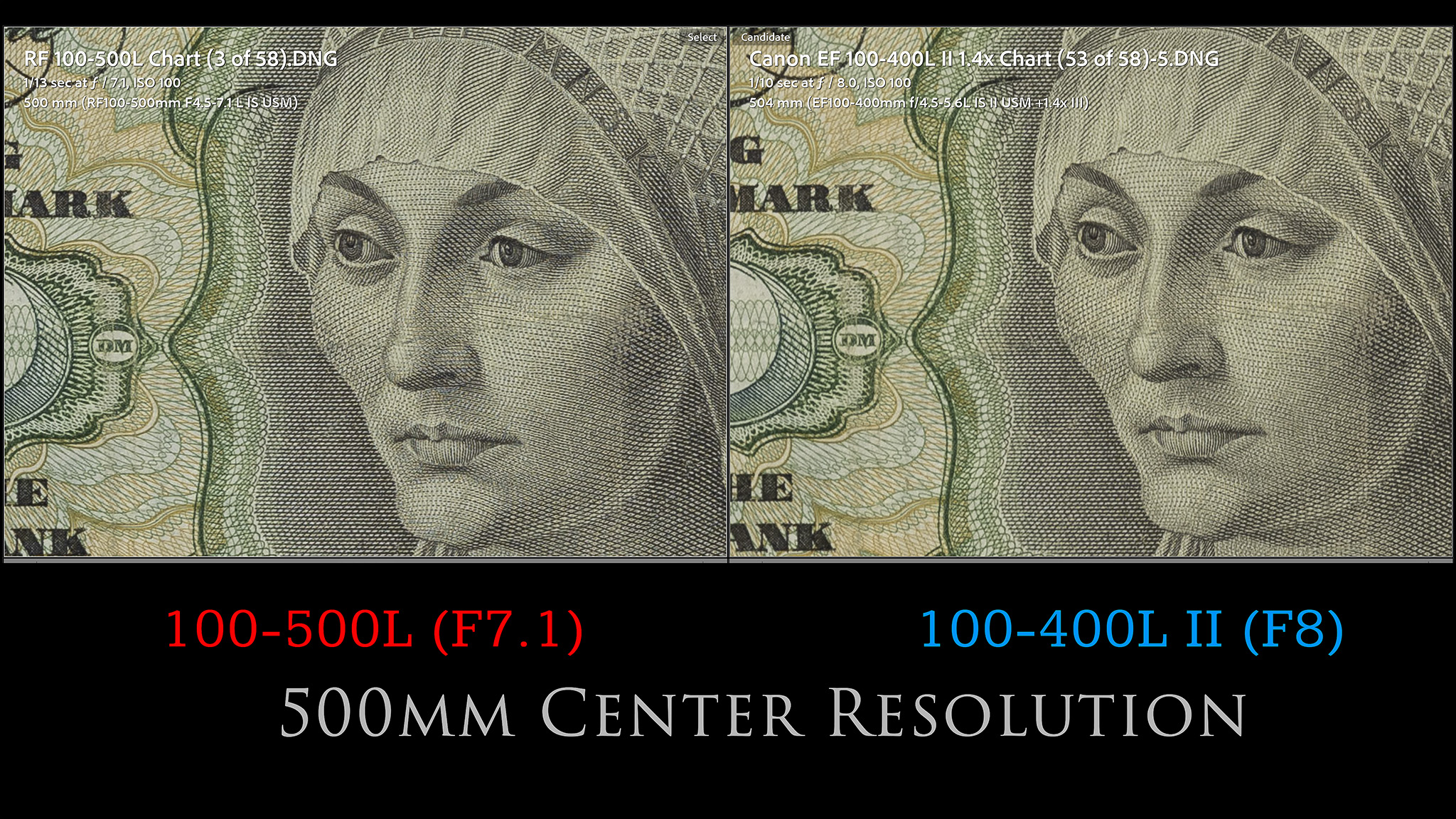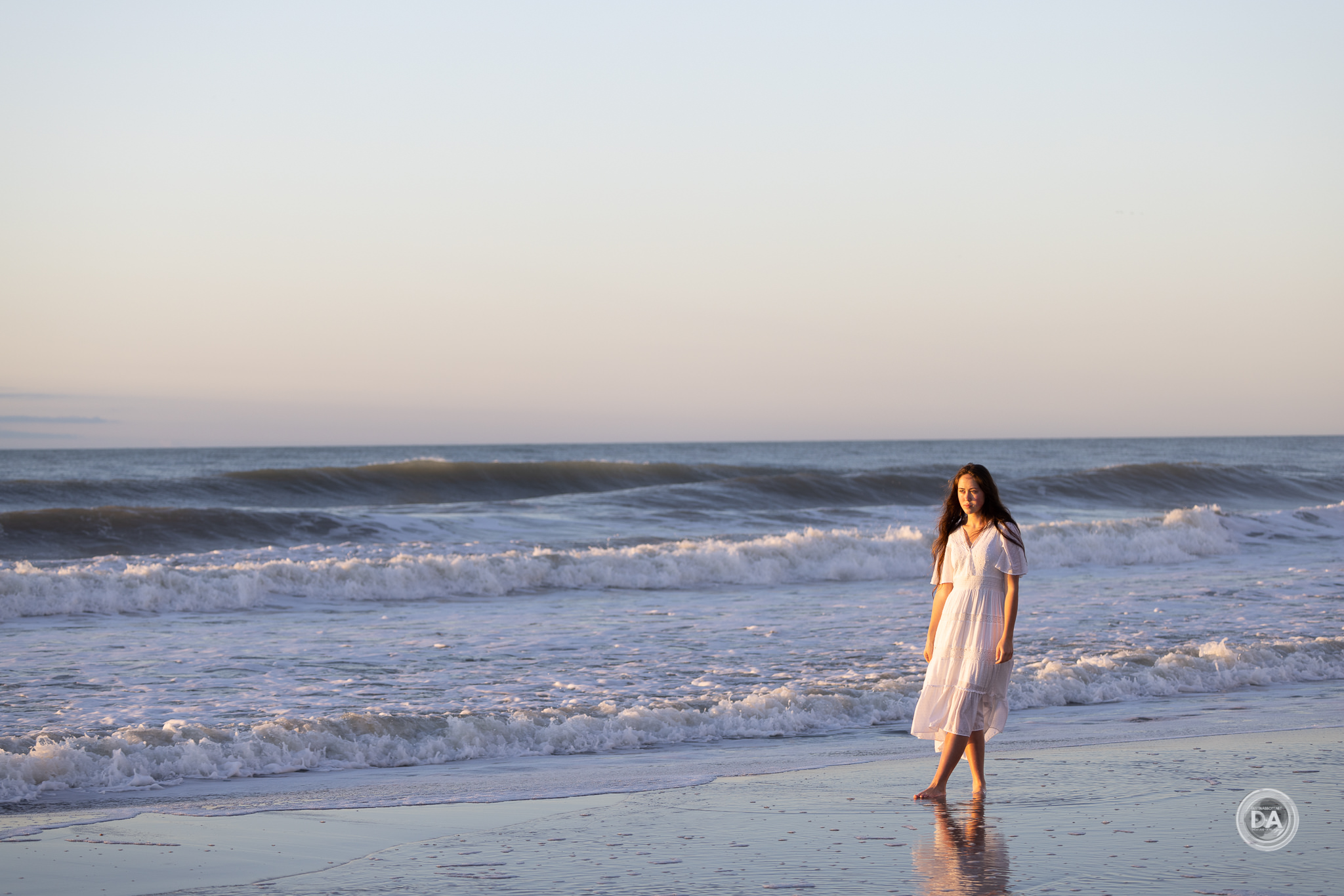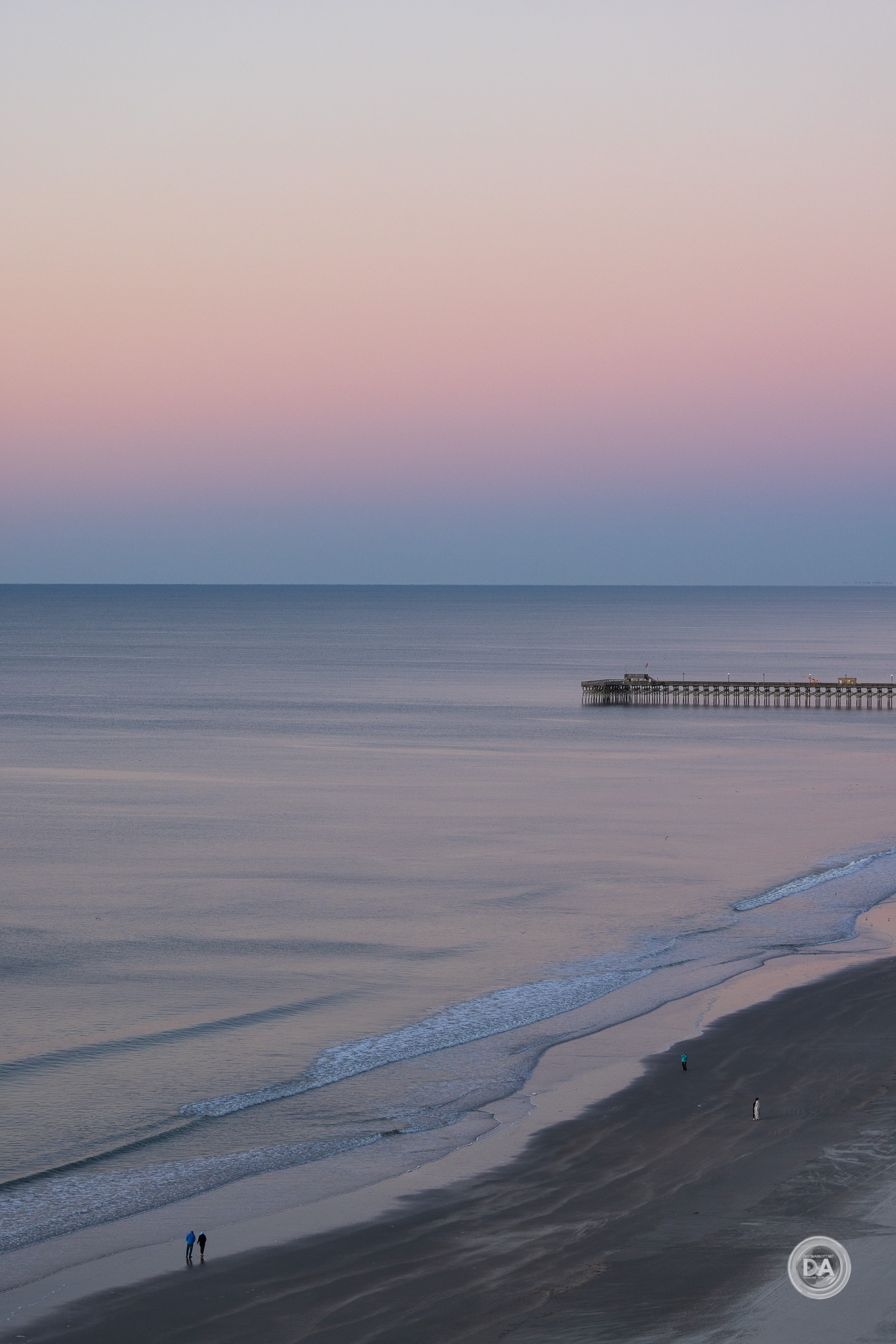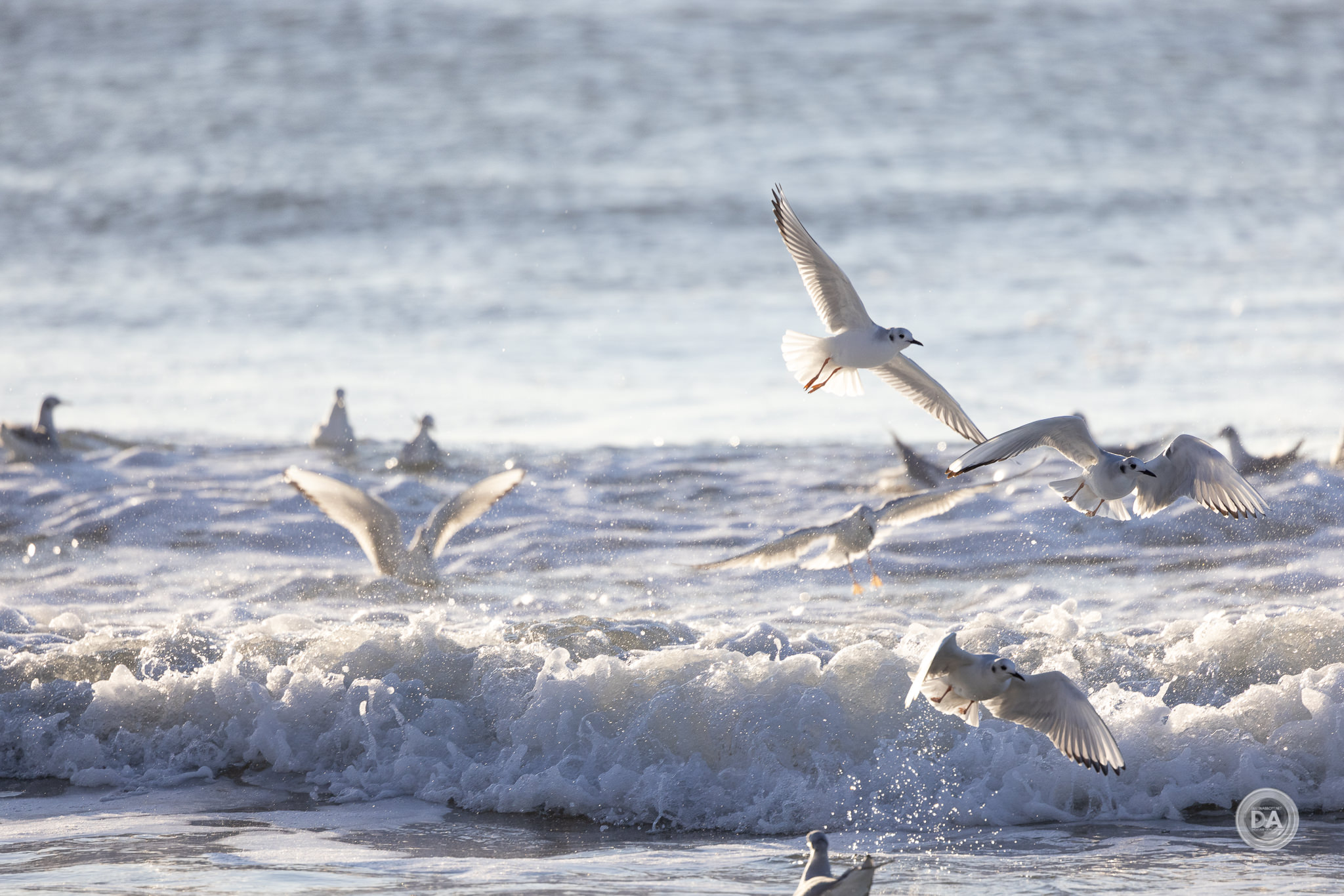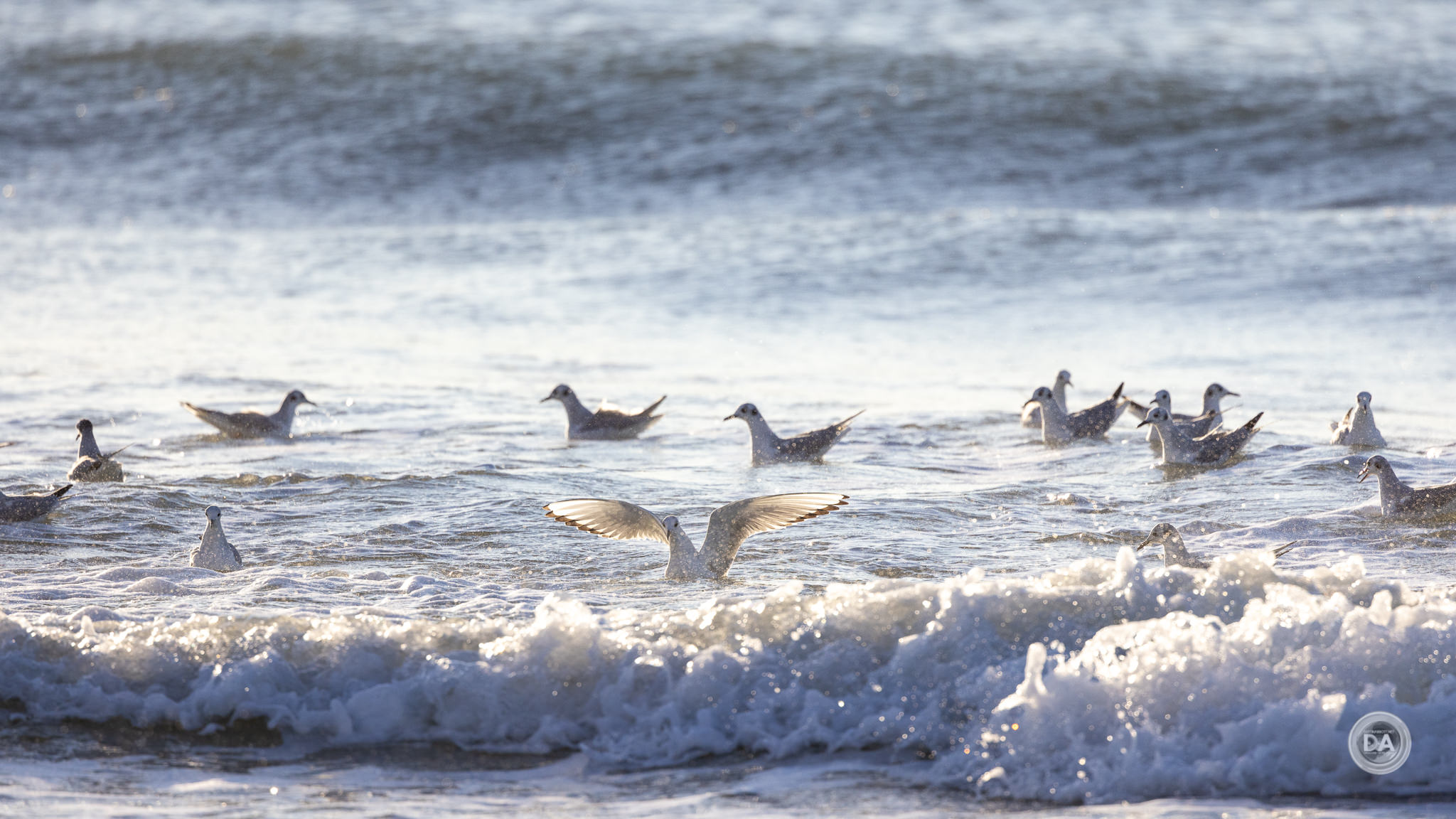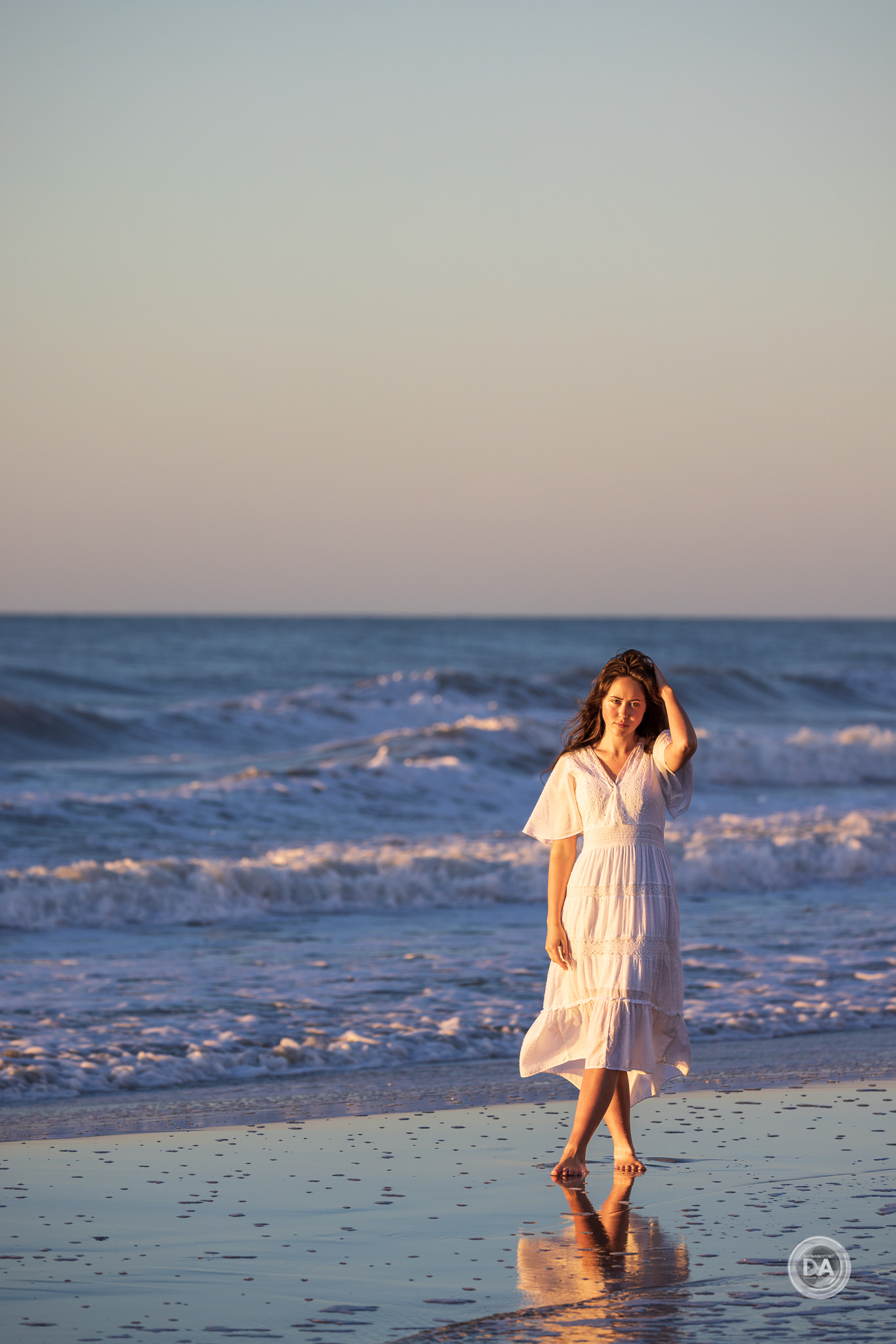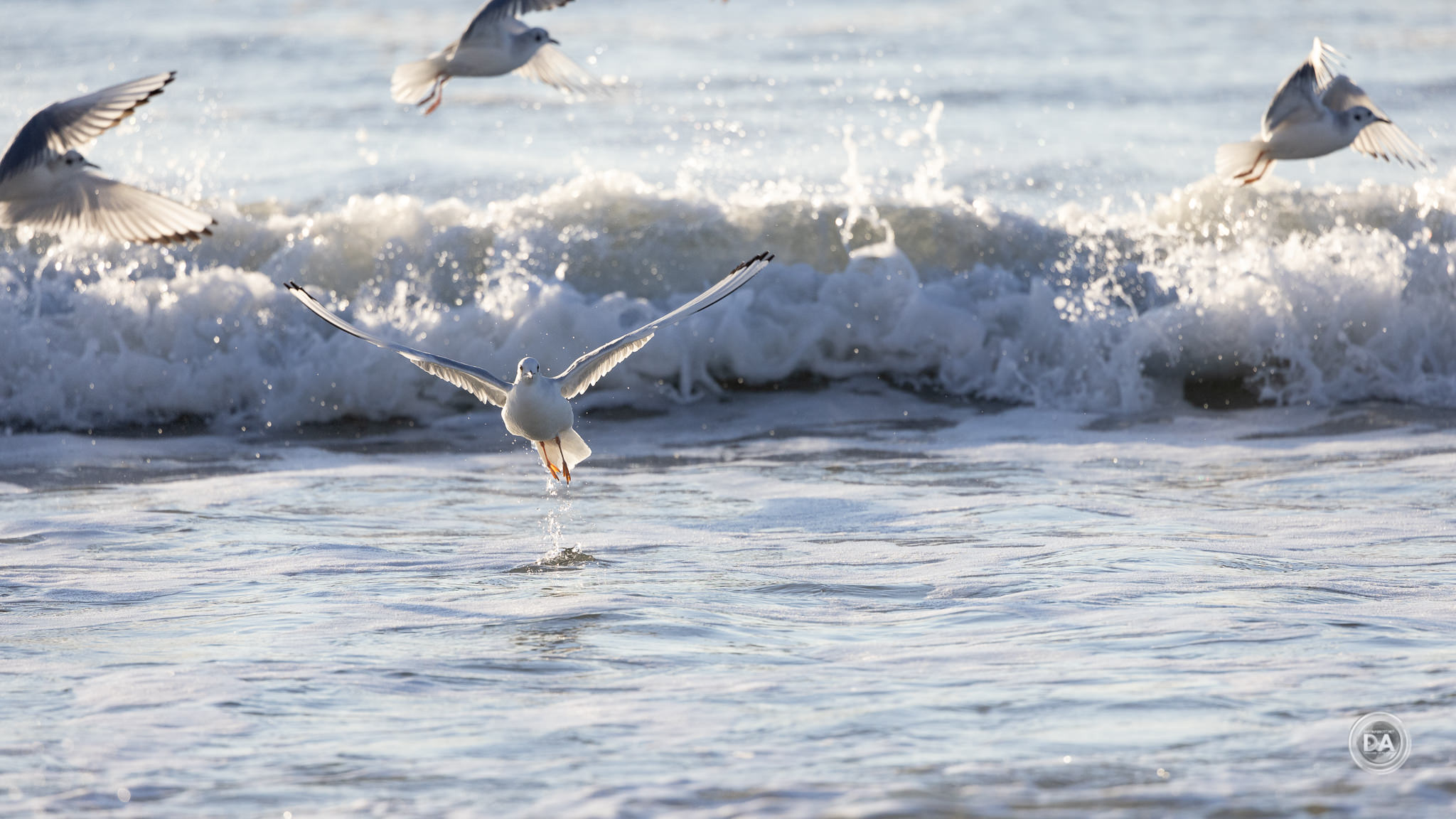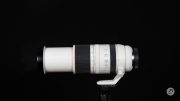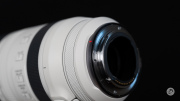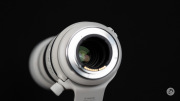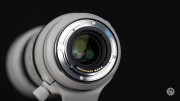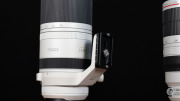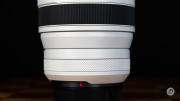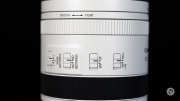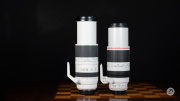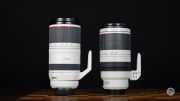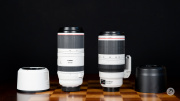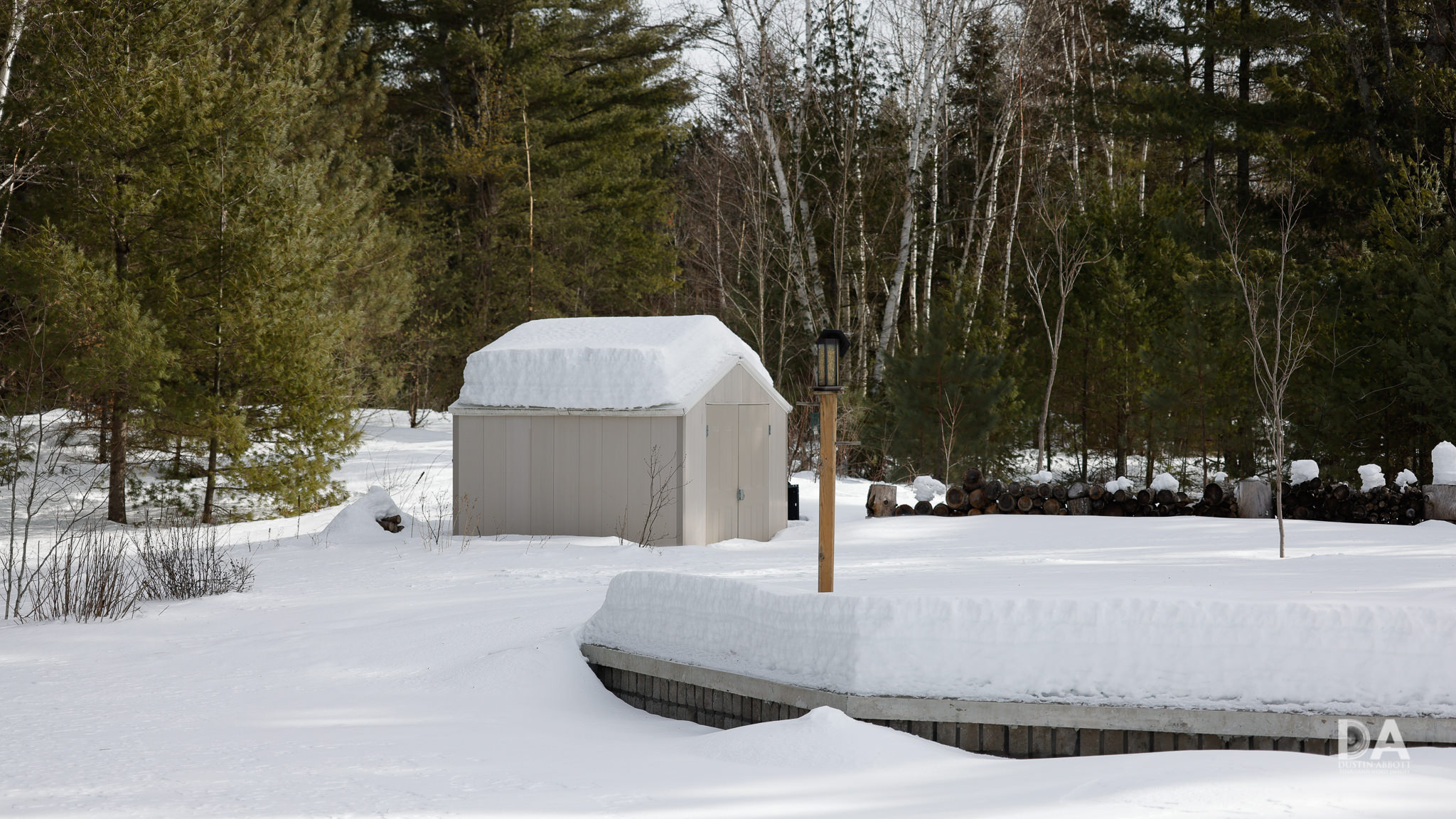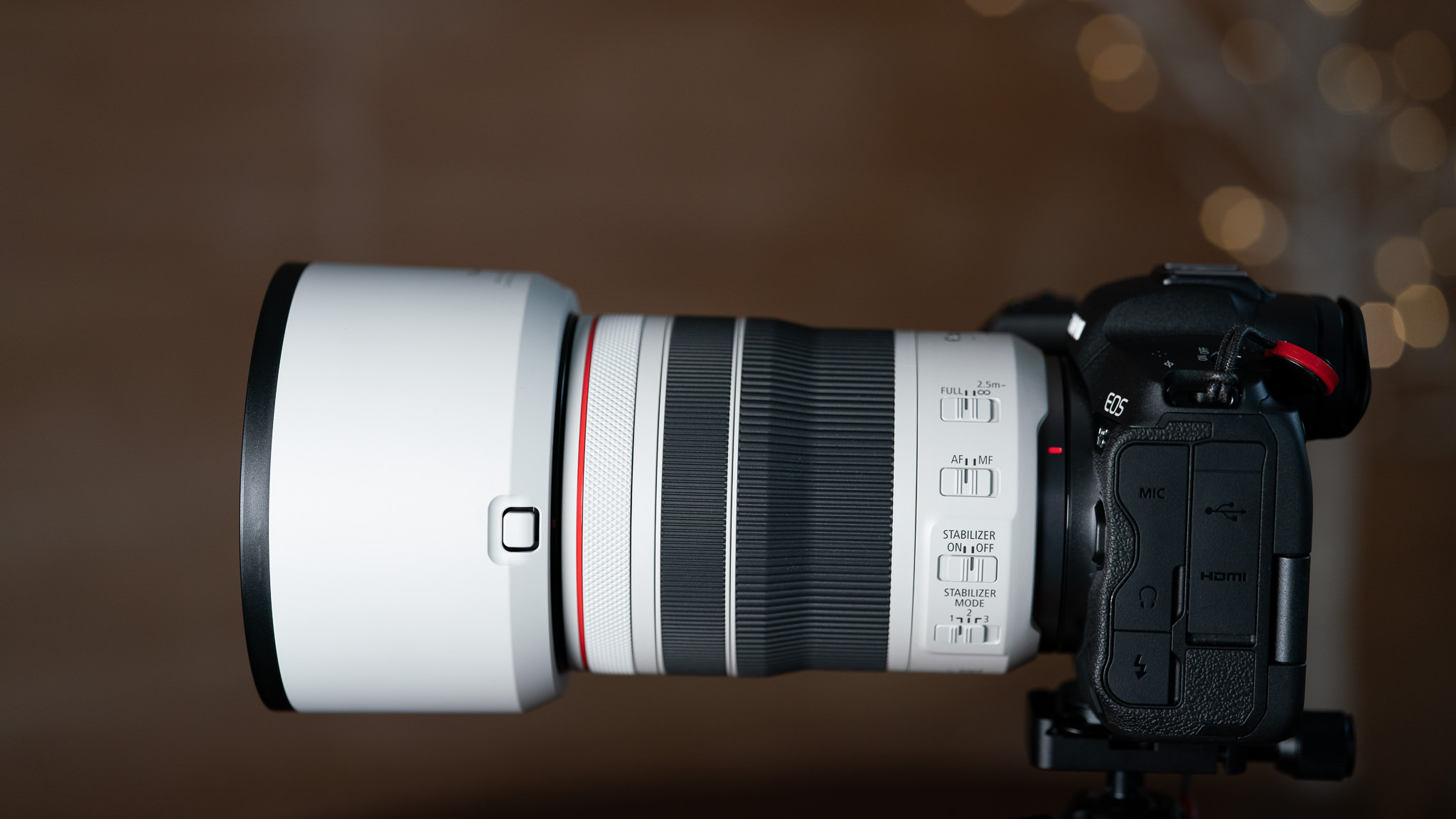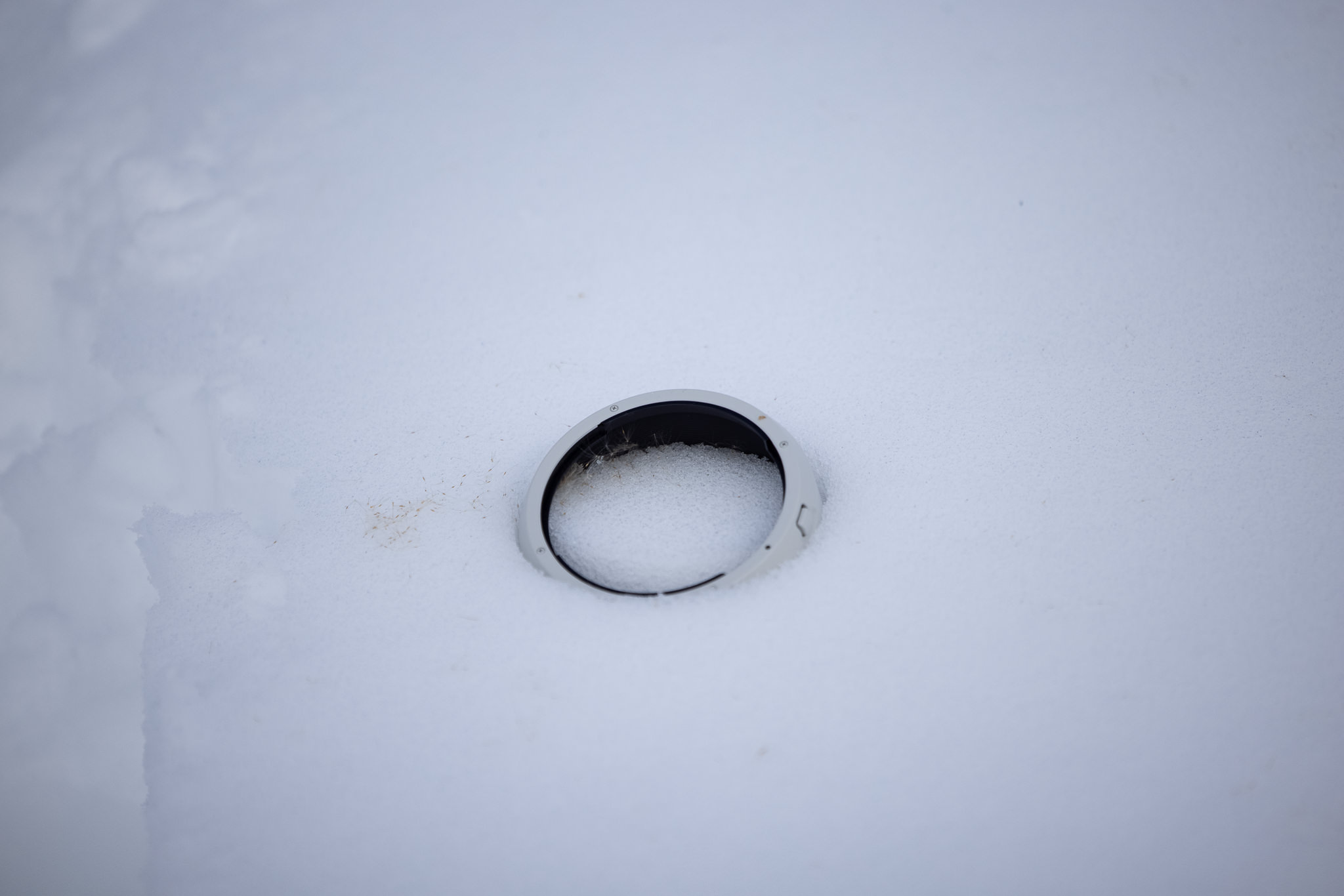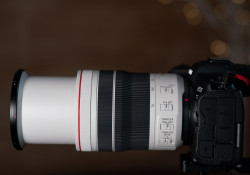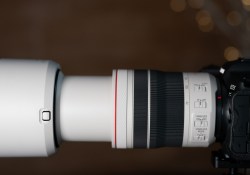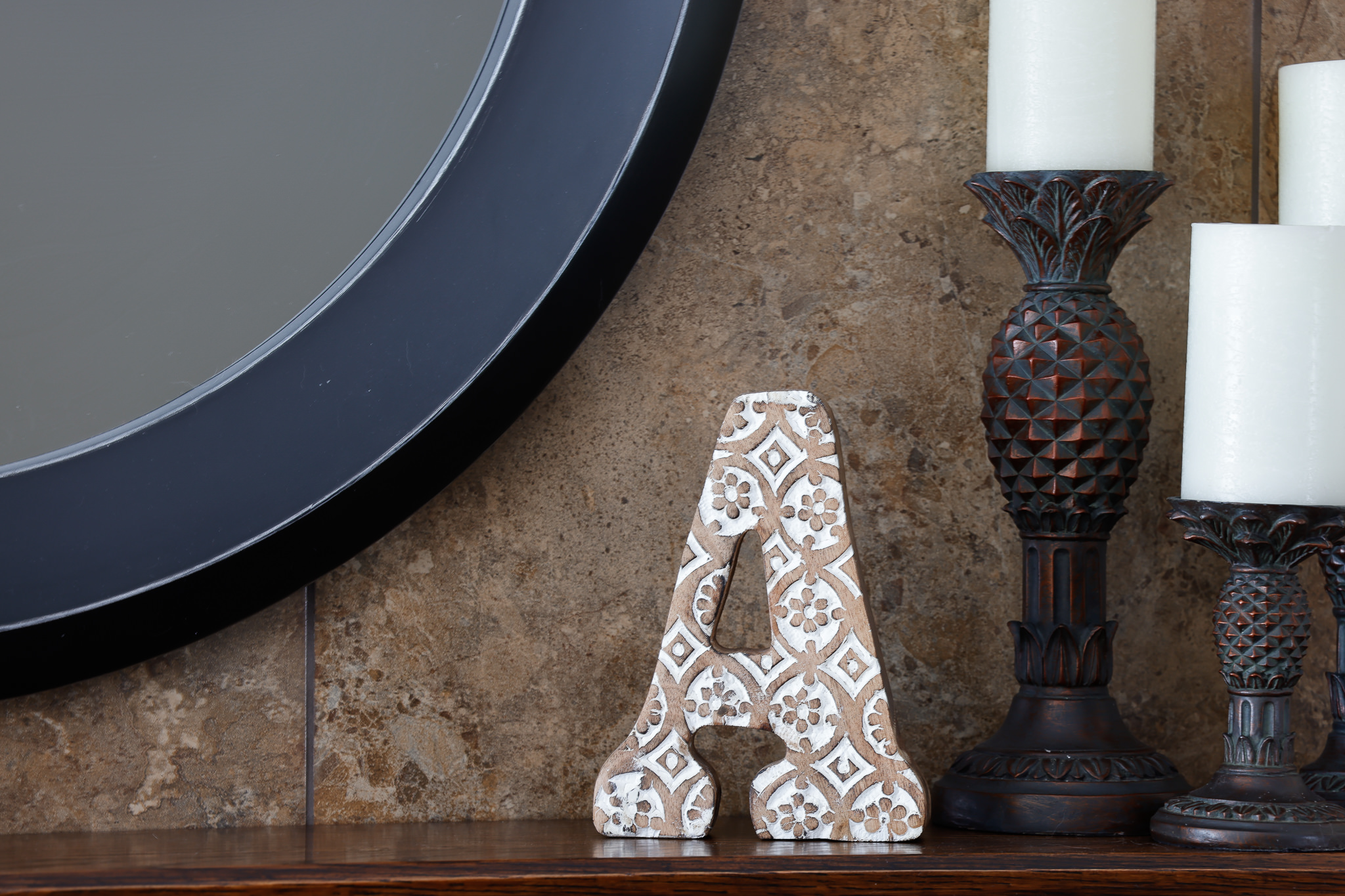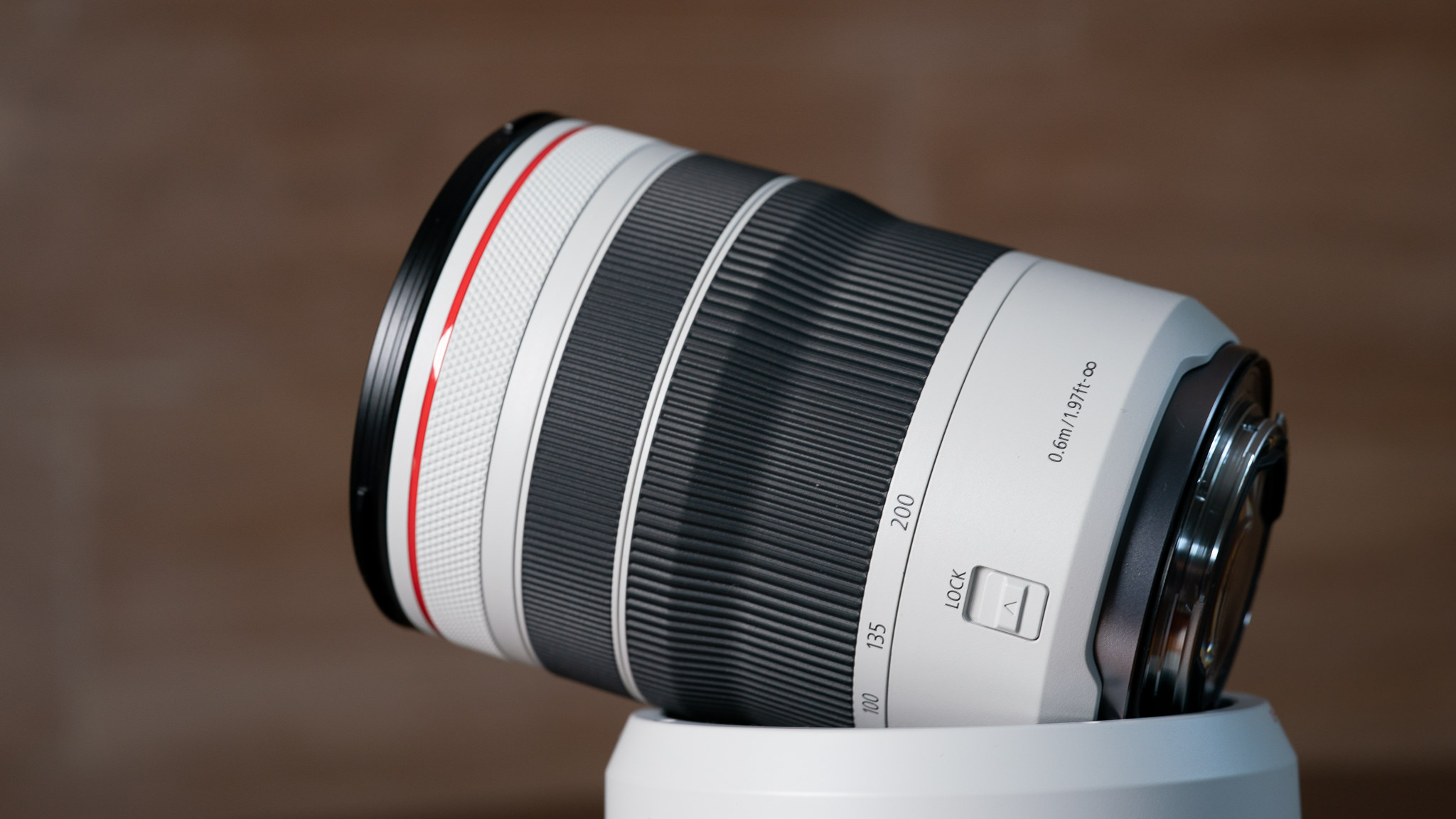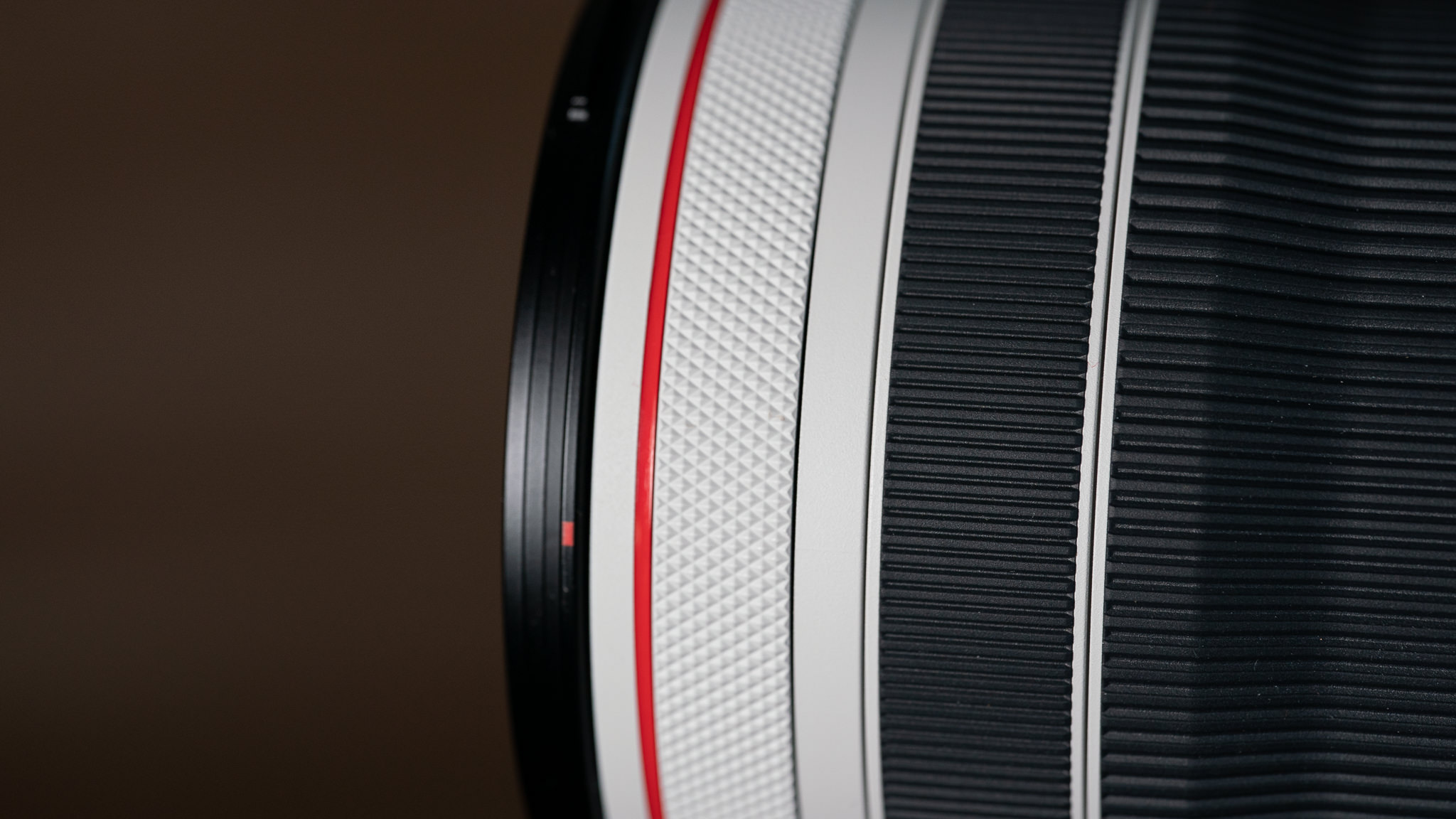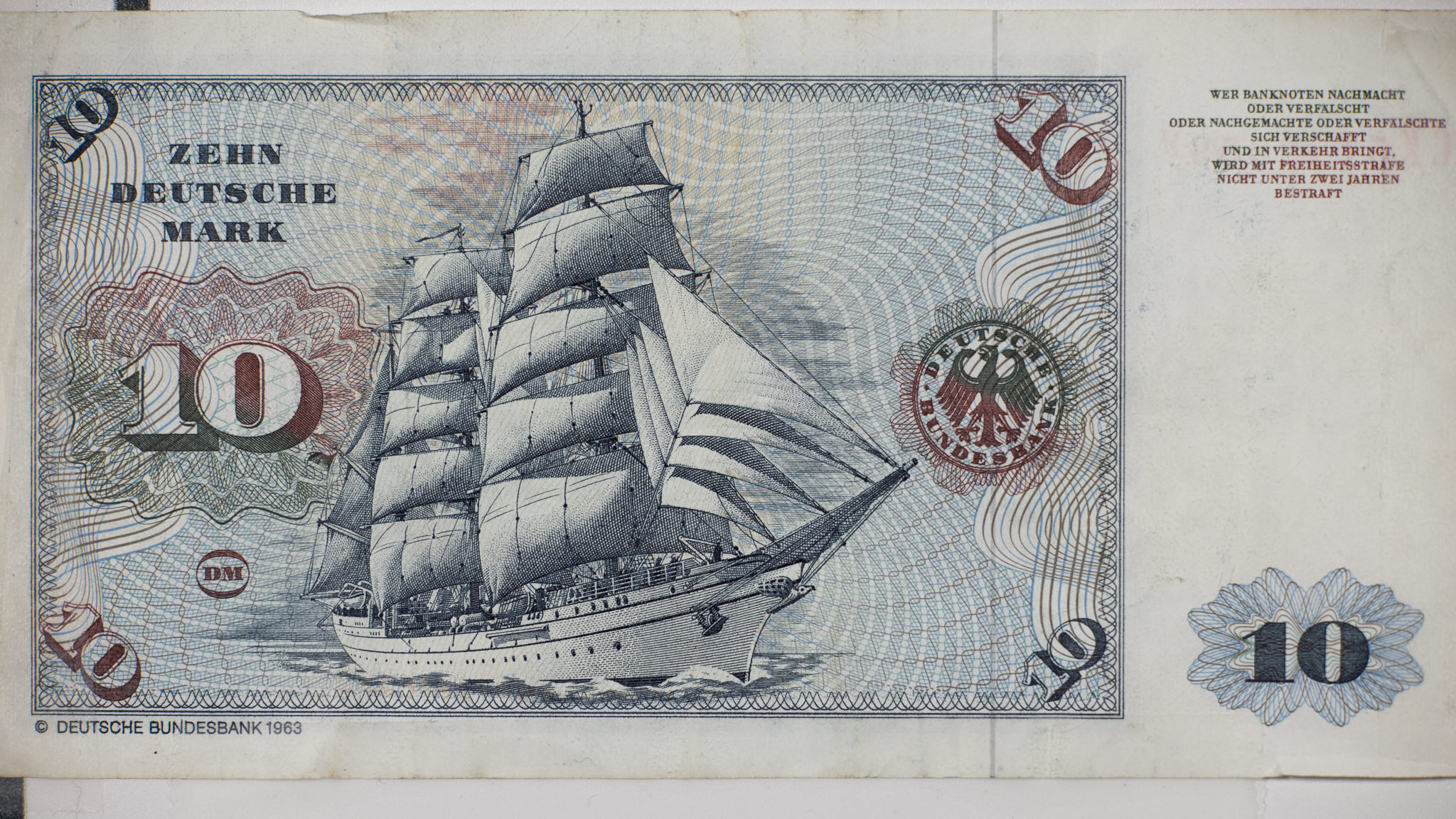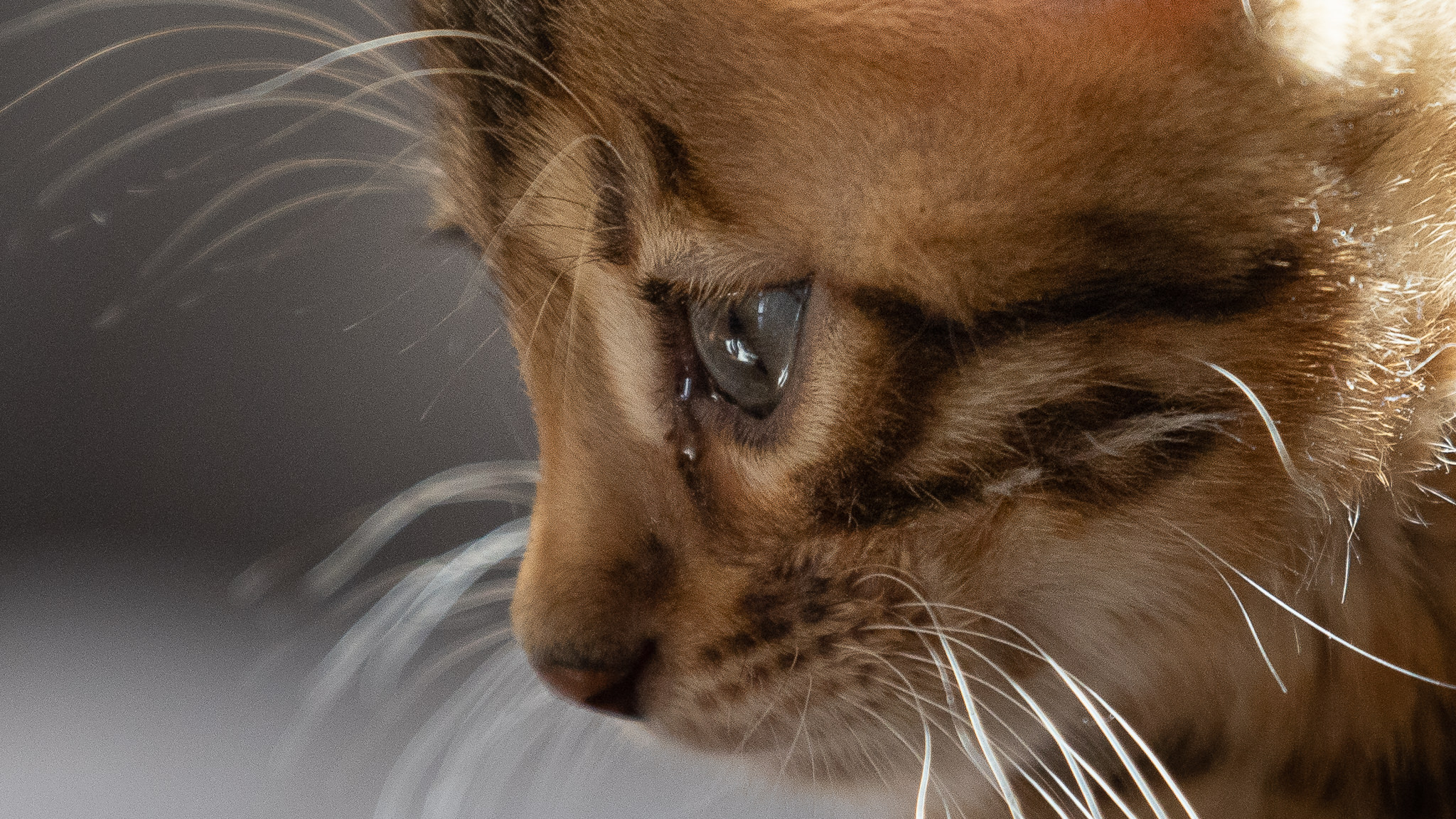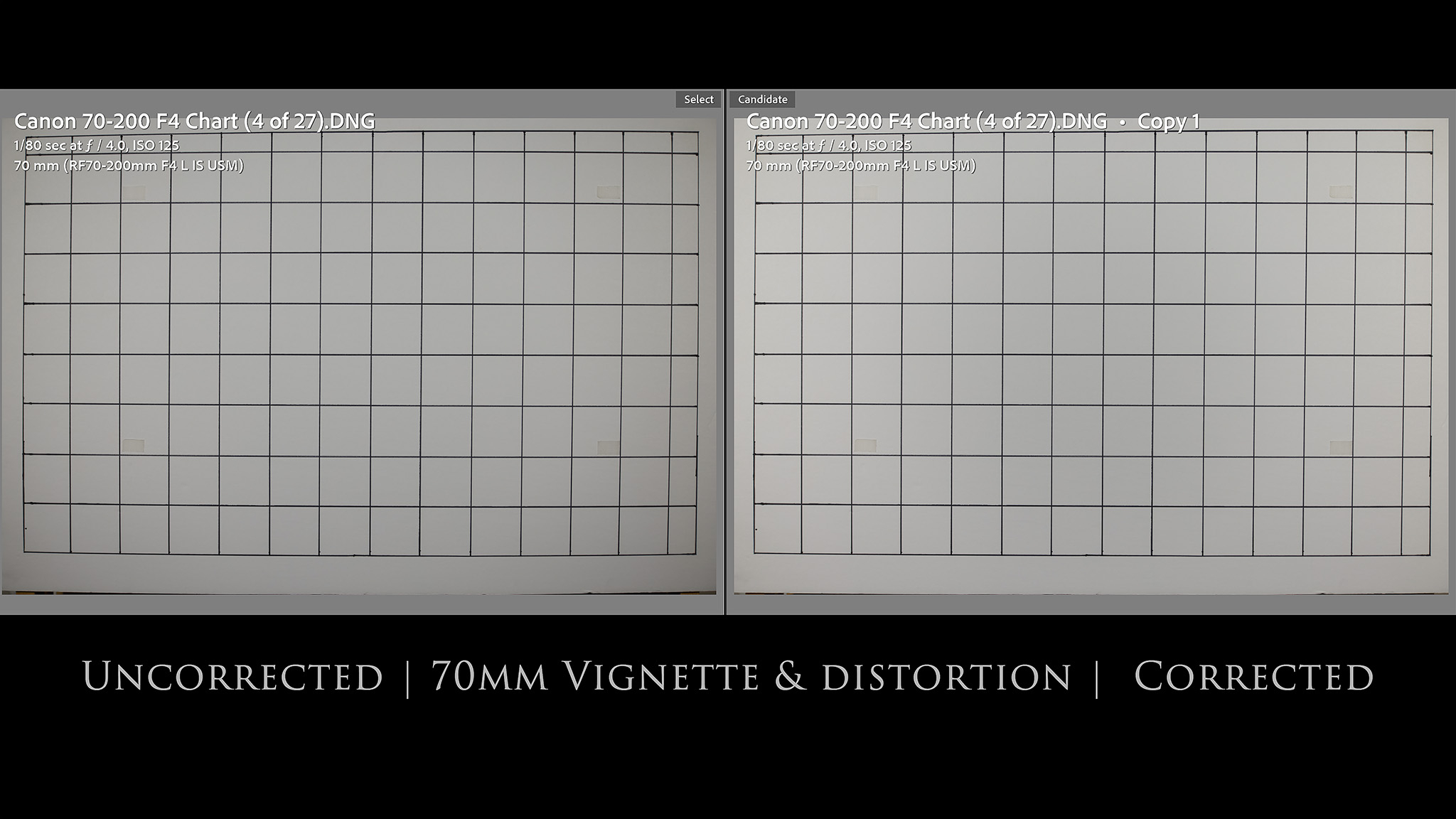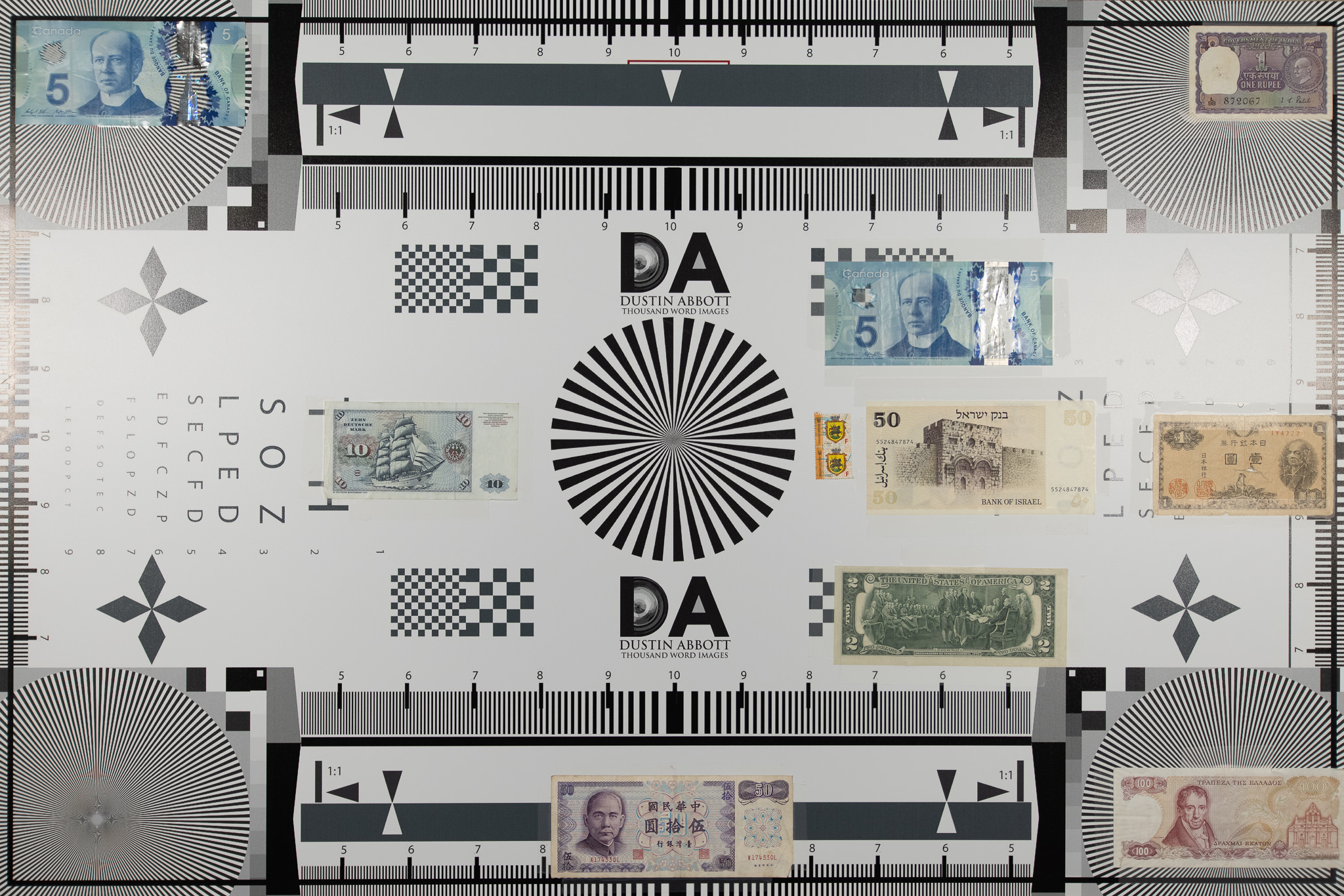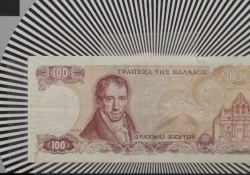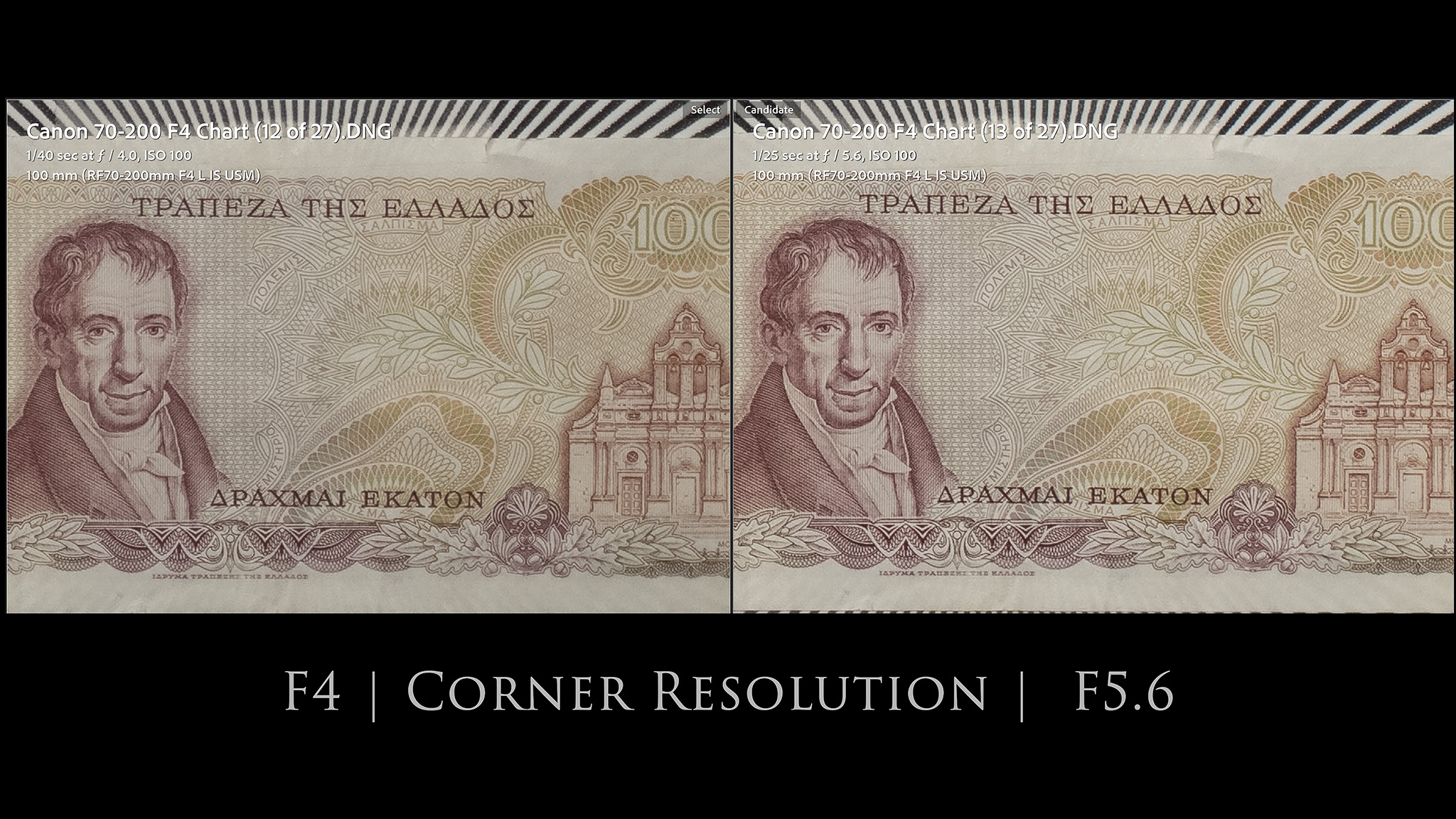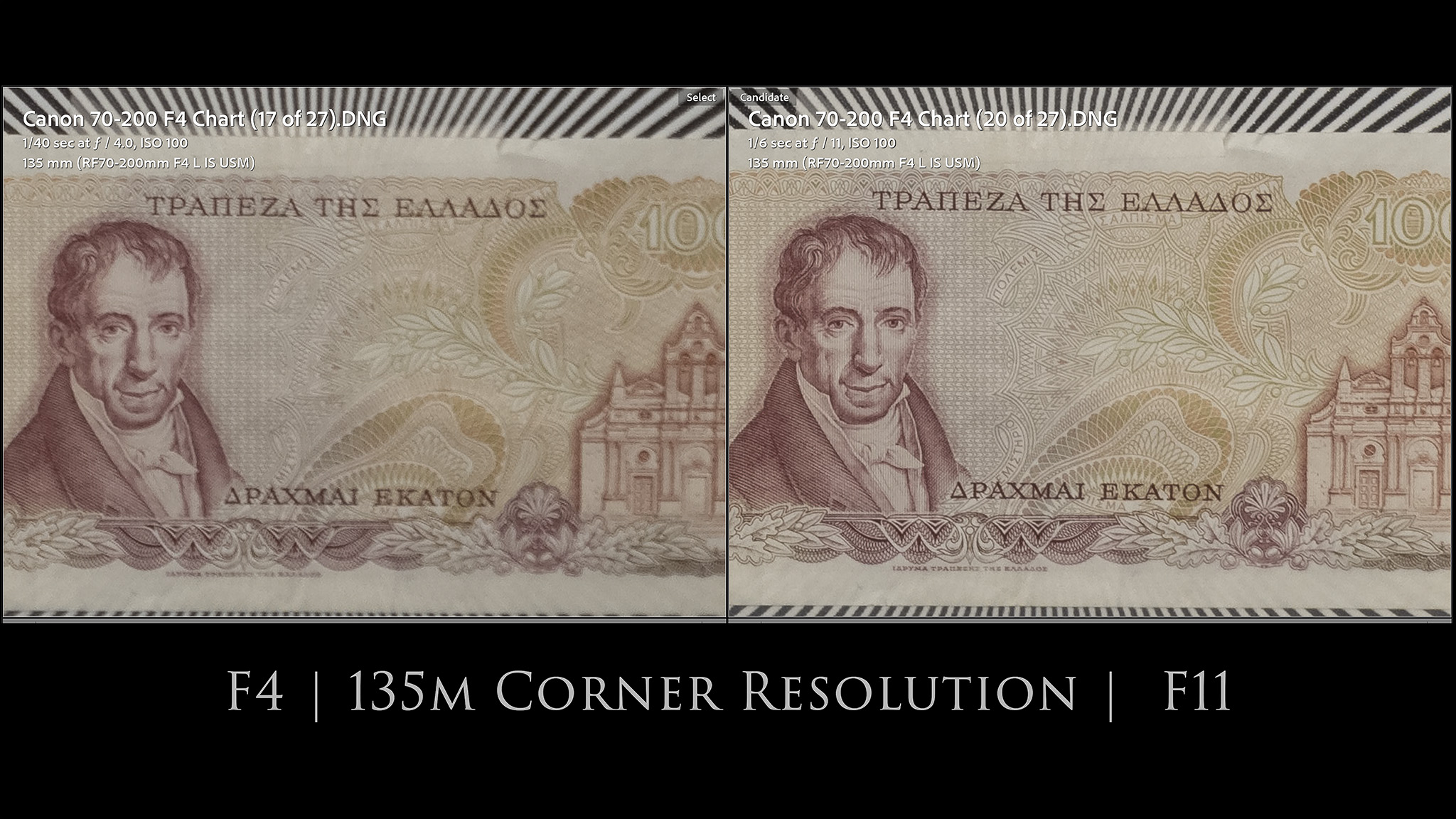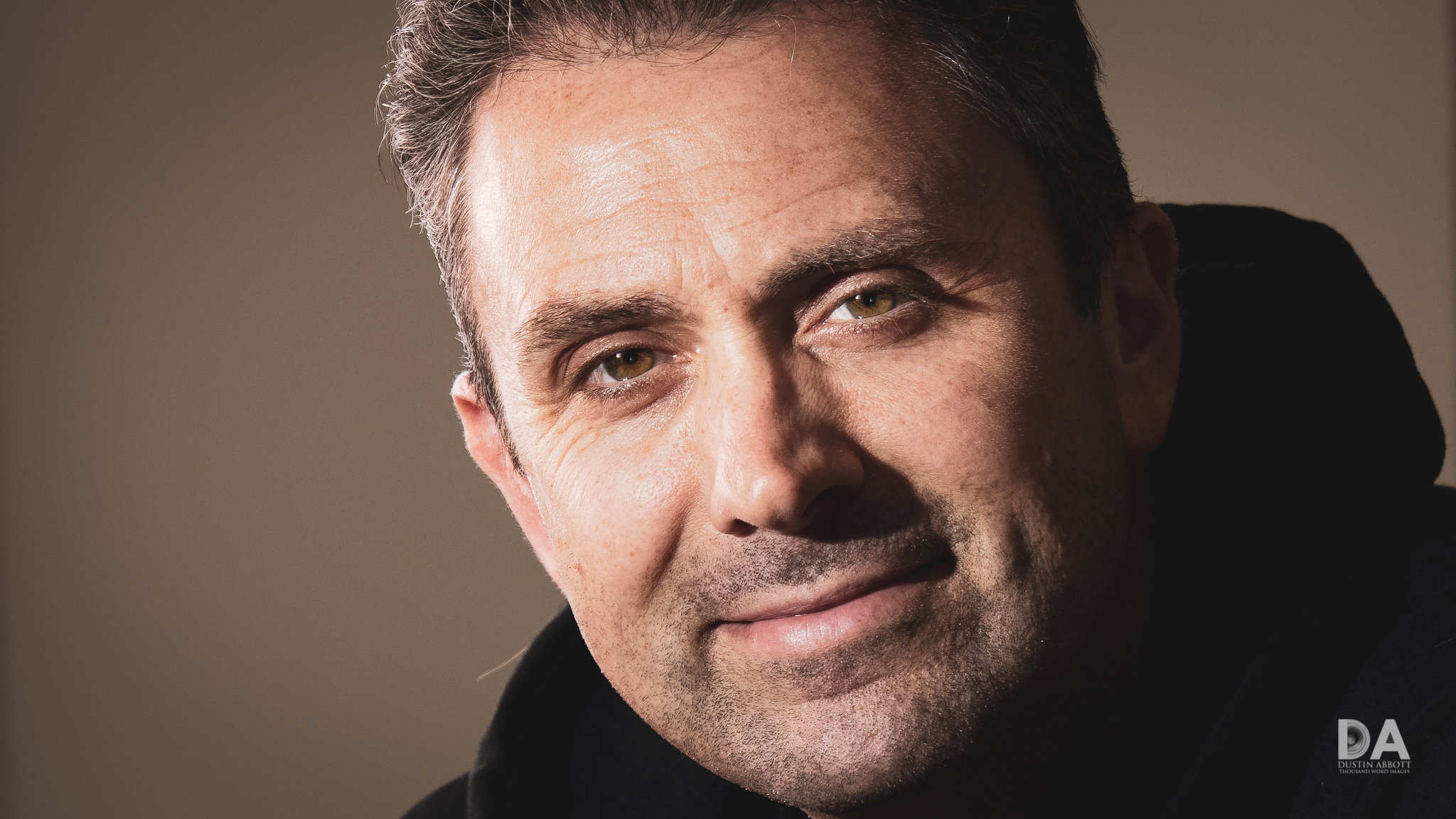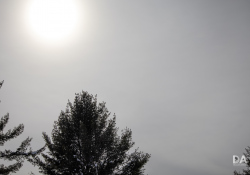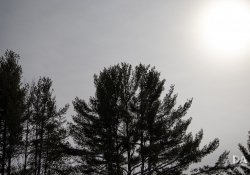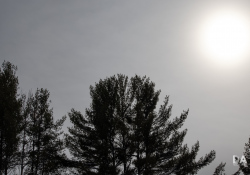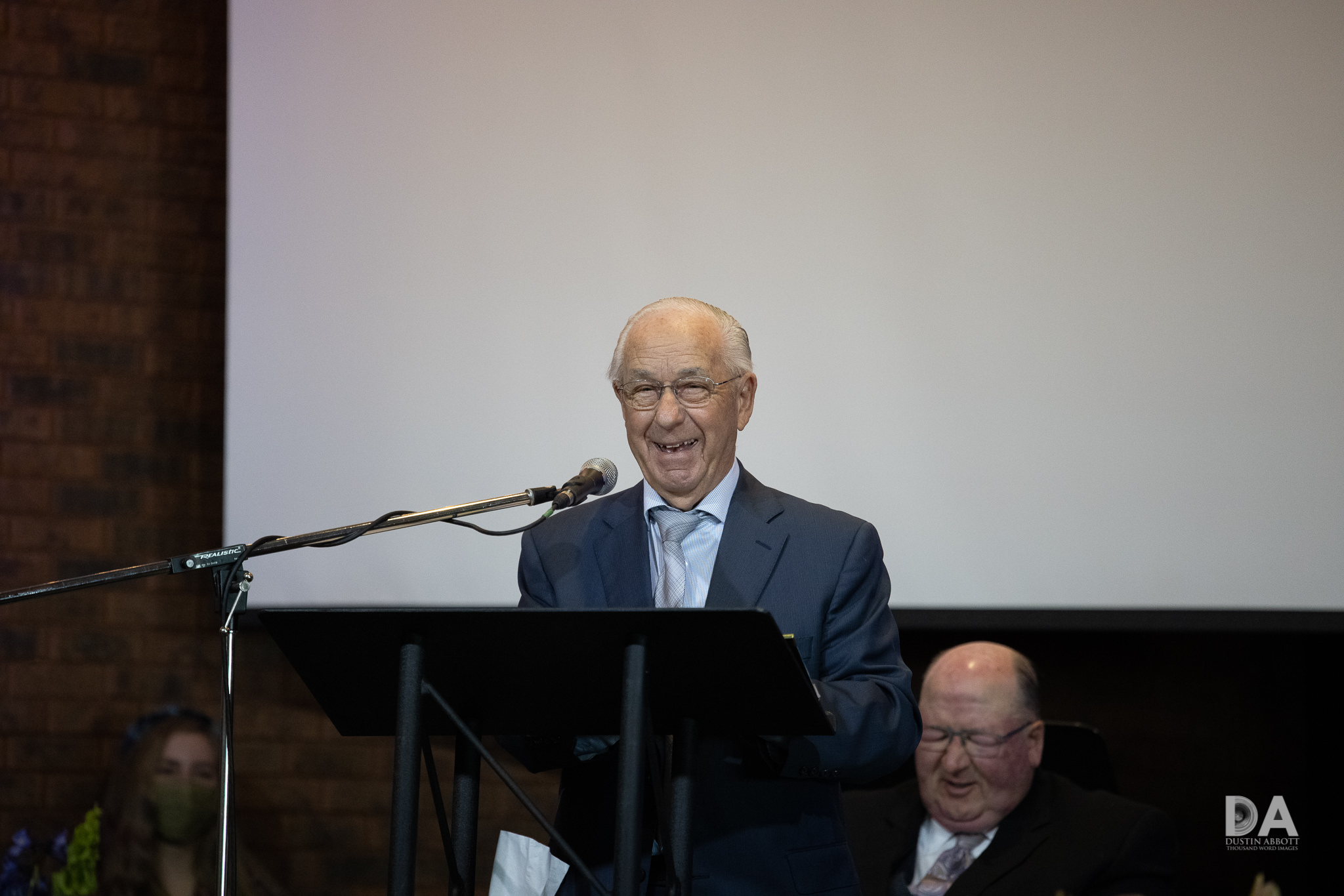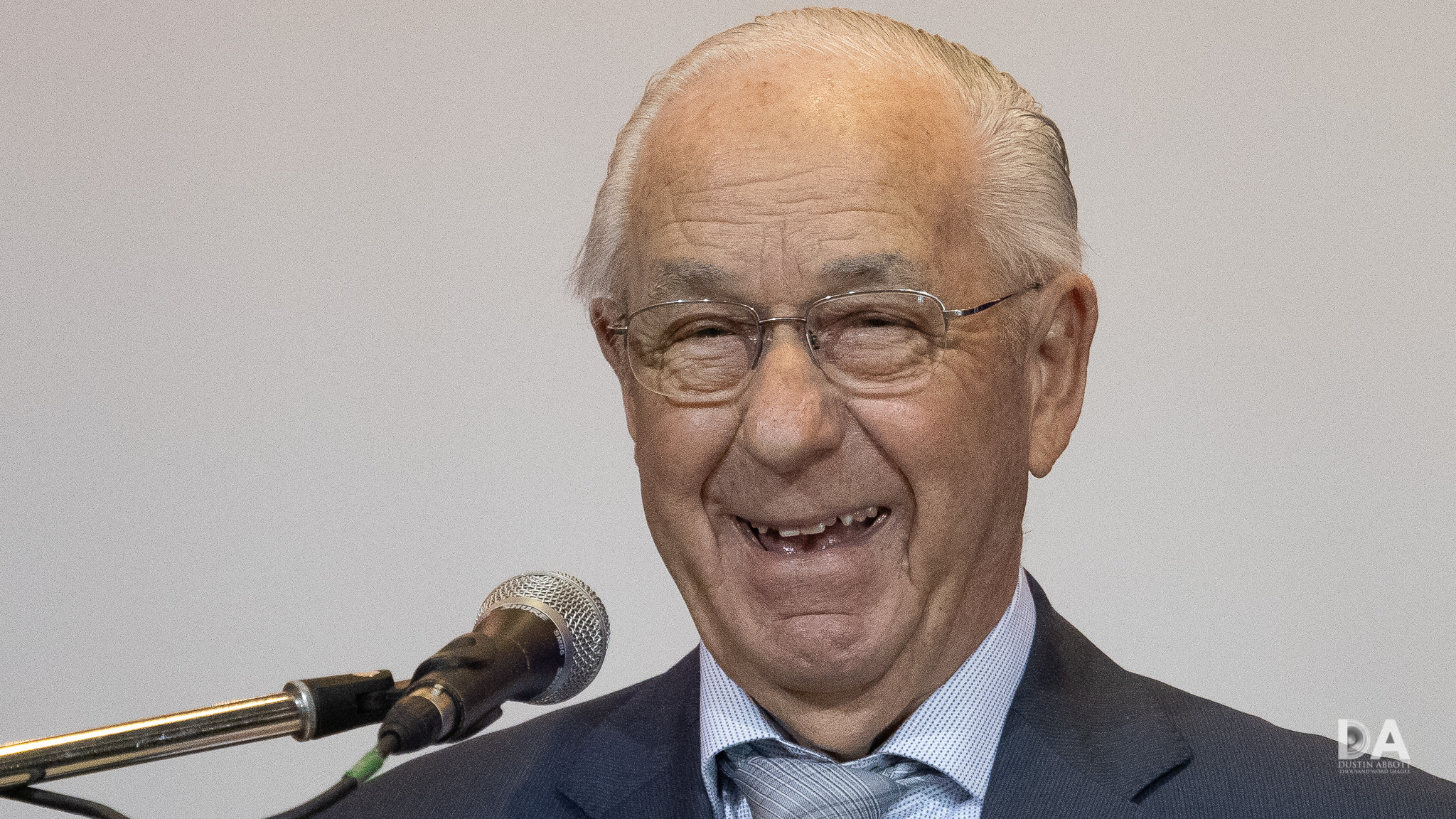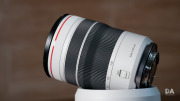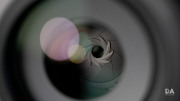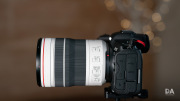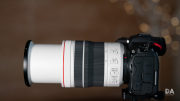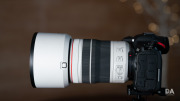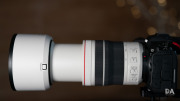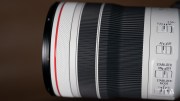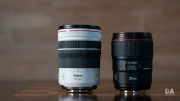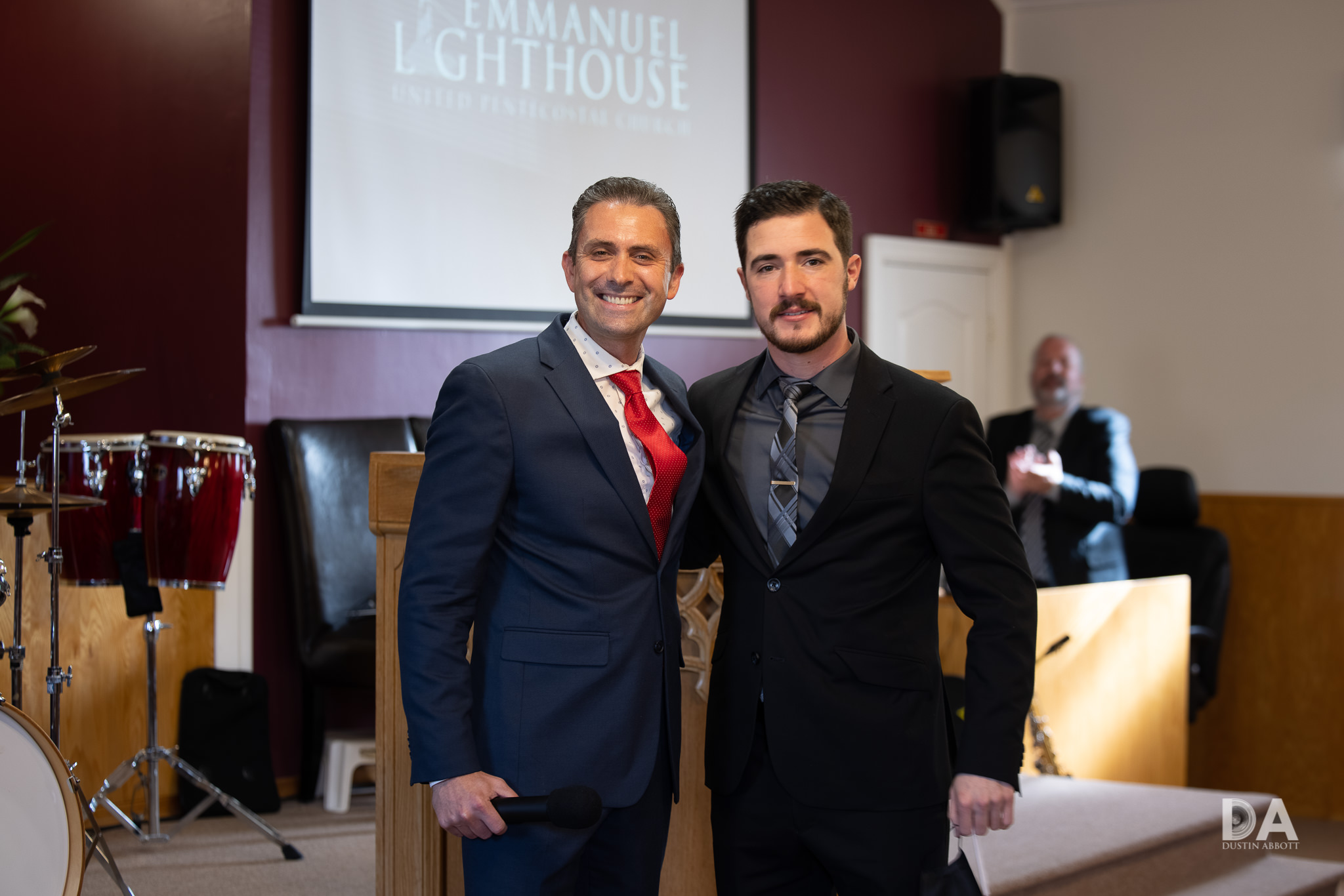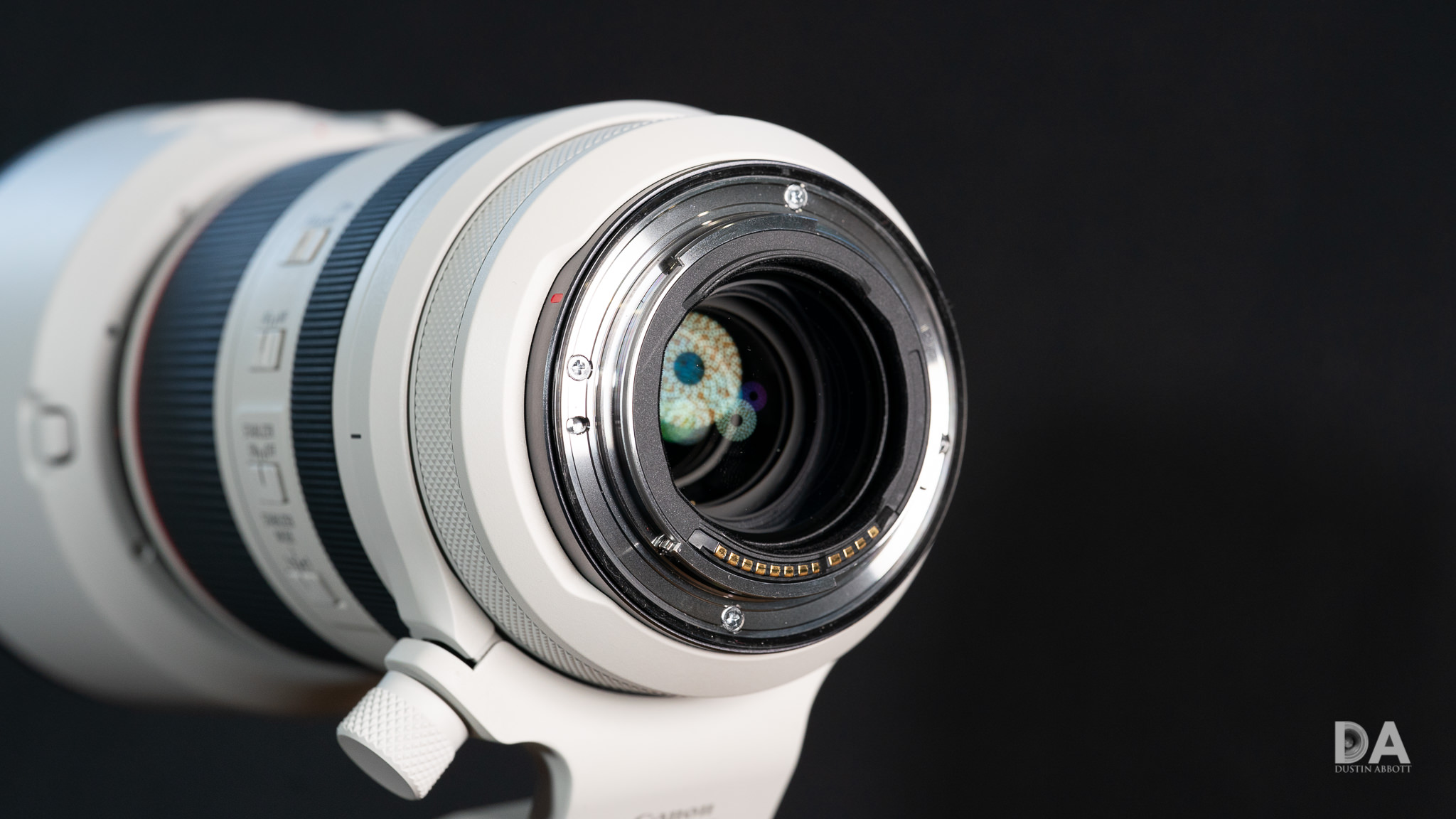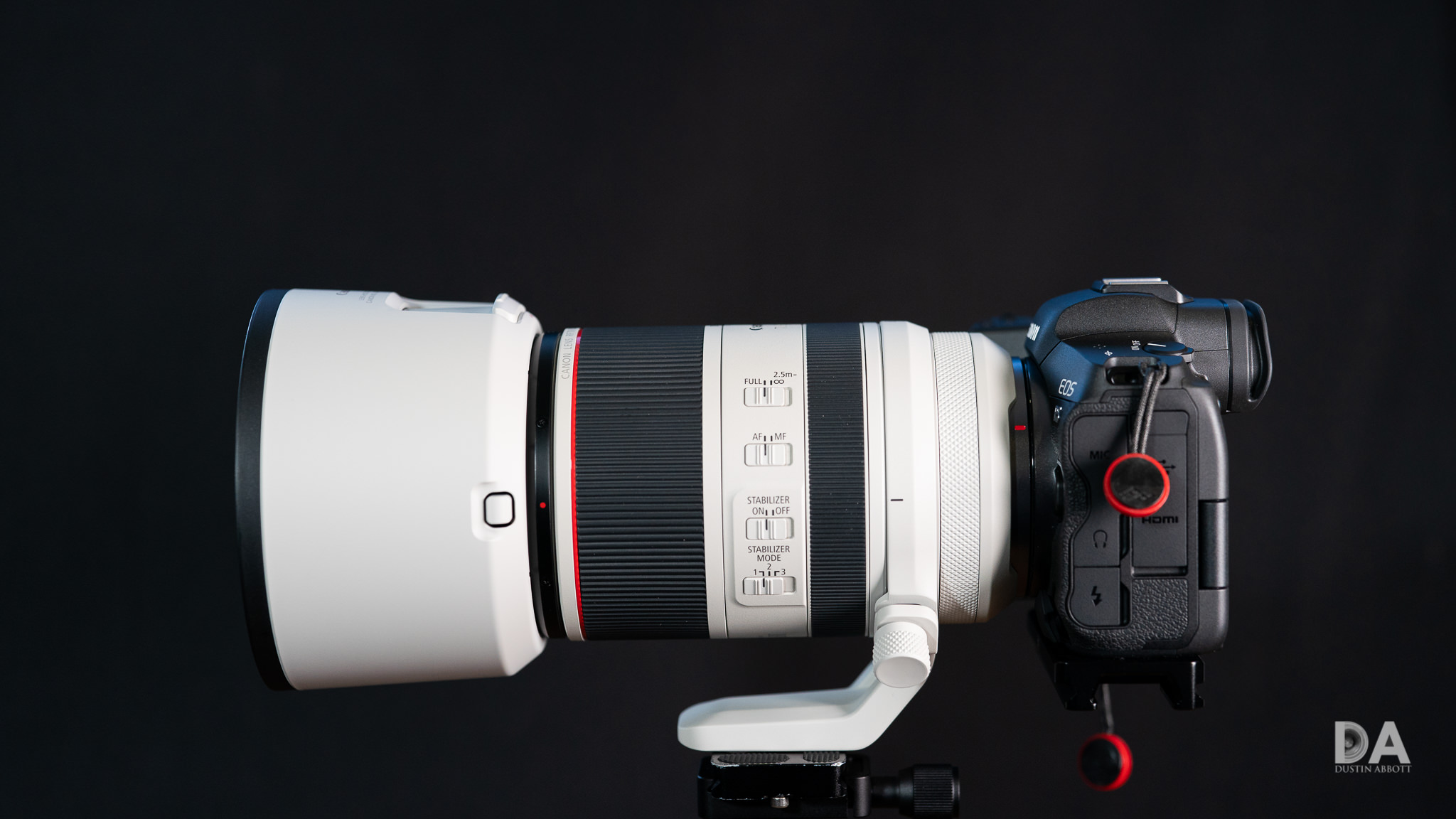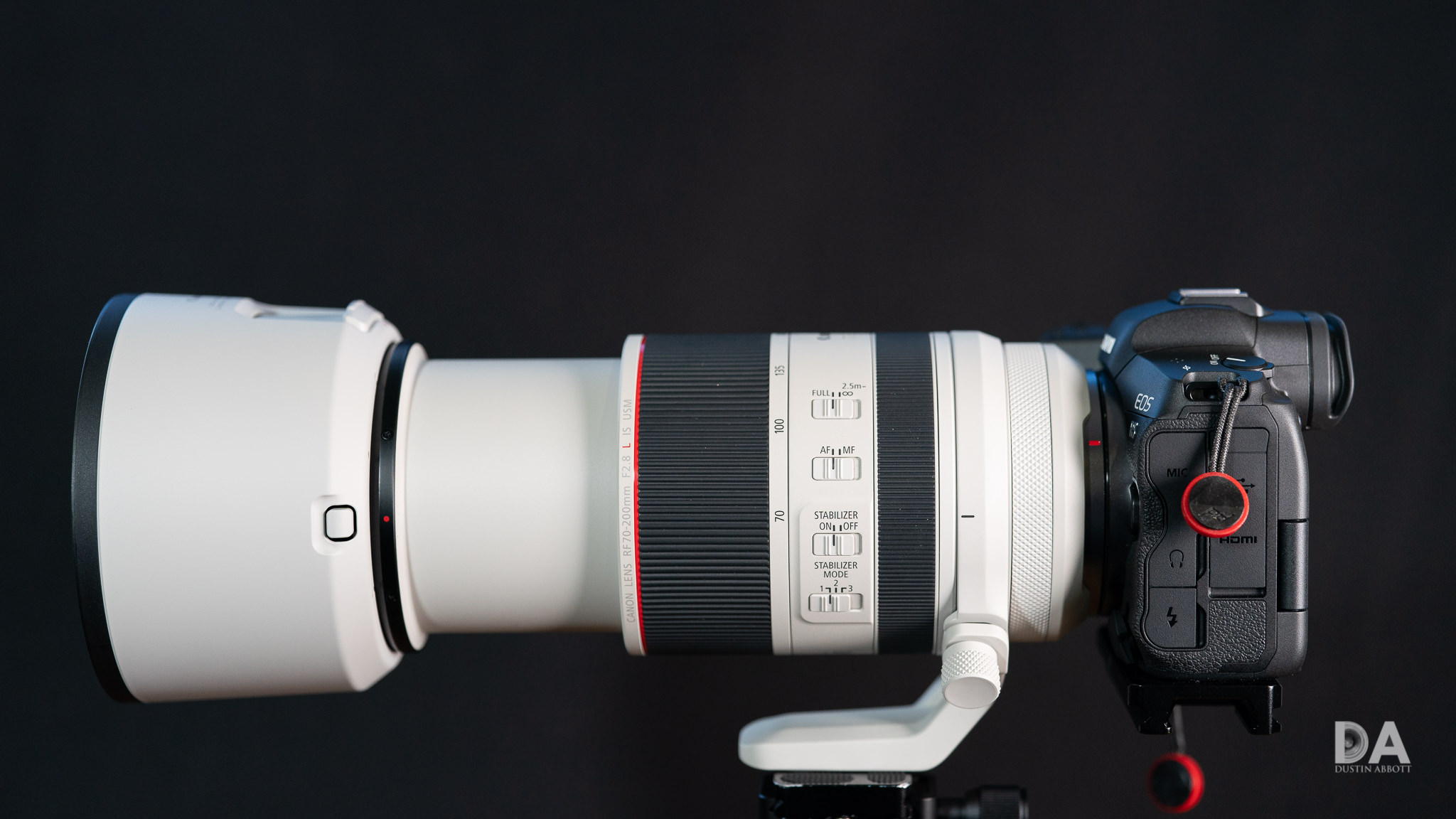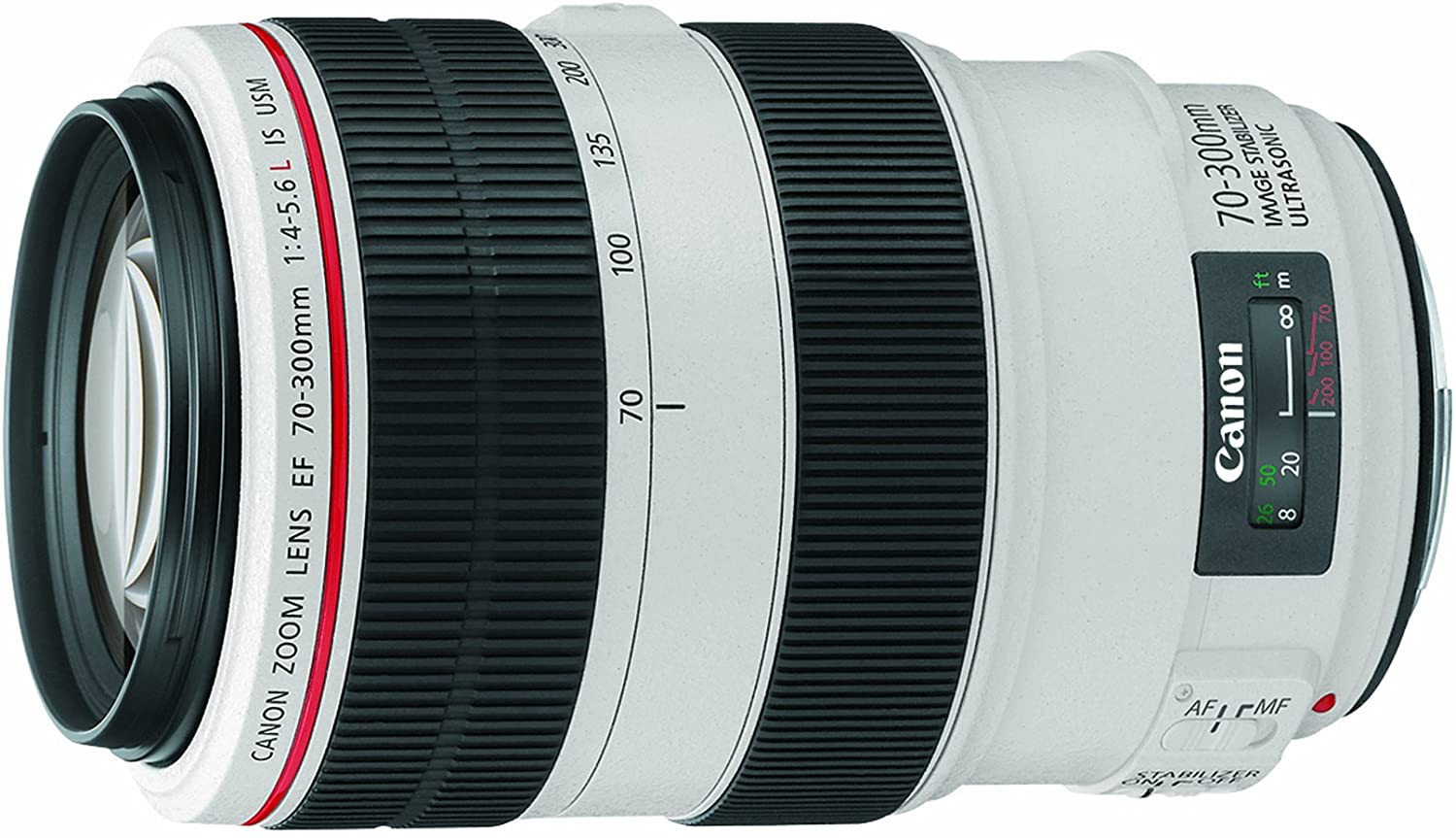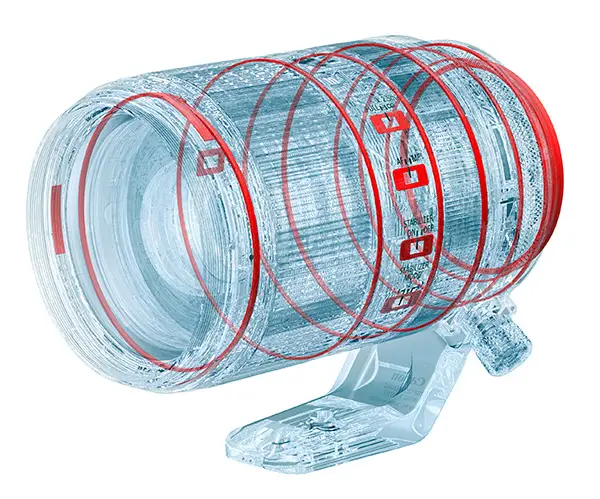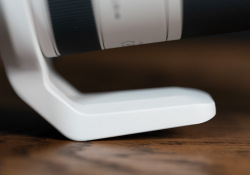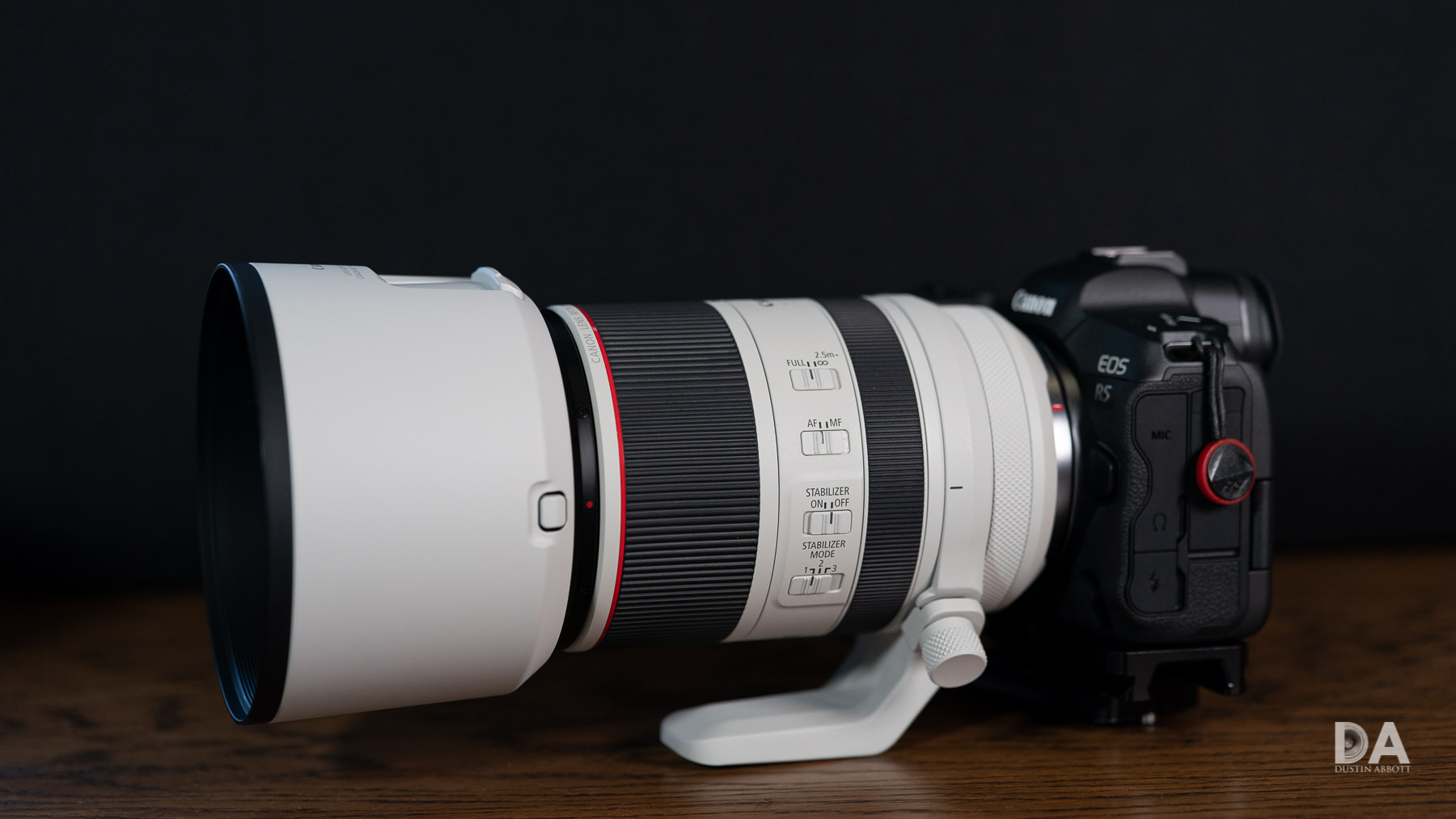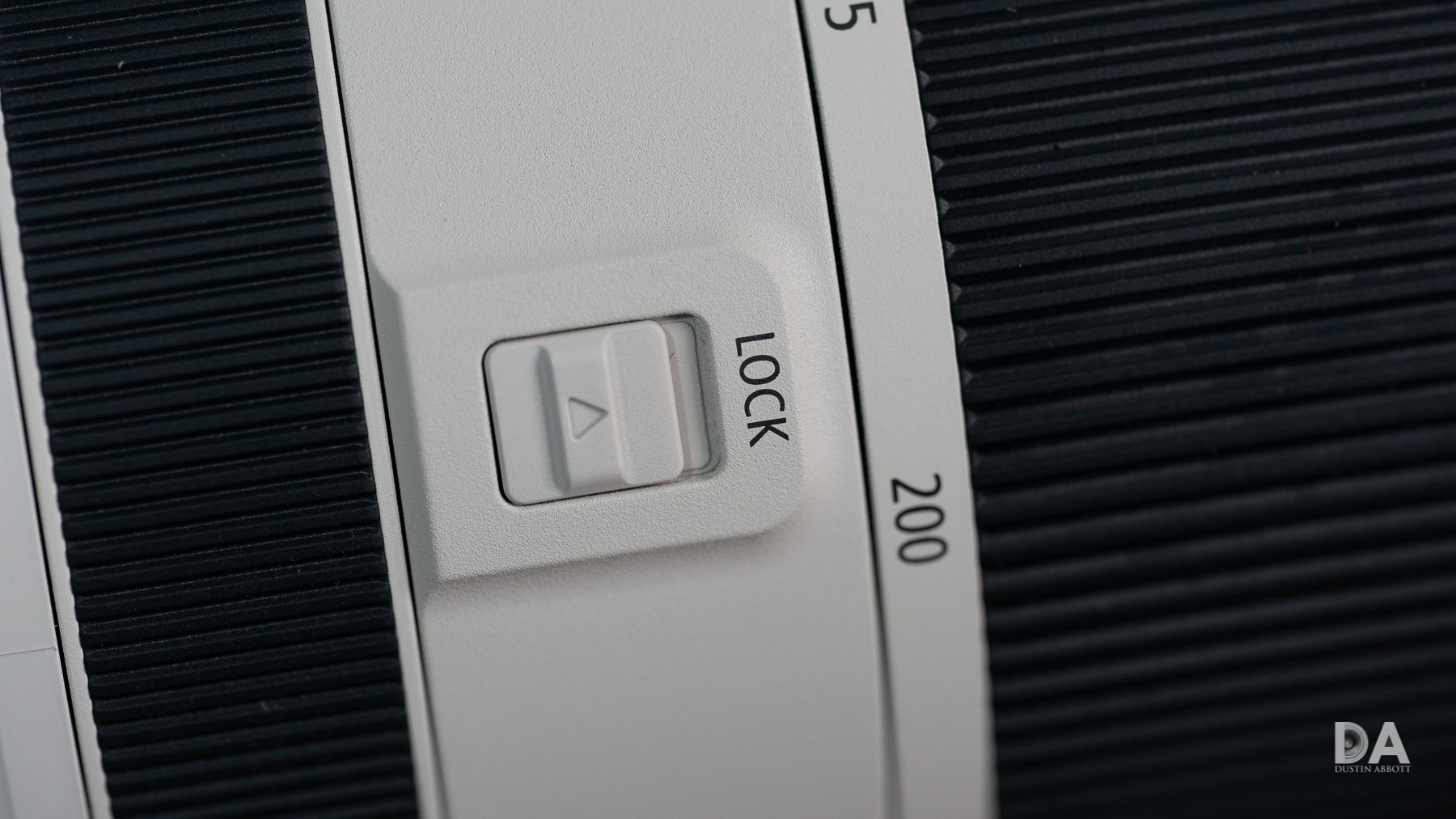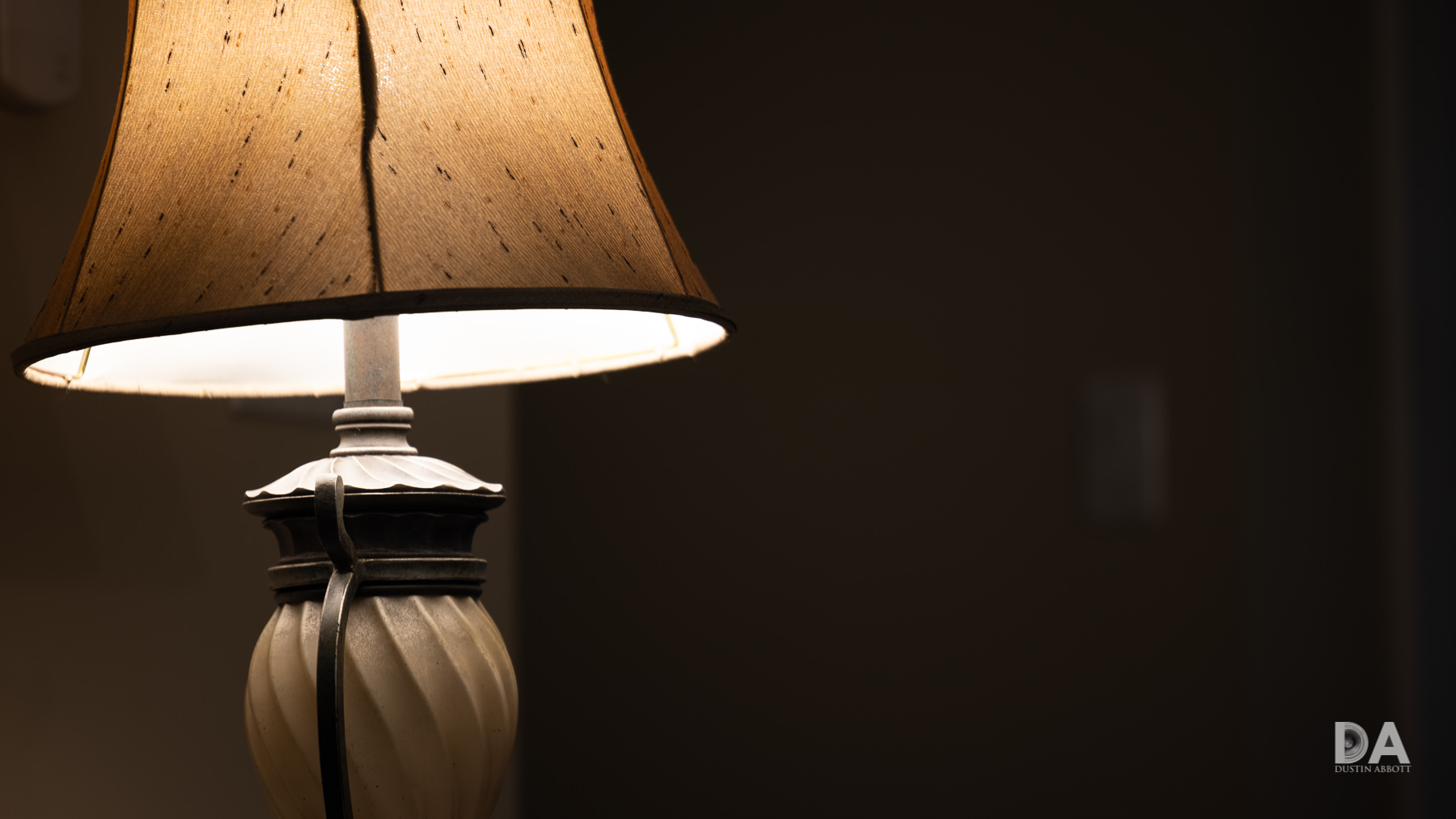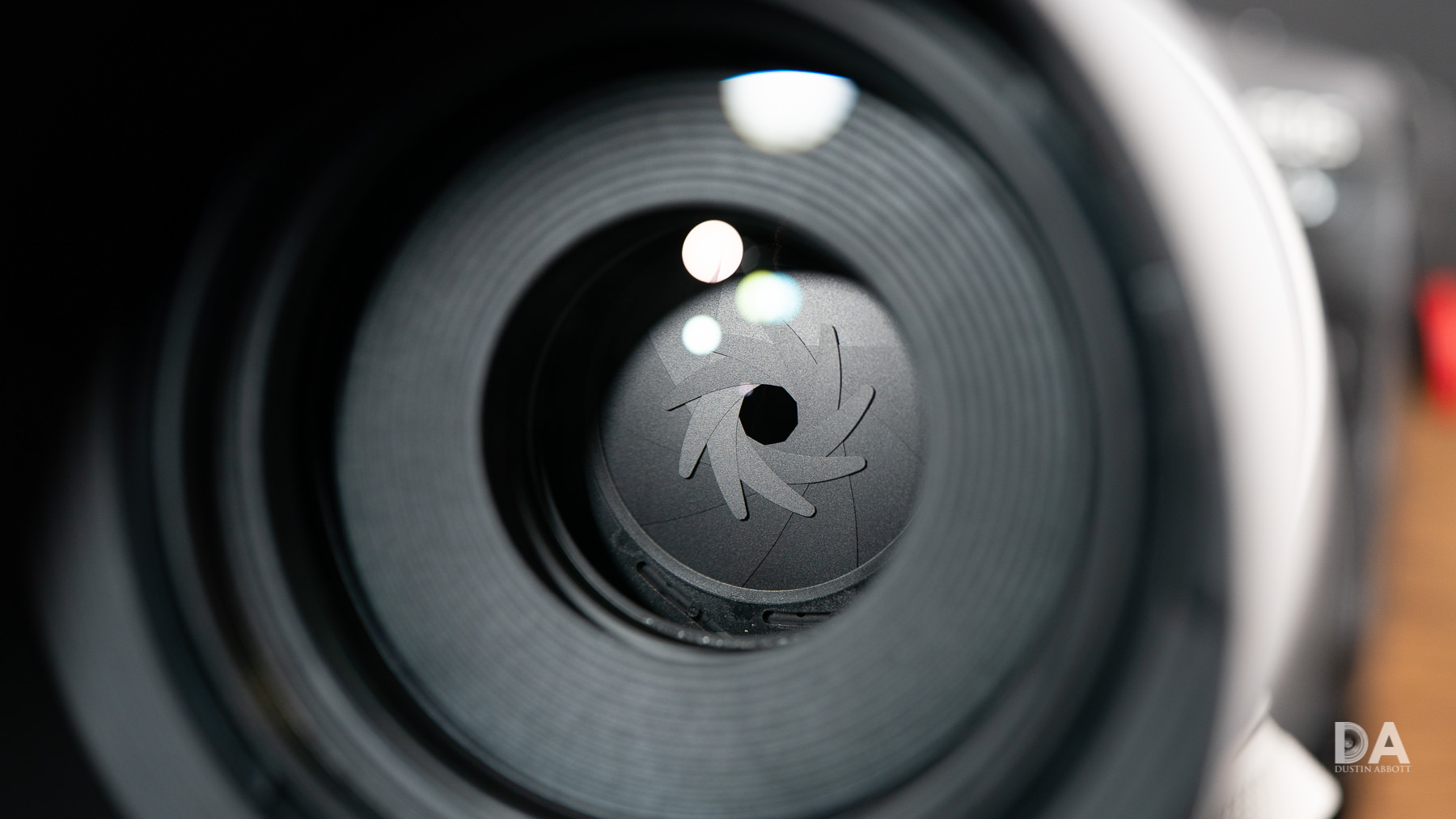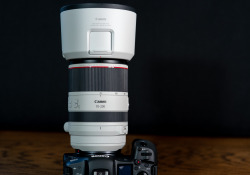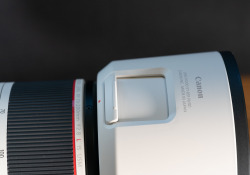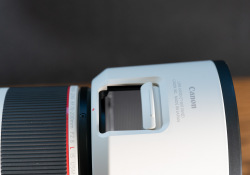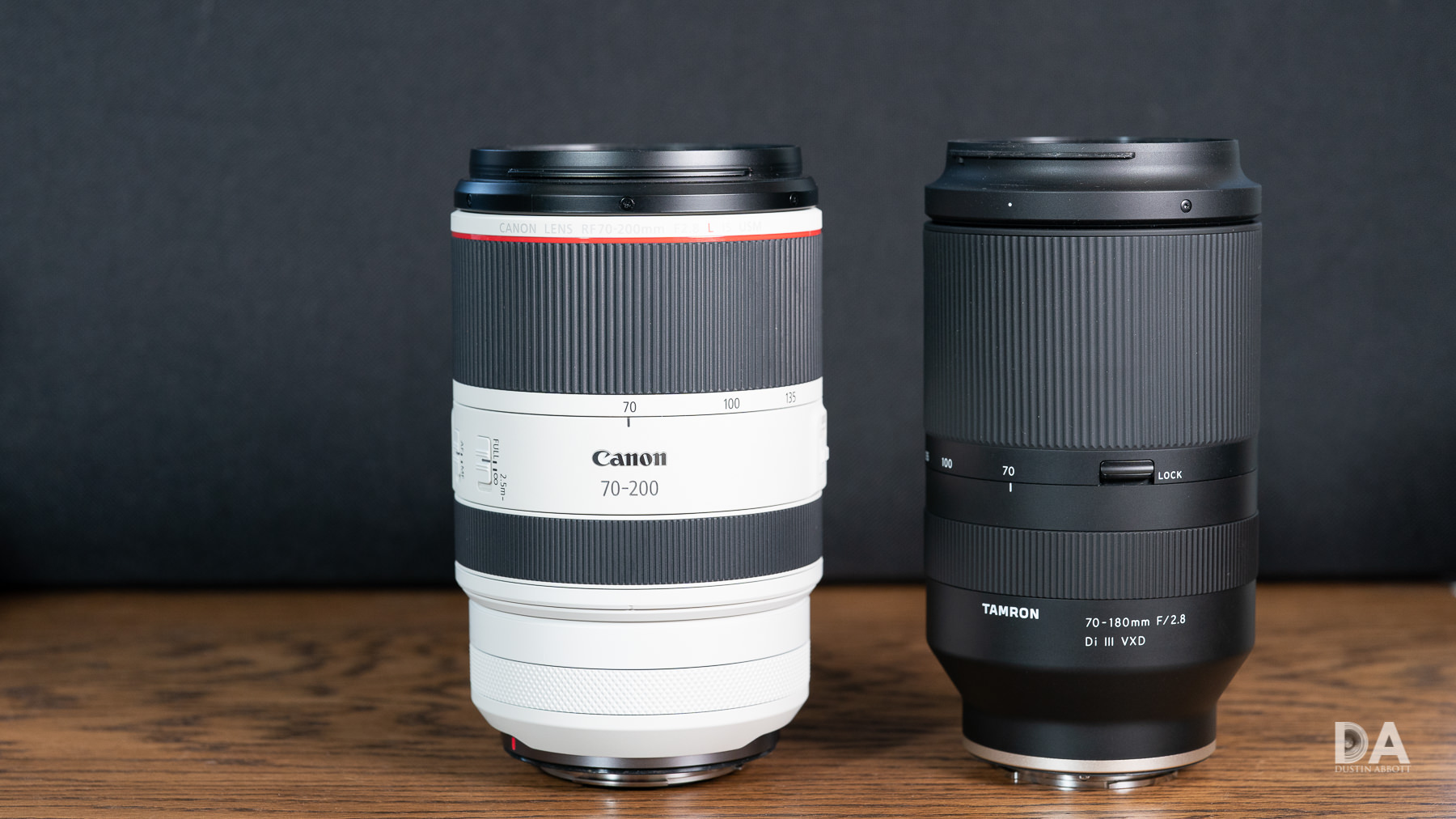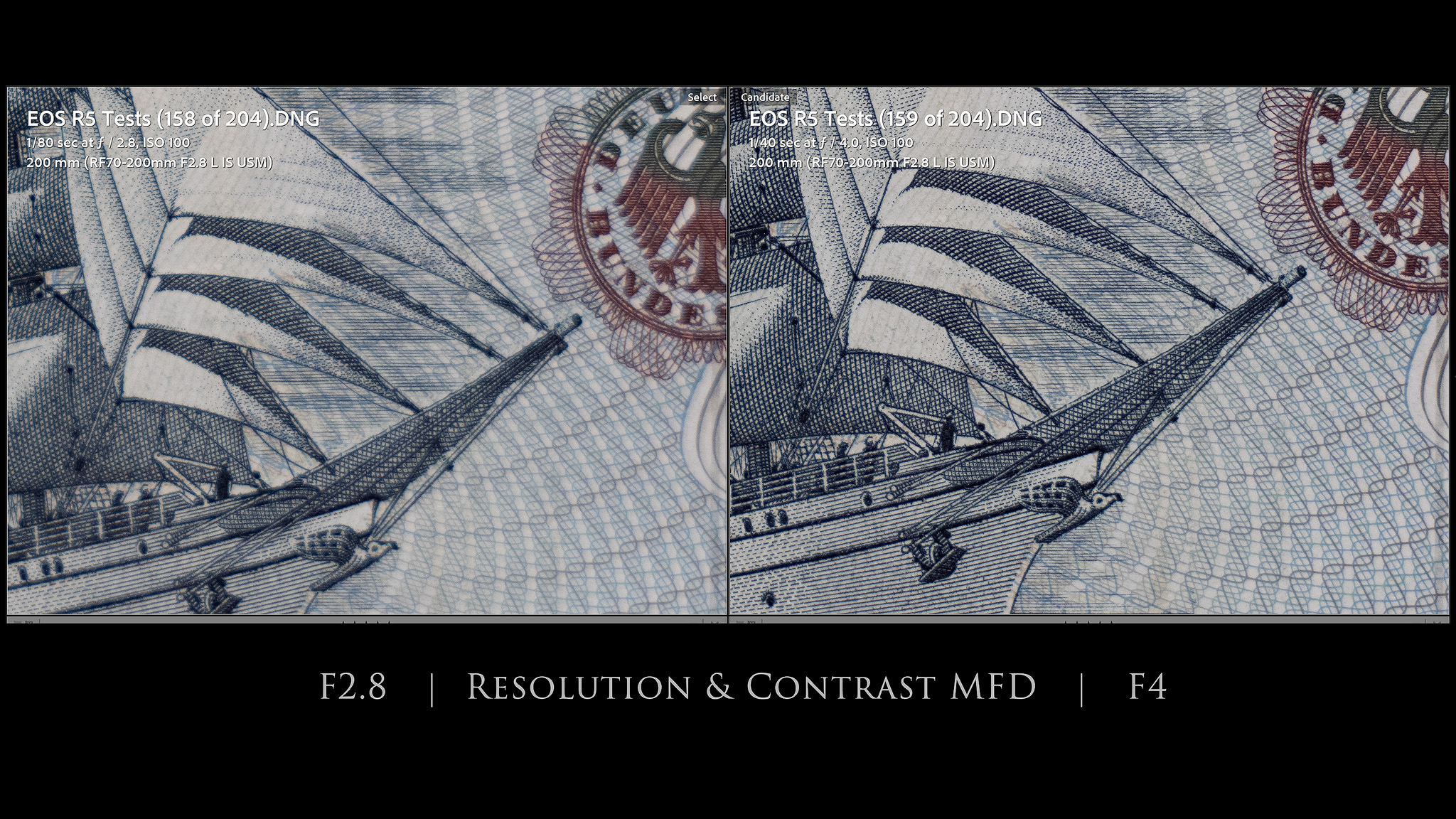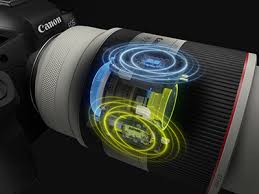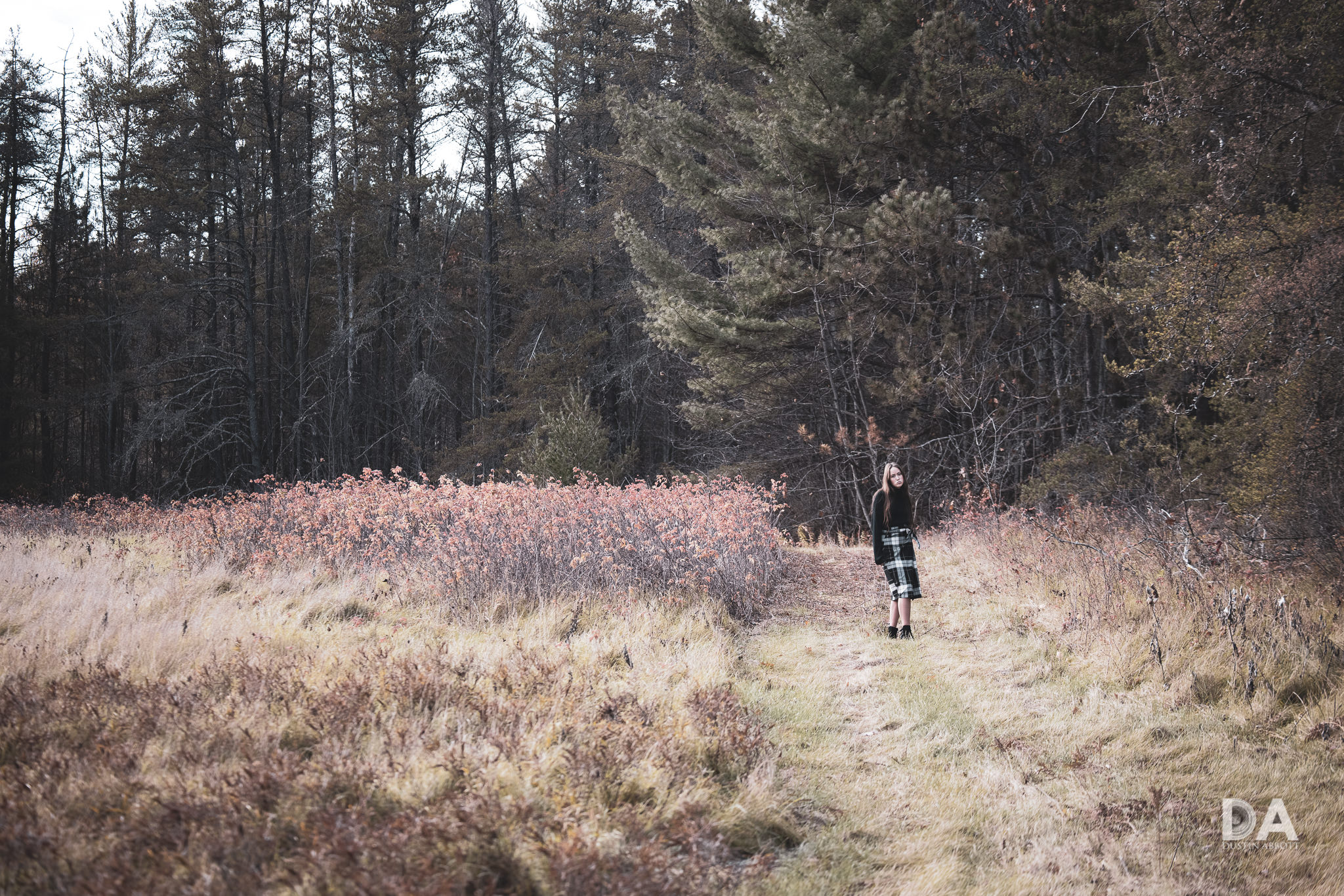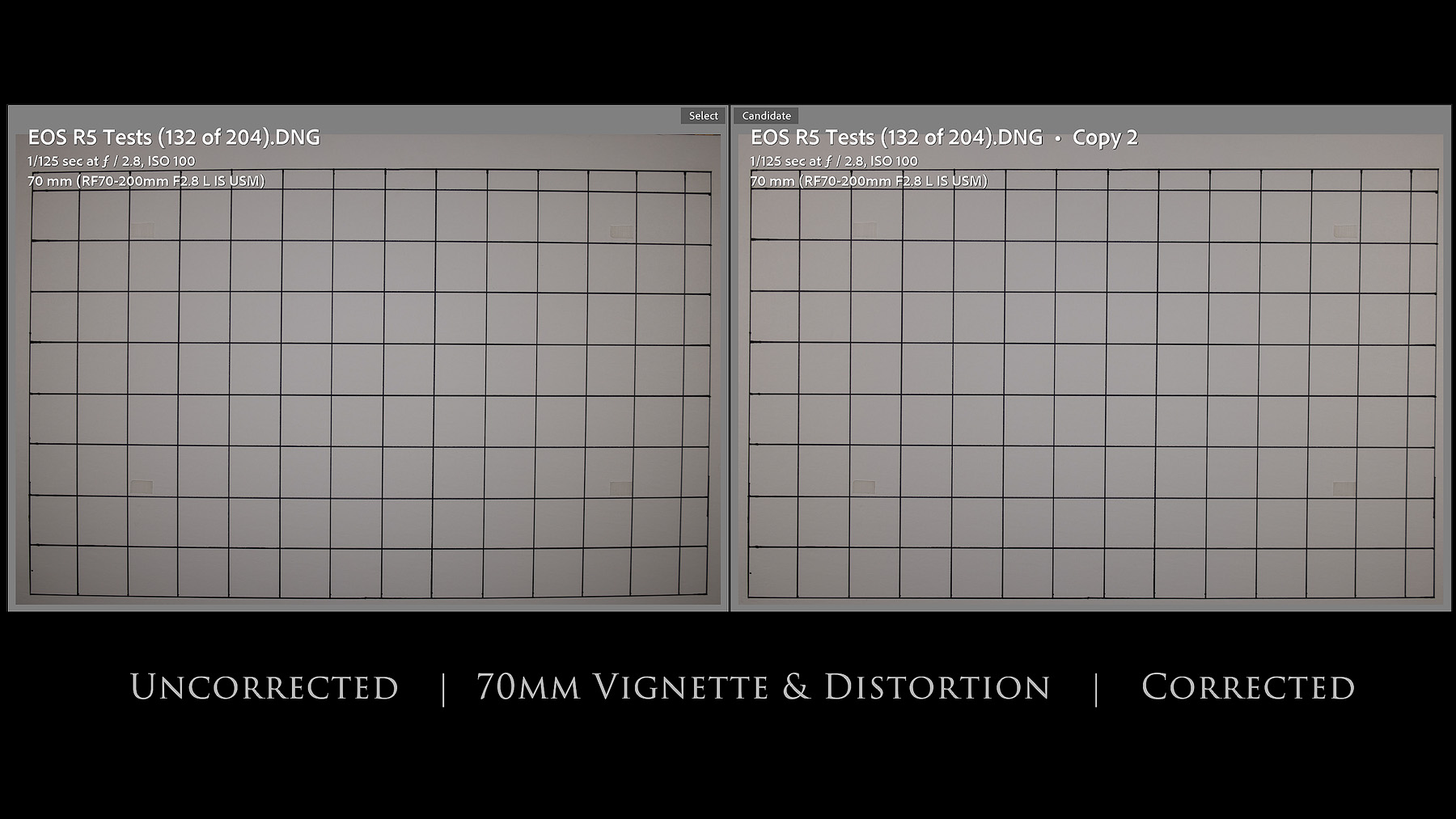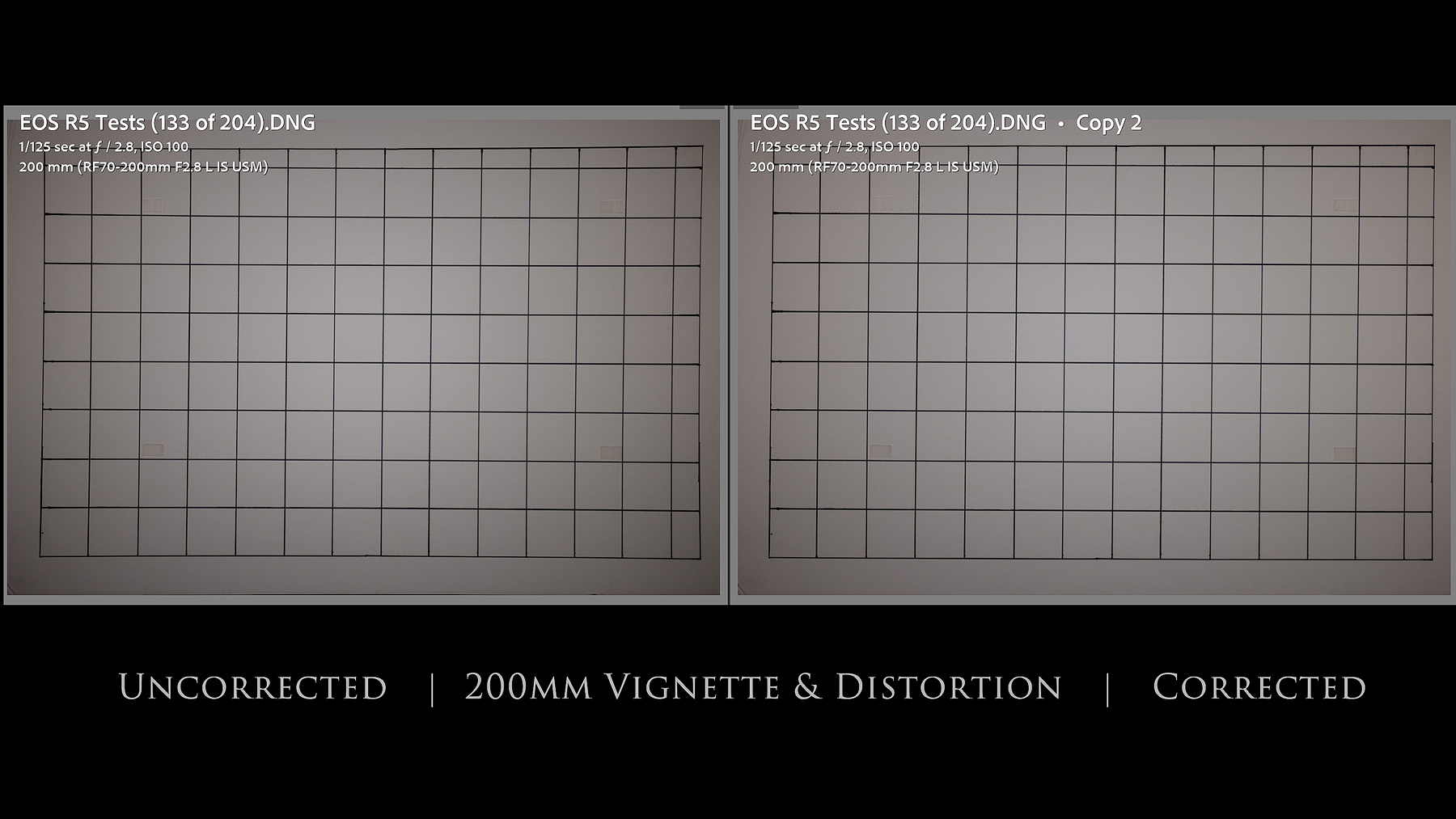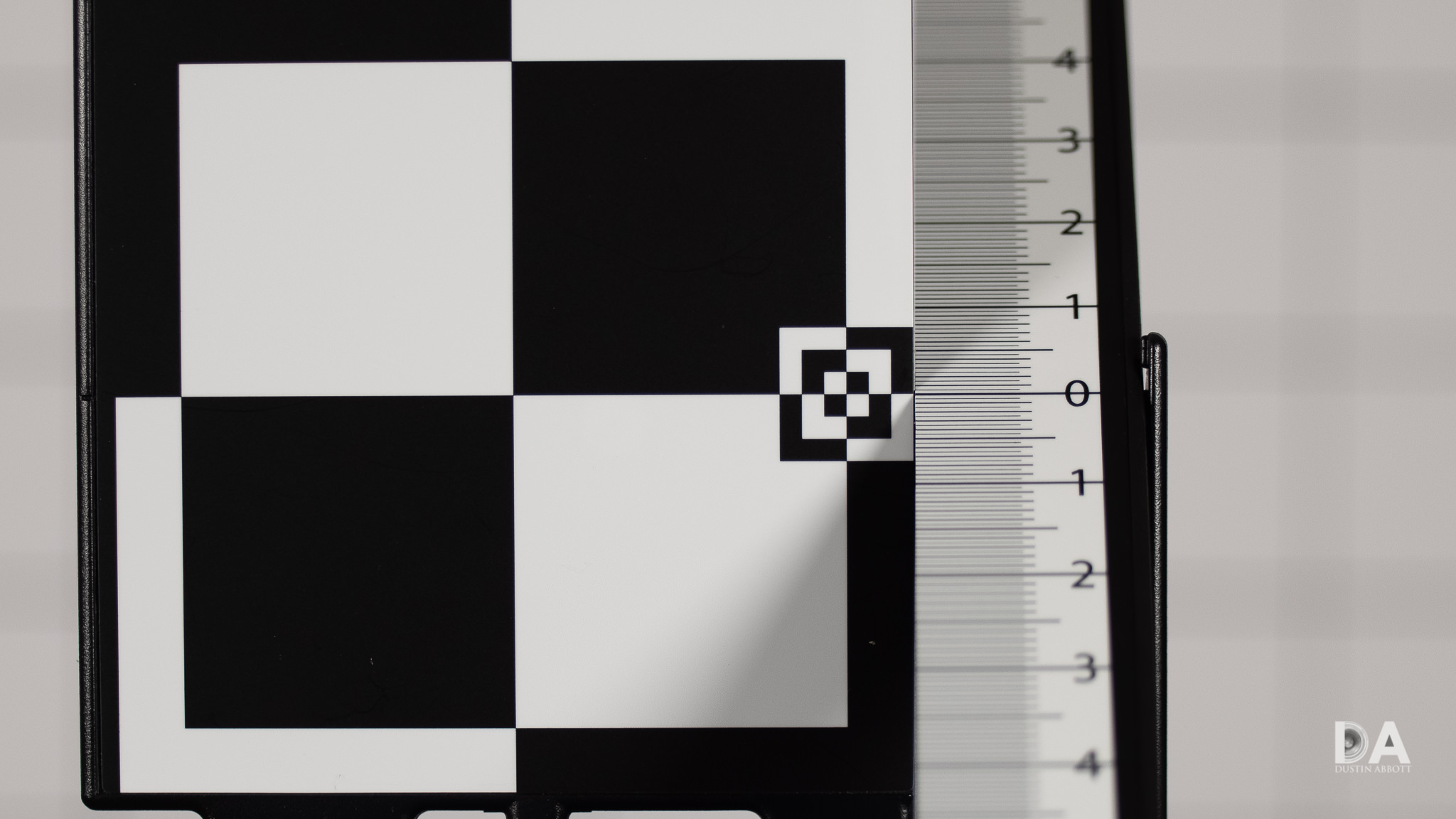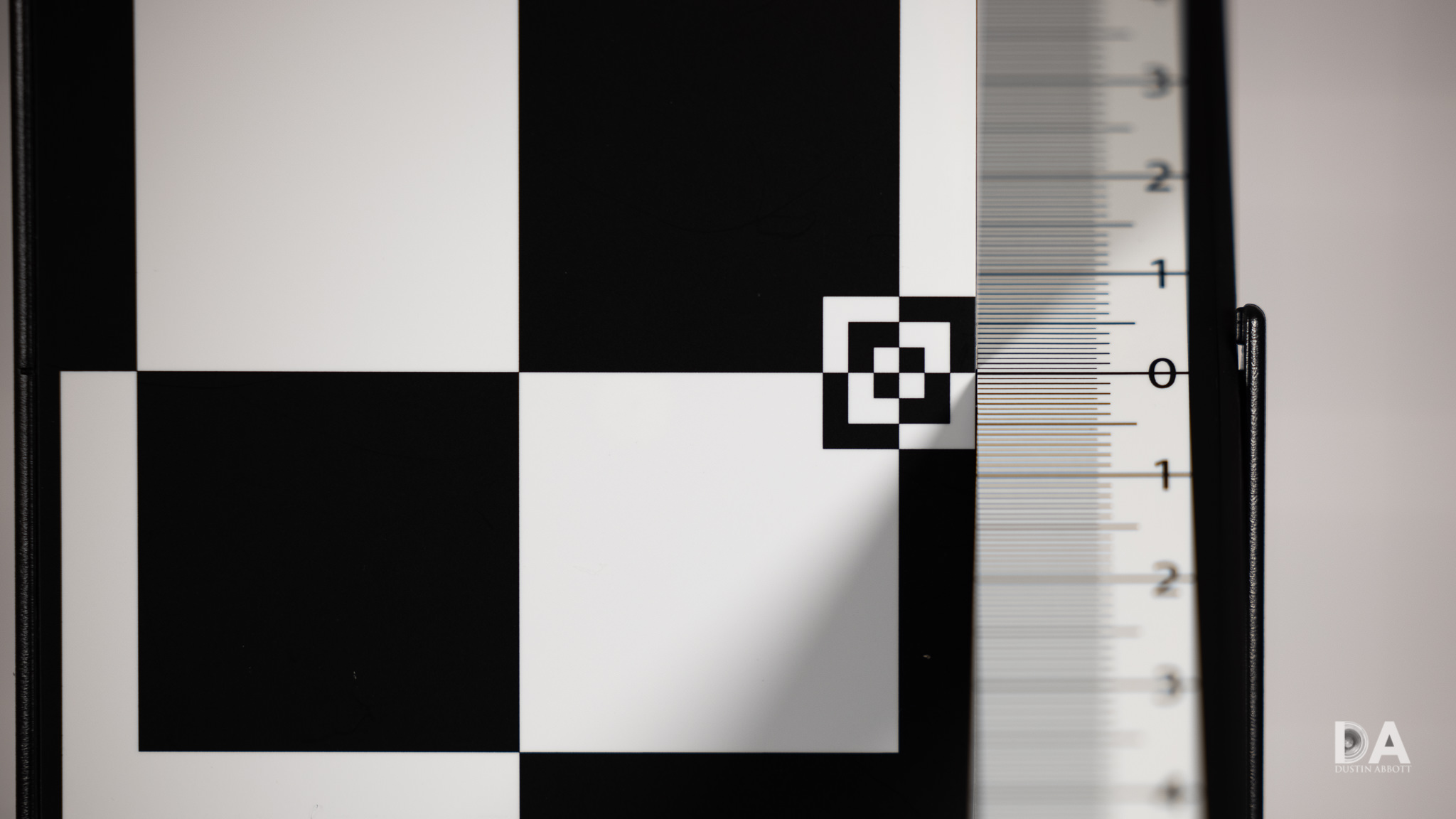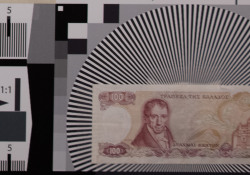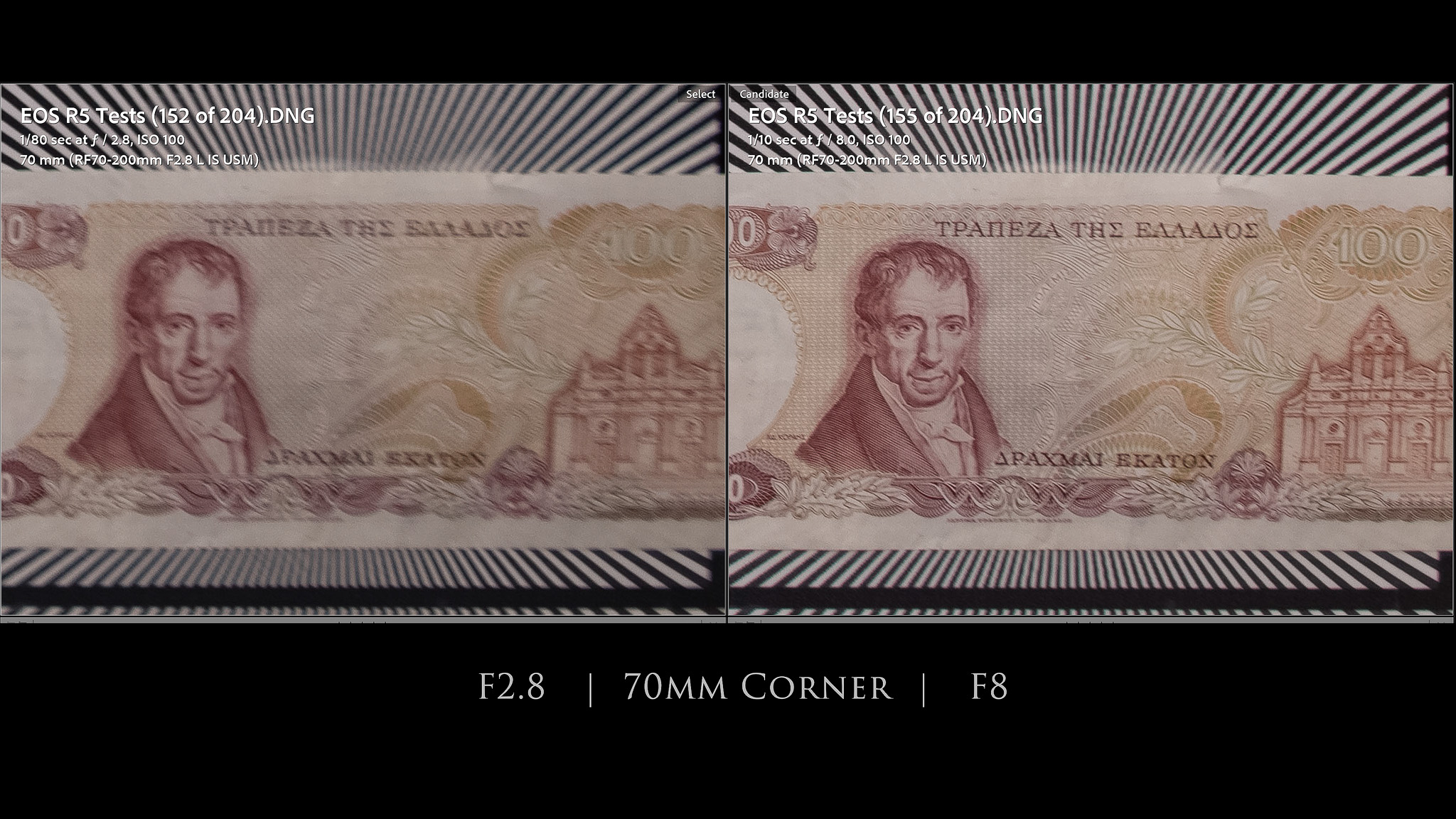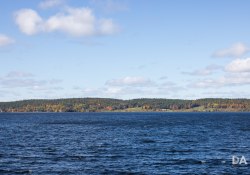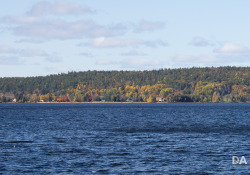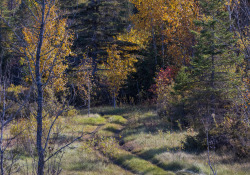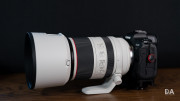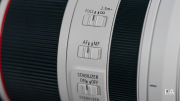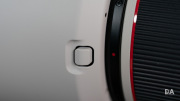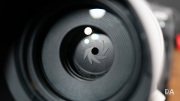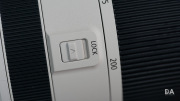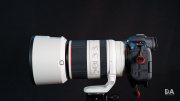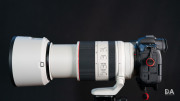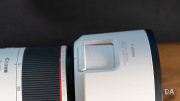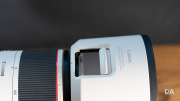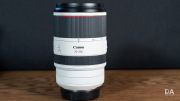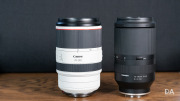Sony FE 70-200mm F4 Macro G OSS II Review
Dustin Abbott
July 12th, 2023
Sony just keeps hitting one home run after another. Their newest lens – the Sony FE 70-200mm F4 Macro G OSS II (or SEL70200G II) – is one of the most versatile telephoto lenses I’ve ever used. Perhaps that’s why the name has to be so long; this lens does a LOT of things. It covers the popular 70-200mm focal range, which covers from this:
to this at 200mm:
It delivers 1:2 macro all across the zoom range, allowing you to get ever closer as you move from 200mm towards 70mm, allowing you to get beautiful macro-like shots…like this one of tiny budding blackberries.
What’s unique about this is that it gives you a lot of different framing options, and the ability to get slightly different macro style shots at different focal lengths – not to mention the flexibility for video footage as you don’t really have to work about getting too close to the camera. It has updated OSS (Optical Steady Shot), which further enhances the ability to get stable video and photos without the need of a tripod. It’s smaller and lighter than the first generation 70-200mm F4, but unlike the Canon RF 70-200mm F4, it retains the ability to use teleconverters…which also allows you to get even higher macro performance (0.75x with a 1.4x TC [shown below] and 1:1 macro with a 2.0x TC).
The Tamron 35-150mm F2-2.8 VXD has stood out to me as being perhaps the most versatile lens on the Sony platform, and in some ways that’s still true (focal range and aperture), but this new Sony 70-200mm F4 Macro G is even more versatile in other ways. This is an incredibly useful lens that can do a lot of things well…and it might mean that you skip buying a macro and use this lens for even more things. Should the SEL70200G II (as Sony calls it) go to the top of your wishlist? You can judge for yourself by either watching my video review below or reading on to get the full picture.
Follow Me @ YouTube | Patreon | Instagram | Facebook | DA Merchandise | Flickr | 500px
Thanks to Sony USA for sending me a pre-release review loaner of this lens. As always, this is a completely independent review. *The tests and most of the photos that I share as a part of my review cycle have been done with the Sony a7RV along with the Sony Alpha 1 that serve as my benchmark cameras for Sony lenses.
SLE70200G II Build and Handling
The current trend on mirrorless is to try to take advantage of advancing lens manufacturing technologies and shrink the size of lenses. Canon changed their RF design from an internally zooming design to an externally zooming design, which enabled them to take a whopping 56mm off the length when retracted for storage (though when the RF lens is zoomed out it is only 2mm shorter). That makes it much easier to transport and even to balance on camera, though with Canon, that came at a price. Sacrificed at the altar of compact size was the ability to use teleconverters, which unfortunately limits the versatility of the RF lens. Sony has taken a similar route with the SEL70200G II, moving to a externally zooming design, though they learned from Canon’s mistake and compromised with the size just enough to allow for both the 1.4x and 2.0x teleconverters to be used without restriction. The first generation 70-200mm F4 was 175mm long (internally zooming, so that length was constant), while the new lens (by my measurement) is 150mm (5.9″) retracted, though it extends to about 205mm (8″) when zoomed to 200mm.
Not everyone will be happy about the transition to an externally zooming design, but I personally appreciate the route that Sony has taken here. The SEL70200G II is an easy lens to transport and fits in far more bags than the internally zooming design, but Sony’s approach has not left it compromised in performance. There are some advantages to internally zooming lenses.
- The first is that they are often easier to handle the in field, with zoom adjustments typically taking no more than effort than what you can do with a finger. Sony has countered this by really doing a great job with the zoom action. I wouldn’t say the zoom action is quite as light as the excellent 70-200mm F2.8 GM II (internally zooming), but it isn’t much heavier.
- The second objection is that people feel that internally zooming lenses are more weather sealed. This is often more perception than reality, and the SEL70200G II sports about 15 weather sealing points in the lens. This is a professional grade lens with professional weather sealing; internal dust and moisture should not be a problem.
- Those that do video prefer internally zooming lenses because the balancing point remains constant for use with gimbals or stabilizers. Sony has done their best to make this a nicely balanced lens, but there is no question that the balance point does move when the lens is zoomed out.
The tradeoff is excellent portability and better balance when carrying the lens on a strap or harness.
The diameter of the lens is about 80mm (3.1″)*, which is the same as the previous model. The SEL70200G II retains the 72mm filter thread of the previous lens as well. The weight is 862g (30.4oz)* with the tripod collar attached, or 794g (28oz)* without. *These are my measurements, not official measurements. You can see from the image above that the SEL70200G II is both narrower and shorter than the Tamron 35-150mm, which is also an externally zooming lens.
As noted above, Sony left room for both the narrower 1.4x teleconverter (shown) and the thicker 2.0x teleconverter to be used without issue.
This really expands the versatility of the lens, as you can get up to 280mm (maximum aperture of F5.6) with the 1.4x and up to 400mm (F8) with 2.0x. Sony’s strong optical design in both the lens and the teleconverters mean that the lens remains very sharp even with the TCs attached. This shot is at 280mm, F5.6:
There are 9 aperture blades that help keep the aperture shape circular when stopped down. Geometry across the frame is really good for specular highlights even wide open, F5.6 remains perfect, and you can start to see the shape of the blades by F8:
The minimum focus distances varies through the zoom range, from as little as 26cm (0.86ft) at 70mm to 42cm (1.38ft) at 200mm. This dramatically cuts down the MFD on the first generation lens, which was a full meter (39 inches) and delivered only a 0.13x magnification. The much closer focus distance of the SEL70200G II delivers a 0.50x magnification throughout the zoom range (both 70 and 100mm are shown below), and when I add my 1.4x TC, that magnification climbs even higher to 0.75%.
What I enjoy about this is the ability change up the framing to what best suits the image while still being able to get very close. It should be remembered that MFD is not from the front of the lens, but from the sensor. I measure the lens length from the sensor at 16.7cm at 70mm, leaving less than 10cm as the working distance (about four inches). The lens measures 22.5cm from the sensor at 200mm, but that leaves about 20cm as a working distance (8″), which might prove more practical with some subjects. You can see from these photos that the 200mm position (second image) definitely gives you more space from your subject.
Up close performance is very, very nice, delivering rich images in both color and detail. You can see that depth of field is very shallow at F4 at this “macro” distance.
I use quotes around the word macro, as some debate whether any magnification lower than 1:1 qualifies as a true macro lens, though I’ve certainly seen (and owned) many lenses called macro which had the same 1:2 magnifications as this lens, so I think it is fair for Sony to use that designation.
Sony has upped their game in terms of the physical controls on recent lenses, though this G lenses doesn’t have quite as many as the 70-20mm F2.8 GM II lens. There’s no aperture ring (and thus no declick option or iris lock). But Sony has upped the total of Focus Hold Buttons to 3 here to allow one to easily fall to hand whether shooting in vertical or horizontal modes. This can be programmed to multiple functions from within the camera (my current preference is to control Eye AF so I can prioritize a certain eye).
There is an extensive bank of switches on the left side of the lens barrel. This starts with an AF/MF switch, following by an ON/OFF for the full time DMF (direct manual focus) function. I like this option, as one of my persistent complaints about Sony focus has been that sometimes it is very reluctant to focus on a close foreground object and focus stays “stuck” on a background subject. DMF allows me to quickly override that and pull focus forward, where typically autofocus will then focus without issue on my desired subject.
This is followed by a focus limiter complete with a new third position (Full, 3M to ∞, and Macro). The latter will be very handy when doing close up work to avoid by focus racks as the lens searches for the right focus position. I’m not sure the other positions will be often needed, as autofocus is incredibly fast.
There are two OSS (Optical Steady Shot) related switches that come next: an ON/OFF switch along with 3 OSS modes (1 Standard | 2 Panning | 3 Active – prioritizes stabilization of image capture rather than viewfinder).
The bottommost switch will be more easily accessed when either the tripod collar is removed or rotated to a vertical orientation.
I felt like the OSS worked better here than on the 70-200 GM II that I reviewed earlier in the year. I was able to get fairly consistently stable results at 200mm and 1/3rd of a second on my a7RV. That’s nearly six stops of assistance, which is great. The viewfinder also stayed very stable throughout the process as well, which really helps to do handheld macro work.
Don’t expect successful macro shots at handheld shots with shutter speeds that low, but I did find it easy to get nice handheld macro shots due to the excellent OSS:
Since this is an externally zooming lens, it needed a zoom lock switch, which Sony included. It can only be locked at the 70mm position, and I found that I did need it when hiking with the lens. The problem was not with zoom creep in general, but because movement would eventually cause friction on the zoom ring and cause it to extend.
The tripod collar is easily removed by loosening a tension knob and pulling the two sections apart. That same tension knob at lower levels allows you to rotate the tripod collar for shooting in a vertical positions There are markings but not detents at the cardinal positions. I have only one real complaint here, and that is that the tripod foot is not Arca compatible, so you will have to add a quick release plate before mounting it on a tripod.
The zoom ring is located nearest the camera body, and it is ribbed and rubberized. As noted, it moves very smoothly for an externally zooming lens, with no hitches or spots of uneven tension. A full zoom from 70-200mm takes roughly 90° of rotation.
The manual focus ring is located near the front of the lens. It is slightly narrower but has a similar ribbed design. Focus action is smooth but very light – not a lot of feel.
I appreciate the fact that the lens hood is color matched to the lens. Sometimes these “white” lenses come with a black hood, and it never seems like the hood was actually made for the lens. Sony has shifted to a petal shaped hood here, which is more rare on a telephoto lens. It does help reduce the overall size of the hood.
This smaller, lighter lens is a better balance for Sony’s smaller than average camera bodies. I really, really enjoyed using this lens and appreciated the excellent ergonomics and overall form factor of the lens. Sony’s 70-200mm F2.8 GM II is an outstanding lens, but the more than $1000 difference in price will help make this F4 version more appealing to those that decide that they can live without an F2.8 aperture.
Sony 70-200mm F4 Macro G II Autofocus Performance
An area where Sony is able to create a distinct advantage for its lenses is in the realm of autofocus. They has employed four!! XD (extreme dynamic) Linear Motors to the autofocus system here with one pair of motors on each side of the focusing group. This provides blazingly fast autofocus speeds that can keep with pretty much any kind of action. Sony also limits their top burst speeds on their sports cameras like the Alpha 1 or a9 series to Sony lenses, so I can get a full 30FPS with the SEL70200G II and my Alpha 1 whereas I would be limited to 15FPS if using a third party lens instead. I had no problem keeping up with basketball action during long bursts on my A1:
I got down low and shot through grasses to get this delightful shot of Nala with a little bit of a snarl on her face.
I was also extremely impressed by this shot, as focus ignored the tangled brush and fence in the foreground, the hairs from the mane hanging over the eyes, and nailed focus on the heavily shadowed eye perfectly.
Portrait and wedding photography will be a breeze with this lens and a decent camera body. It just nails focus on the eye:
I brought the lens along to a wedding of some friends, and every shot was perfectly focused.
The newest Sony cameras like the a7RV have insect detection mode, and that works nicely for nailing focus on one of my honeybees.
On the video front, video pulls are quick, quiet, and confident as you might expect with a first party Sony lens equipped with 4 focus motors. There is a very small amount of focus breathing and when I tested it on the a7RV and turned on the “Focus Breathing Compensation” setting there is a mild improvement and at very little crop because of the low amount of breathing to begin with. I would call the amount of focus breathing fairly good. The lens also performed well (as expected) in my “hand test”, quickly transitioning back to tracking my eye after I blocked visibility of my eyes with my hand towards the lens.
My general focus results were excellent. Focus is incredibly snappy and precise, and that allows the amazing optics to shine. Autofocus is a definite strength here.
Bottom line is that we have a top notch focus system here that is able to keep up with the most demanding photography or video scenarios.
Sony SEL70200G II Image Quality
At this stage I have come to expect that Sony’s new lens releases are typically going to be pretty fantastic optically, and I’m certainly not disappointed here. The quality of the optical design shines through in images that look great right out of the camera. Some lenses require some processing to give images sparkle, but this is a lens that will make you feel like you really don’t need to do much editing work at all. Here’s a RAW image with basically no edits other than my import sharpening.
I was just happy with the look of images, period, so prepare yourself for a fairly glowing section here.
Longitudinal chromatic aberrations (LoCA) typically show up as purple/magenta fringing before the plane of focus and blue/green fringing beyond the plane of focus due to colors not being perfectly focused together. They typically diminish as the lens is stopped down to smaller apertures. You can see in this image that there is no visible LoCA in either my real world or chart tests:
Lateral chromatic aberrations (LaCA) show up as fringing on either side of contrast areas (like tree trunks, for example) along the edges of the frame. Unlike LoCA, they do not improve when stopping the aperture down, but are much easier to correct for (typically a one click “remove chromatic aberrations” box in editing software). We can see once again that there is no evidence of any fringing near the edges of the frame. The transitions from dark to light are nice and clean.
Next we will take a look at distortion and vignette. Below you will see a series of images.
- 70mm uncorrected
- 70mm manually corrected
- 135mm uncorrected
- 200mm uncorrected
- 200mm manually corrected
- 280mm (with 1.4x) uncorrected.
Now, to parse that data: throughout the zoom range there is some pincushion style distortion. It is mild at 70mm (-5 to correct), more pronounced at 135mm (-9 to correct), and remains at the same level at 200mm (-9 to correct). What’s interesting is that adding the 1.4x TC obvious would create some barrel distortion, but in this case it actually just serves to correct the pincushion distortion and the end result is almost distortion free (I used a max of -1 to correct). Throughout the zoom range the distortion is quite linear and easy to correct cleanly. No big deal.
Vignette is also not a significant issue. It was strongest at 70mm, where I used a +38 to correct (about a stop and a half in the corners), but it dropped to a +22 at 135mm (one stop) and a +12 at 200mm (about a half stop). It was actually even lower with the 1.4x attached (+7), which would make this some of the lowest vignette I’ve ever seen on a zoom lens. These tests also show the SEL70200G II takes teleconverters (at least the 1.4x) very, very well.
So how about sharpness? This is the first lens I’ve tested using my new 61MP Sony a7RV for this series of tests, which increases the optical demands from the 50MP of the Alpha 1 that I usually run my tests on. Here’s a look at the test chart:
And here are the 70mm F4 crops at about 175% magnification, taken from the center, then mid-frame, and then extreme lower right corner:
This is a lens that handles the 61MP resolution point with aplomb. It is delivering exceptional sharpness everywhere in the frame, and is also delivering exceptionally good centering – every corner looked equally sharp. Exceptional.
When a lens is this good wide open, there isn’t a lot of room for improvement when it is stopped down. Comparing F4 and F5.6 showed virtually equal results everywhere save in the extreme corners, where I saw a mild uptick in contrast. F8 showed about the same result, though down just a percentage point or two due to the effects of diffraction.
Minimum aperture is F22, but by then diffraction has really raised its ugly head. The image is very soft; diffraction on high resolution cameras makes using apertures smaller than F11 just not worth it.
Real world results at most apertures at 70mm are just fantastic: great detail, great color, and no real optical flaws.
The performance at 100mm is very similar. I would say that the center and mid-range are about 1-2 percentage points lower, but the corners are a good 10% better.
135mm brings the highest performance yet, and while 70mm might still be the very slight winner in the center of the frame, the mid-frame and corners are incredibly good.
Real world results in the middle of the zoom range look gorgeous. Great detail, great color, and lovely bokeh:
At 200mm the results are about the same as at 100mm, so just a fraction off the high point at 135mm, but still exceptionally good. Once again most of the sharpness is available right at F4, with only a very mild improvement at F5.6:
Real world results look great.
That’s true at macro distances as well, where you can get great detail.
The big question is how the SEL70200G II handles teleconverters. I don’t have a 2.0x TC (not a huge fan of 2.0x TCs), but I do own the Sony 1.4x. There’s always some impact to image quality for the simple reason that you are adding 6 additional elements to the optical performance, resulting in some loss of light and the potential of more aberrations. As you can see from the image below, there is some mild softening of the image and less contrast, but the end result is still sharper than most lenses.
Real world images pack plenty of punch at 280mm:
If you are shooting with one of Sony’s higher resolution bodies, you can switch to APS-C mode and get up to 420mm equivalent reach, which obviously further extends the potential usefulness of the lens.
The bokeh from the lens is beautiful as well. At close distances it will completely blur out a background:
At medium distances the depth of field isn’t as shallow as an F2.8 lens, but the bokeh is still gorgeous.
If I shoot in the middle of the zoom range the bokeh quality is still excellent:
The truth of the matter is that many people can get by with an F4 telephoto lens. Depth of field is already quite shallow at many focus distances. The limiting factor is more shooting in lower light situations, though most modern Sony cameras do fairly well at higher ISO values.
Flare resistance is also quite good due to excellent coatings. I saw little impact from the sun other than some very mild prismatic veiling.
As you’ve probably seen throughout this review, the lens also produces excellent color. As noted, I felt like most images needed little to no processing. They just came out looking great.
Bottom line: there’s nothing really to complain here about. Not only is the SEL70200G II very versatile, but it is high performing at all those various tasks that it can accomplish. If you would like to see more images, check out my image gallery here.
Conclusion
I don’t need the Sony FE 70-200mm F4 Macro G OSS II. I’ve got the focal range well covered. But this is a lens that works so well that it makes you question if maybe, just maybe, you do actually need it. The SEL70200G II has few flaws and a long list of strengths. I love the packing, the versatility, and obviously the macro capabilities.
One area that I haven’t yet dealt with is the strength of the lens as a landscape option. Most people think wide angle lenses for landscapes, but often the “big scenes” actually work better with a telephoto lens. The ability to tap into the different focal lengths available here along with the great detail, contrast, and color makes this a really great landscape lens, and even more so because it packs quite easily.
This is a lot of lens, and I think it will work for a lot of different photographers. It is much more affordable than the incredible but incredibly expensive FE 70-200mm F2.8 GM II, which might make it a more realistic target for many photographers at the roughly $1700 price point. Sony is well into its second generation cycle for lens development, and the lessons learned over the last decade are clearly evident. Sony’s newest lenses are simply some of the best lenses I’ve ever tested, making new releases a joy to spend time with as a reviewer. The same will be true for those own the SEL70200G II. It’s fantastic.
Pros:
- More compact than first gen lens
- 1:2 Macro at all focal lengths
- Plays well with teleconverters
- Beautifully built and well sealed
- Easily removable tripod collar
- Very portable design
- Extremely fast and accurate autofocus
- Very low focus breathing
- Extremely sharp across the zoom range
- Very low vignette
- Beautiful color
- Excellent bokeh
- Mostly good flare resistance
- Low aberrations
Cons:
- Tripod foot isn’t ARCA-compatible
- Pincushion distortion throughout the zoom range
Purchase the Sony 70-200mm F4 Macro G II @ B&H Photo | Adorama | Amazon | Camera Canada | Sony Canada | Amazon Canada | Amazon UK | Amazon Germany
Purchase the Sony a7RV @ B&H Photo | Adorama | Amazon | Camera Canada | Sony Canada | Amazon Canada | Amazon UK | Amazon Germany
Purchase the Sony a7IV @ B&H Photo | Adorama | Amazon | Camera Canada | Sony Canada | Amazon Canada | Amazon UK | Amazon Germany
Purchase the Sony Alpha 1 @ Camera Canada | B&H Photo | Adorama | Amazon | Sony Canada | Amazon Canada | Amazon UK | Amazon Germany | Ebay
Purchase a Sony a9M2 @ B&H Photo | Amazon | Camera Canada | Amazon Canada | Amazon UK | Amazon Germany | Ebay
Want to support this channel? Use these affiliate links to shop at: B&H Photo | Amazon | Adorama | Camera Canada | Amazon Canada | Amazon UK | Ebay | Make a donation via Paypal
Buy DA Merchandise https://bit.ly/TWIMerch
Keywords: Sony, Sony 70-200mm, 70-200mm, F4, G, OSS, Macro, II, Sony 70-200 II Review, FE 70-200mm F4 Macro G OSS II, 1.4x, TC, Full Frame, Review, Sony Alpha 1, Sony a7IV, Sony a7RV, Review, Hands On, Dustin Abbott, Real World, Comparison, Sharpness, Bokeh, Flare Resistance, Autofocus, Image Quality, Sample Images, Video, Photography, Sony a9, Sony A1, let the light in, #letthelightin, DA
DISCLAIMER: This article and description contains affiliate links, which means that if you click on one of the product links, I’ll receive a small commission. As an Amazon Associate I earn from qualifying purchases.









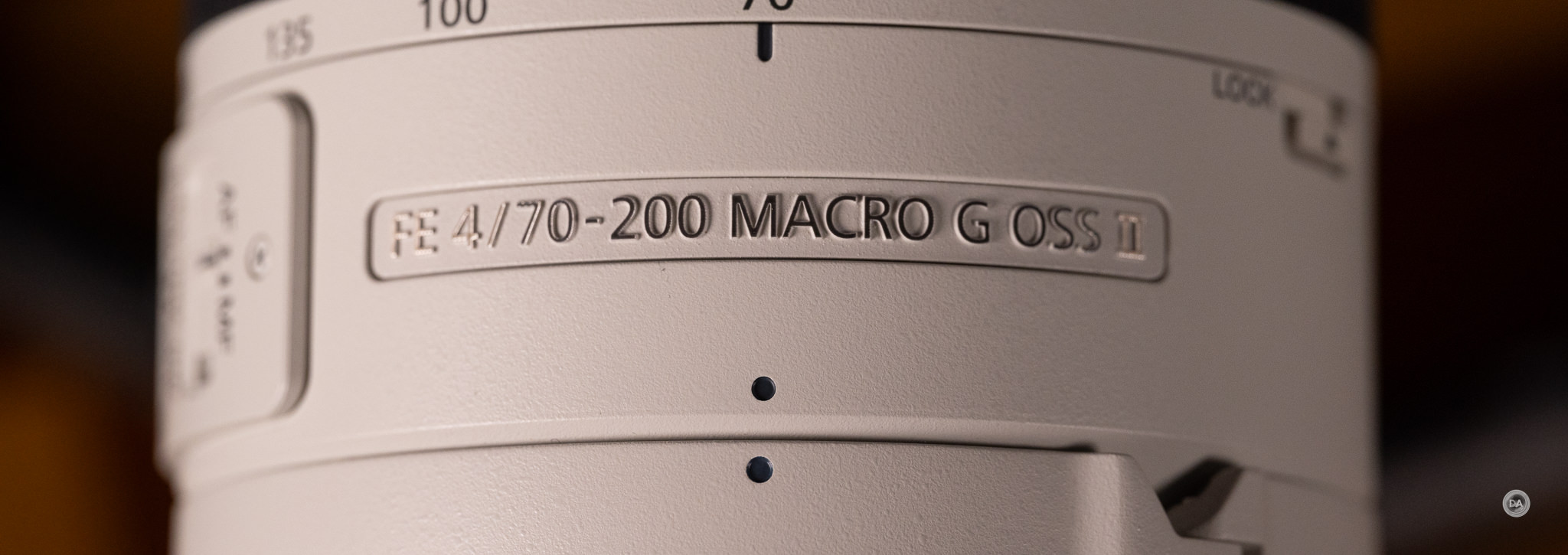





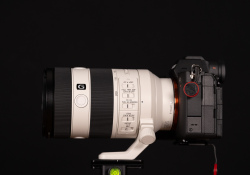
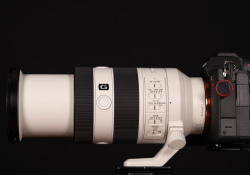
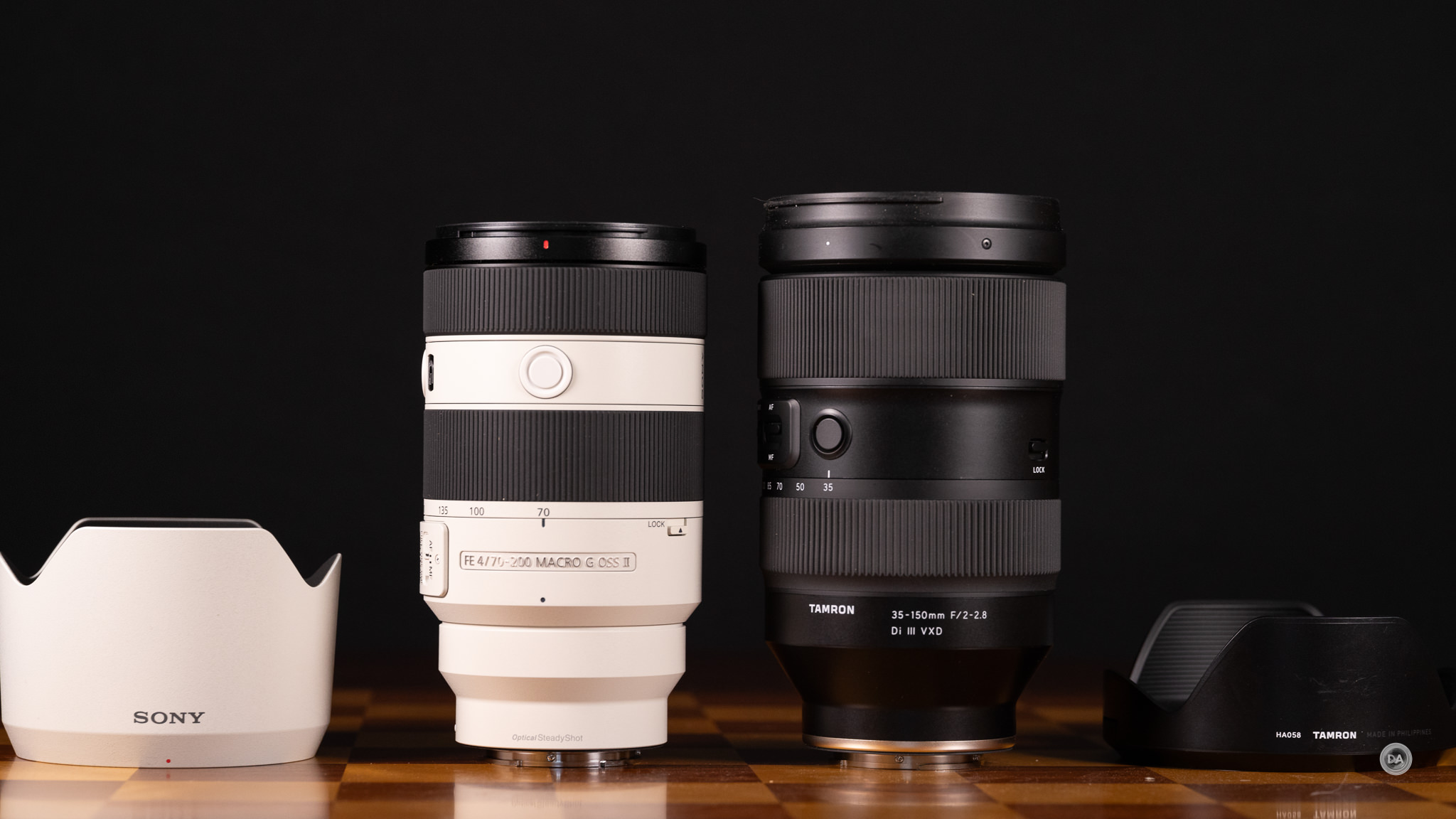
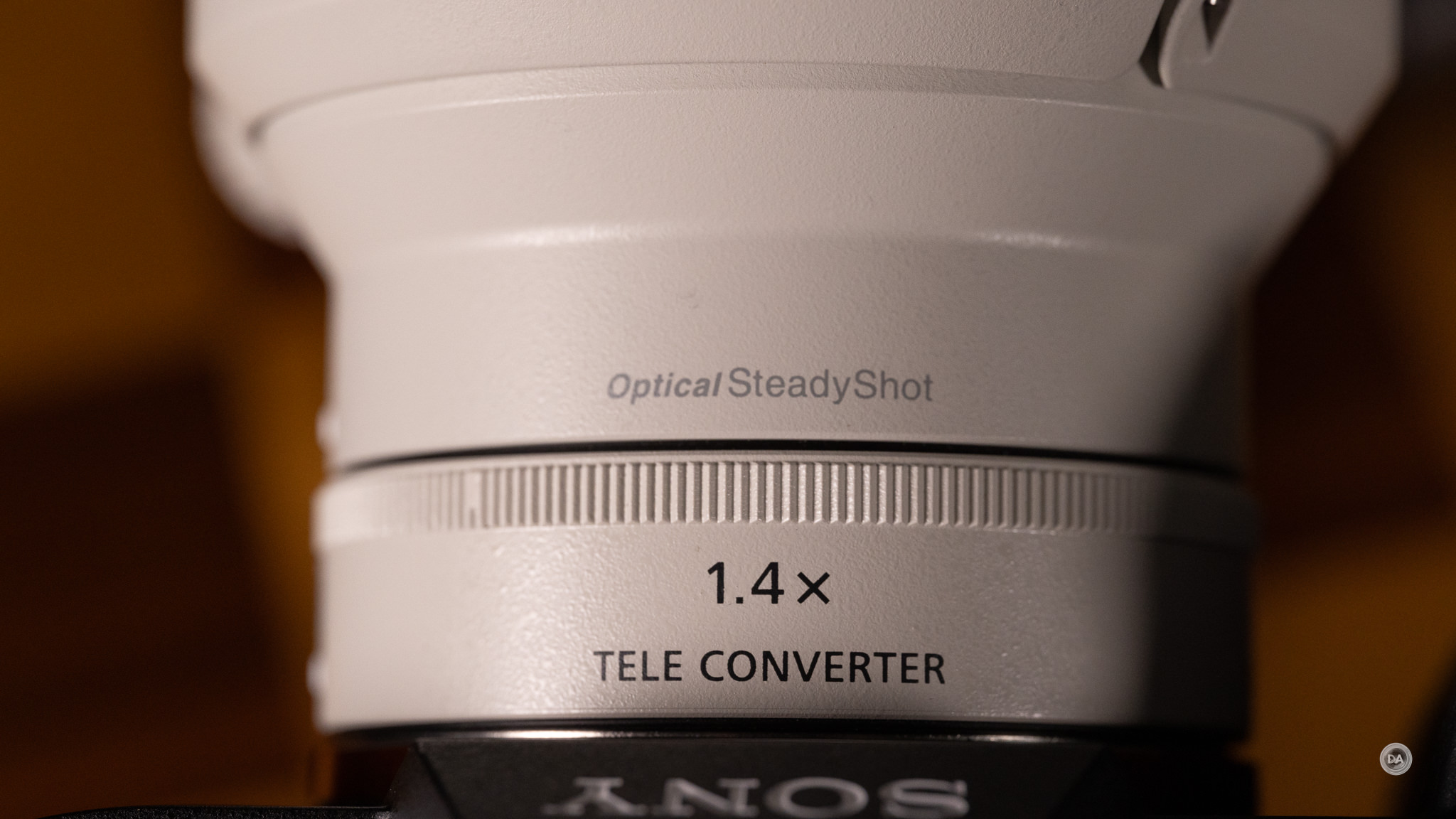










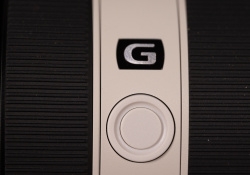

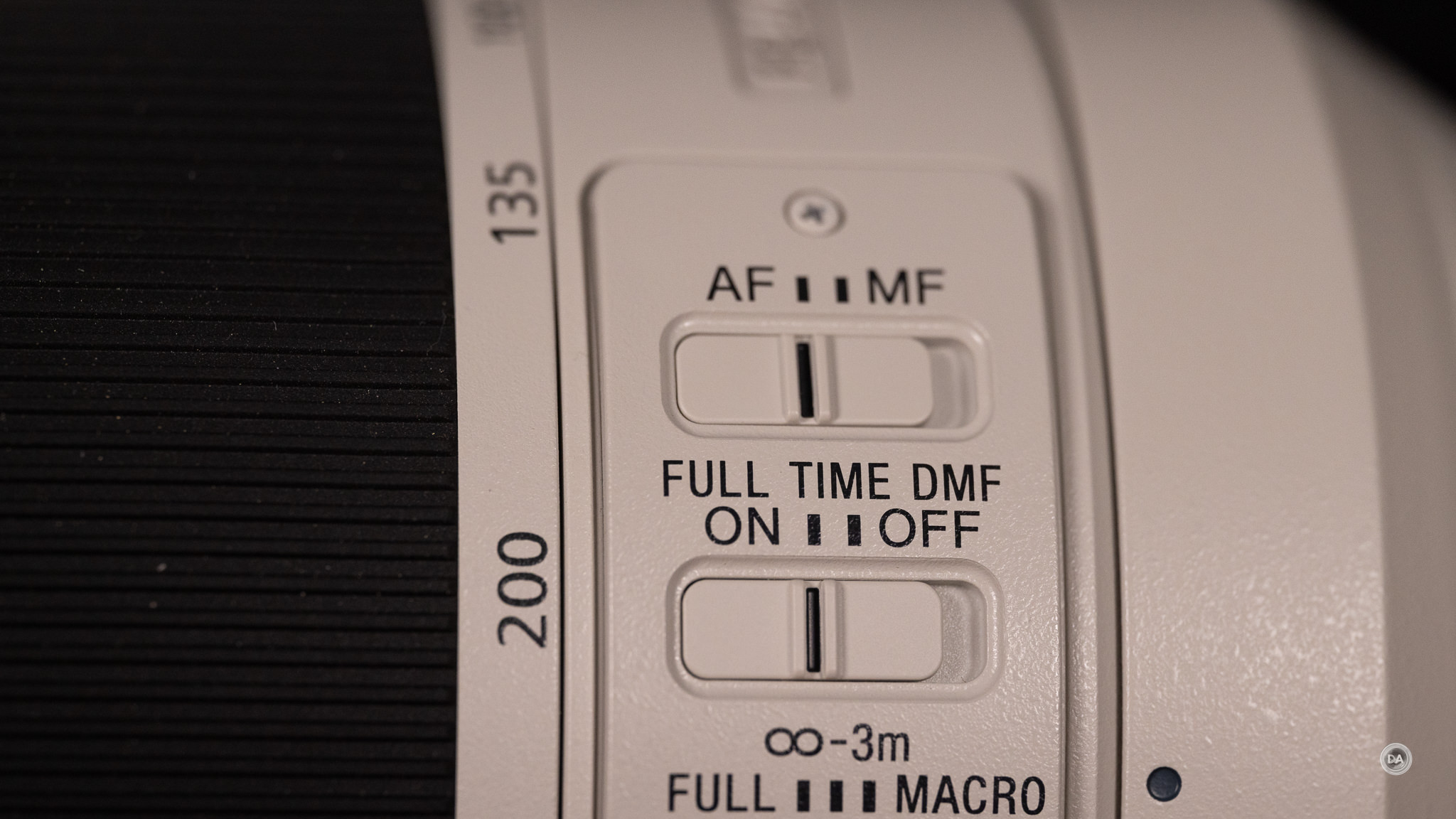
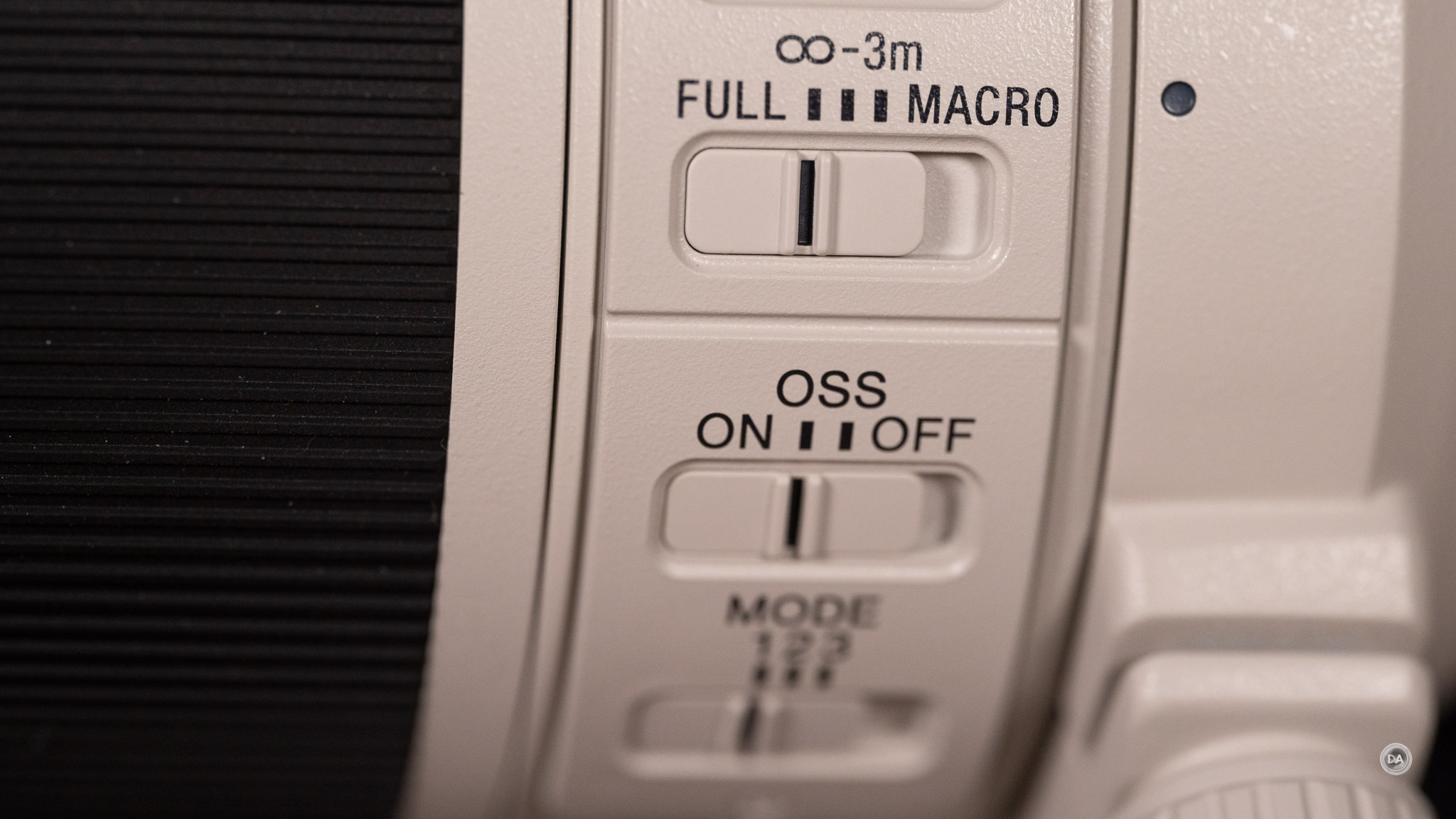
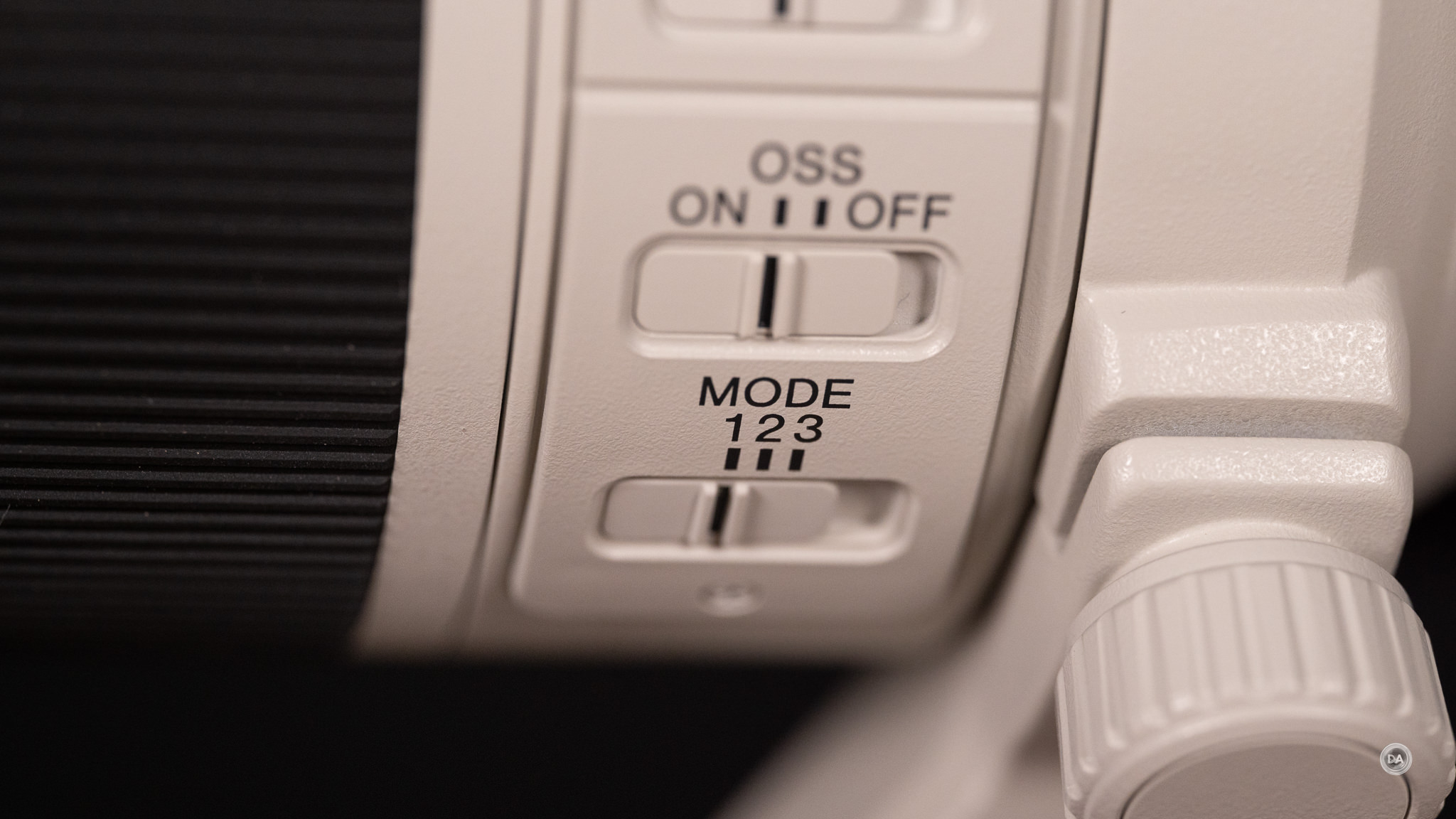


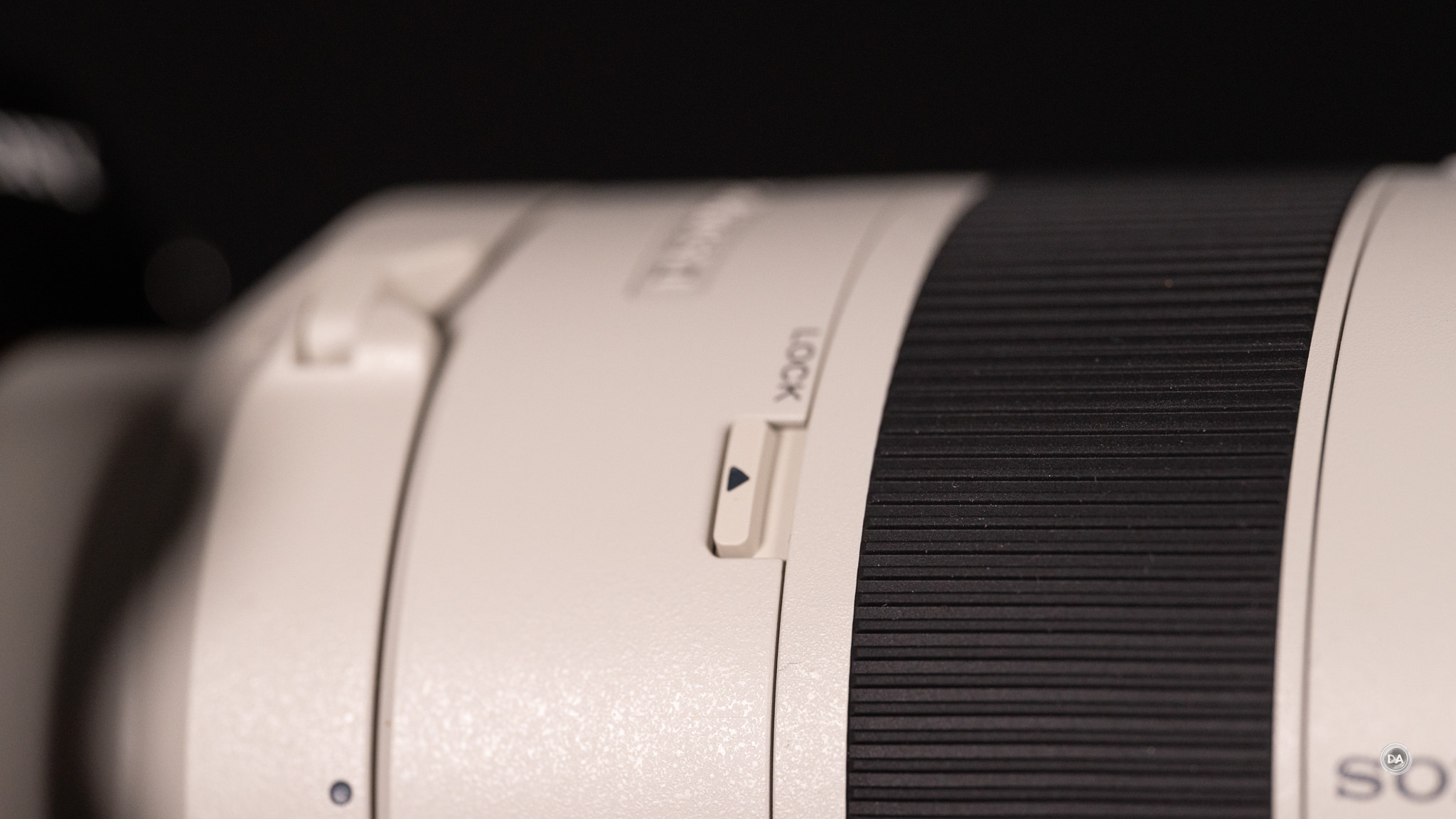
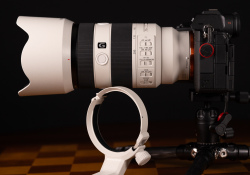


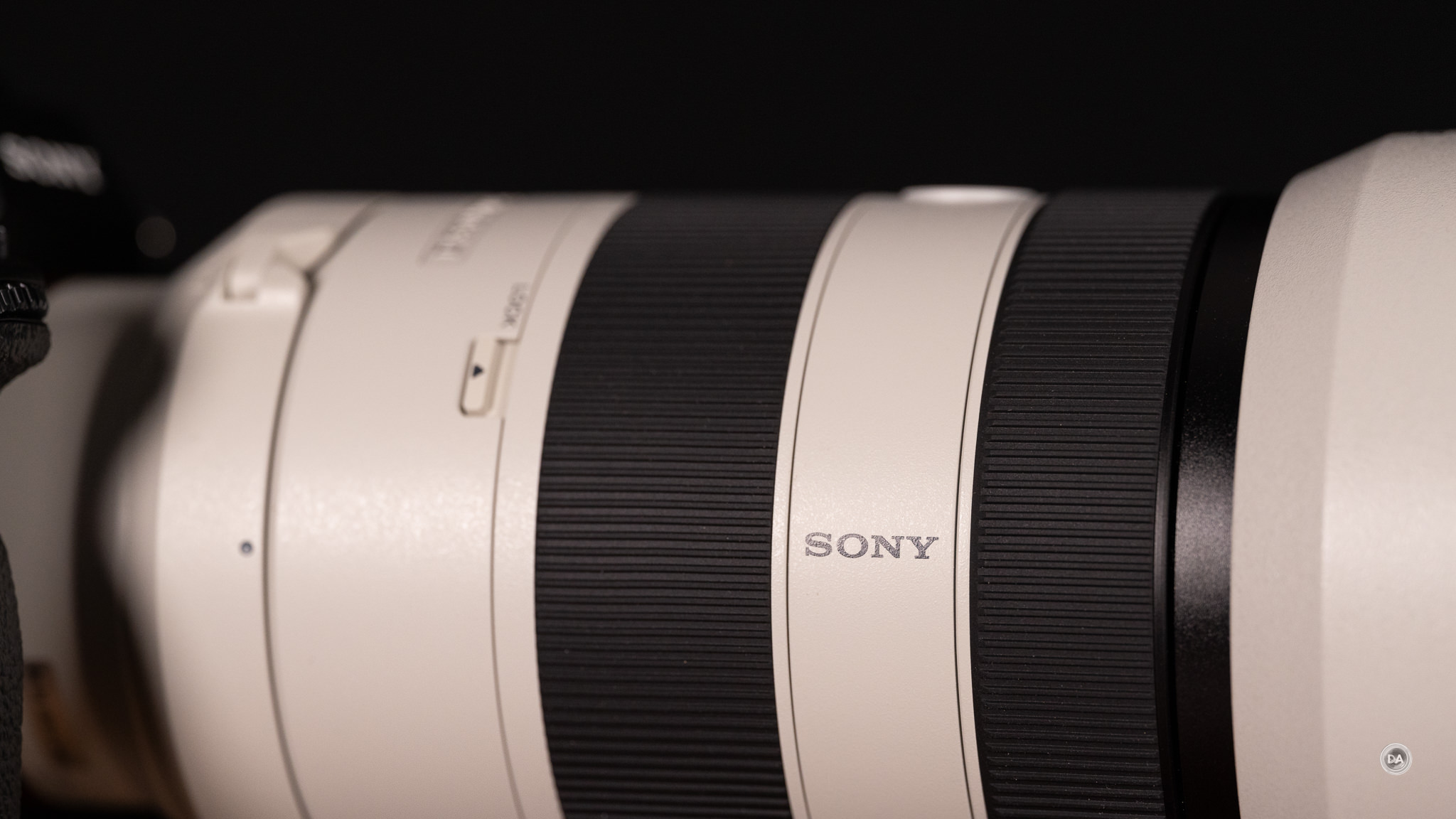
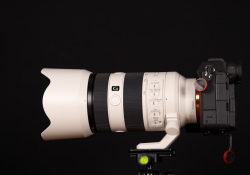



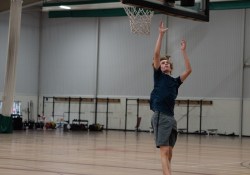







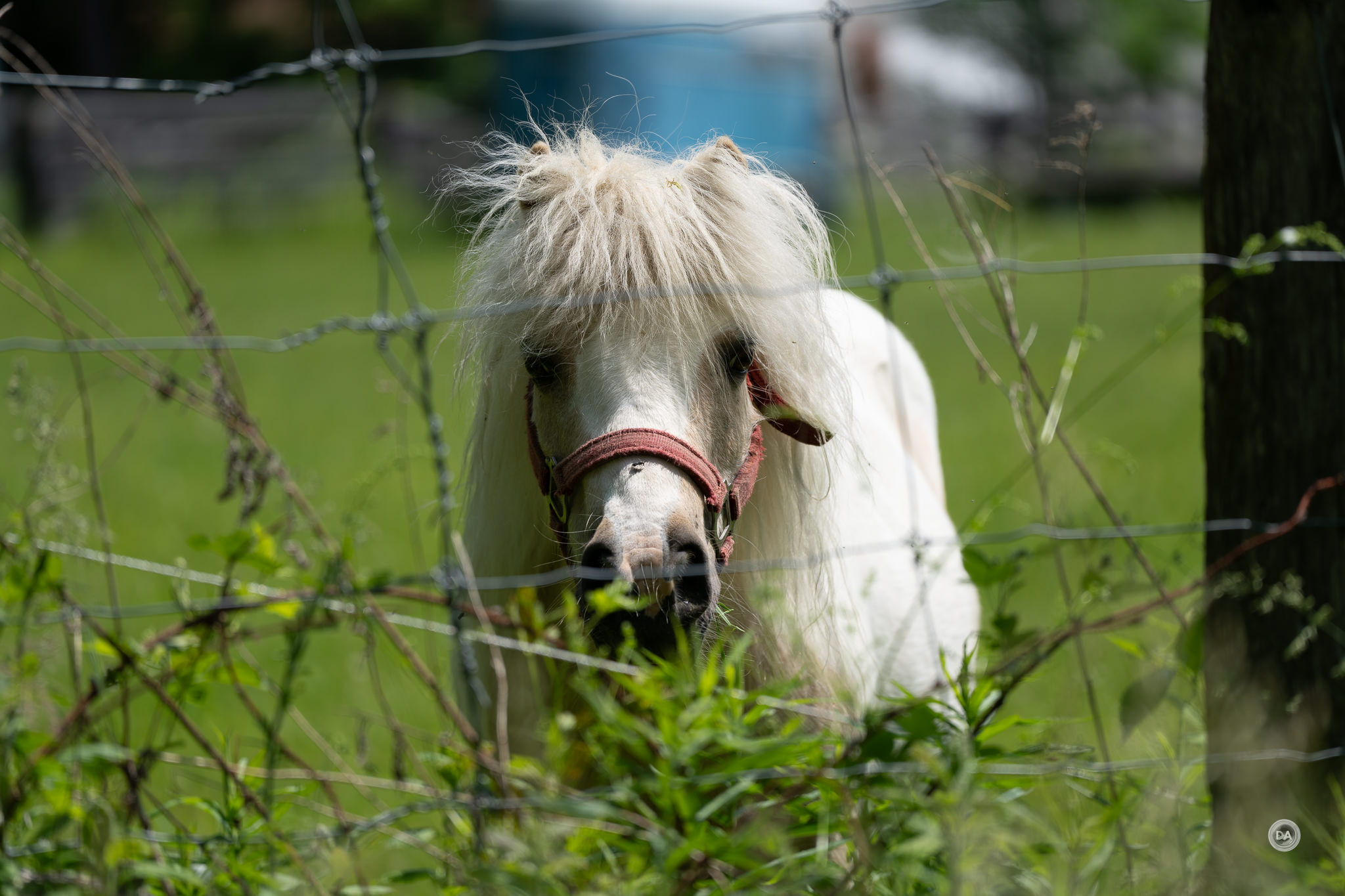
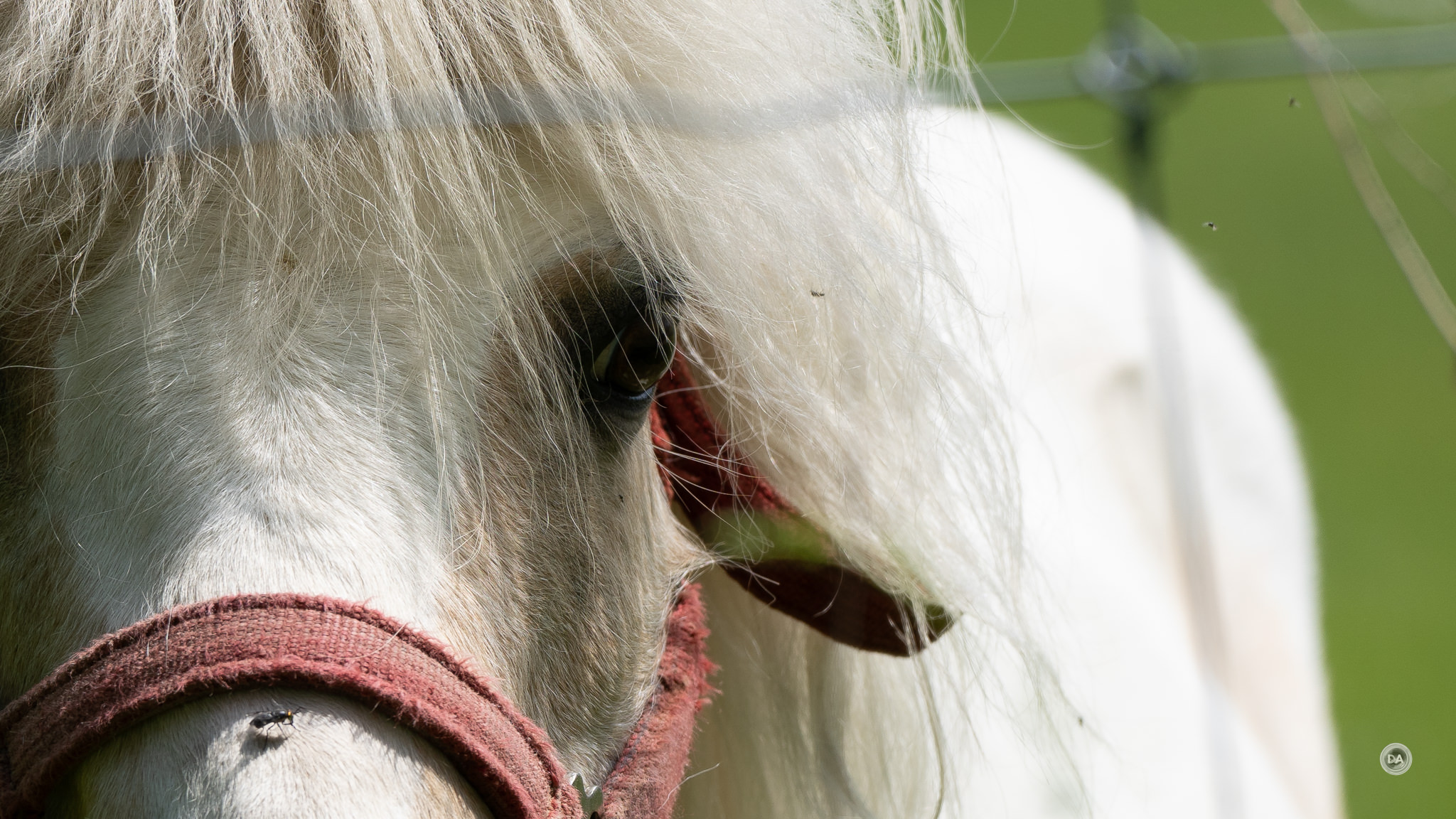









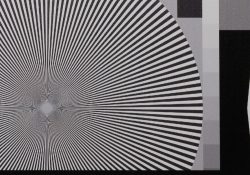


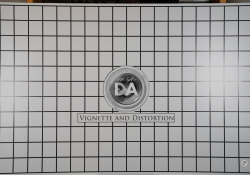
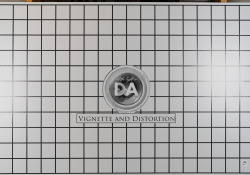
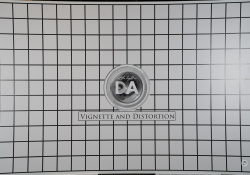
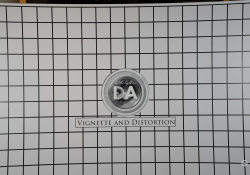
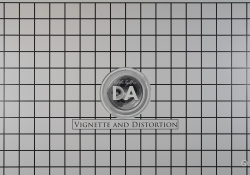
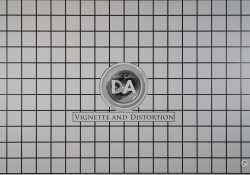
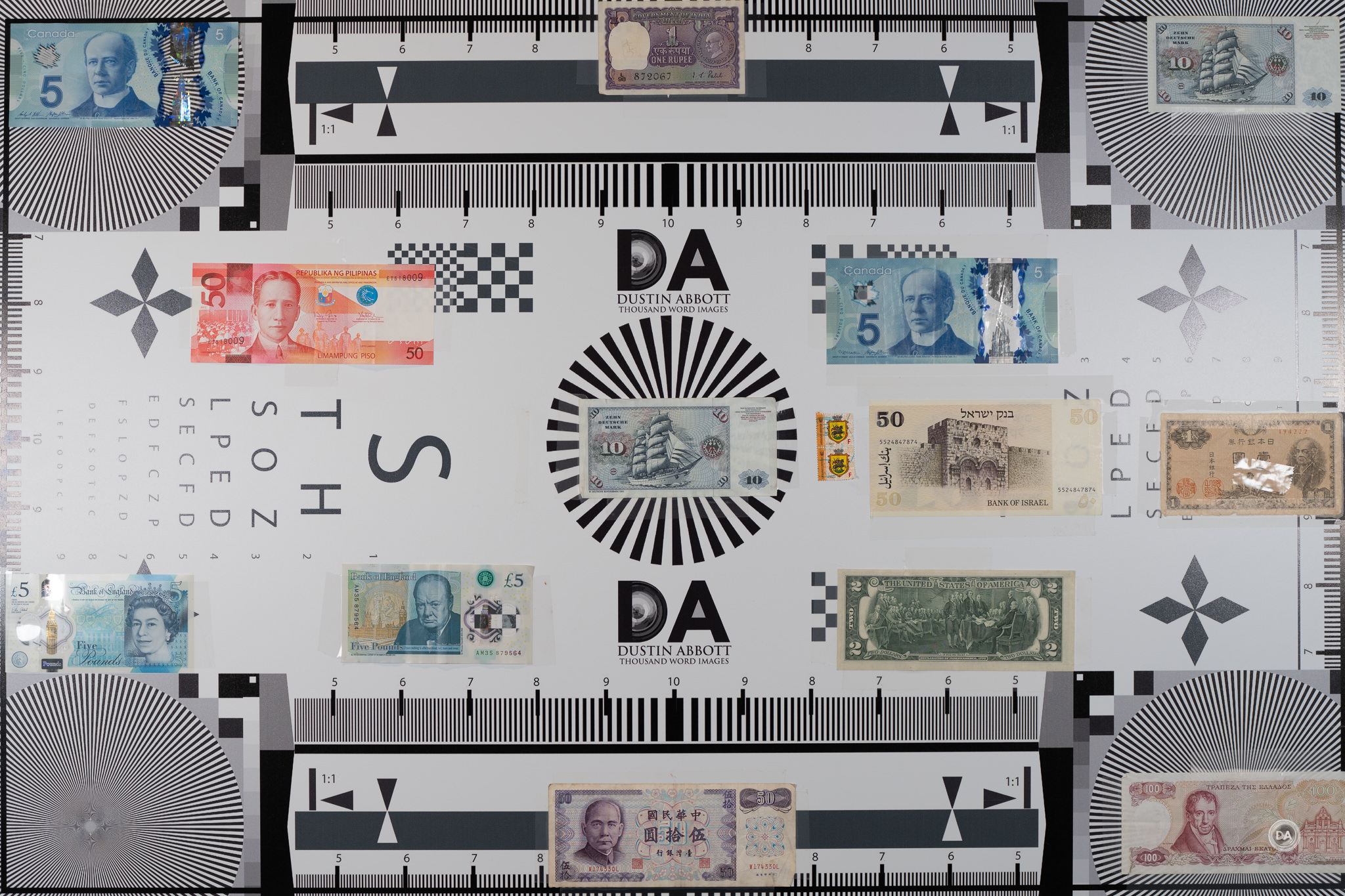




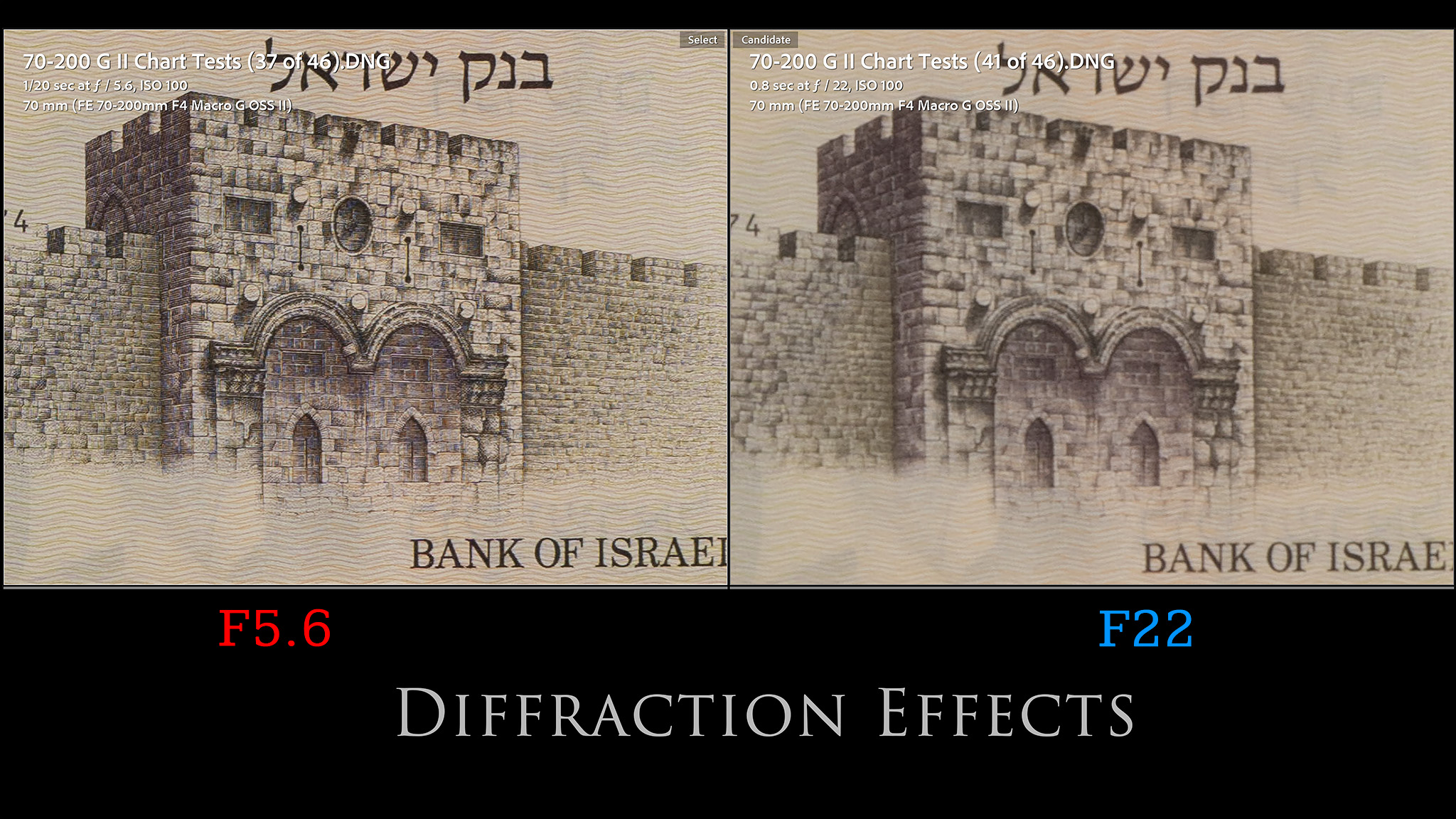

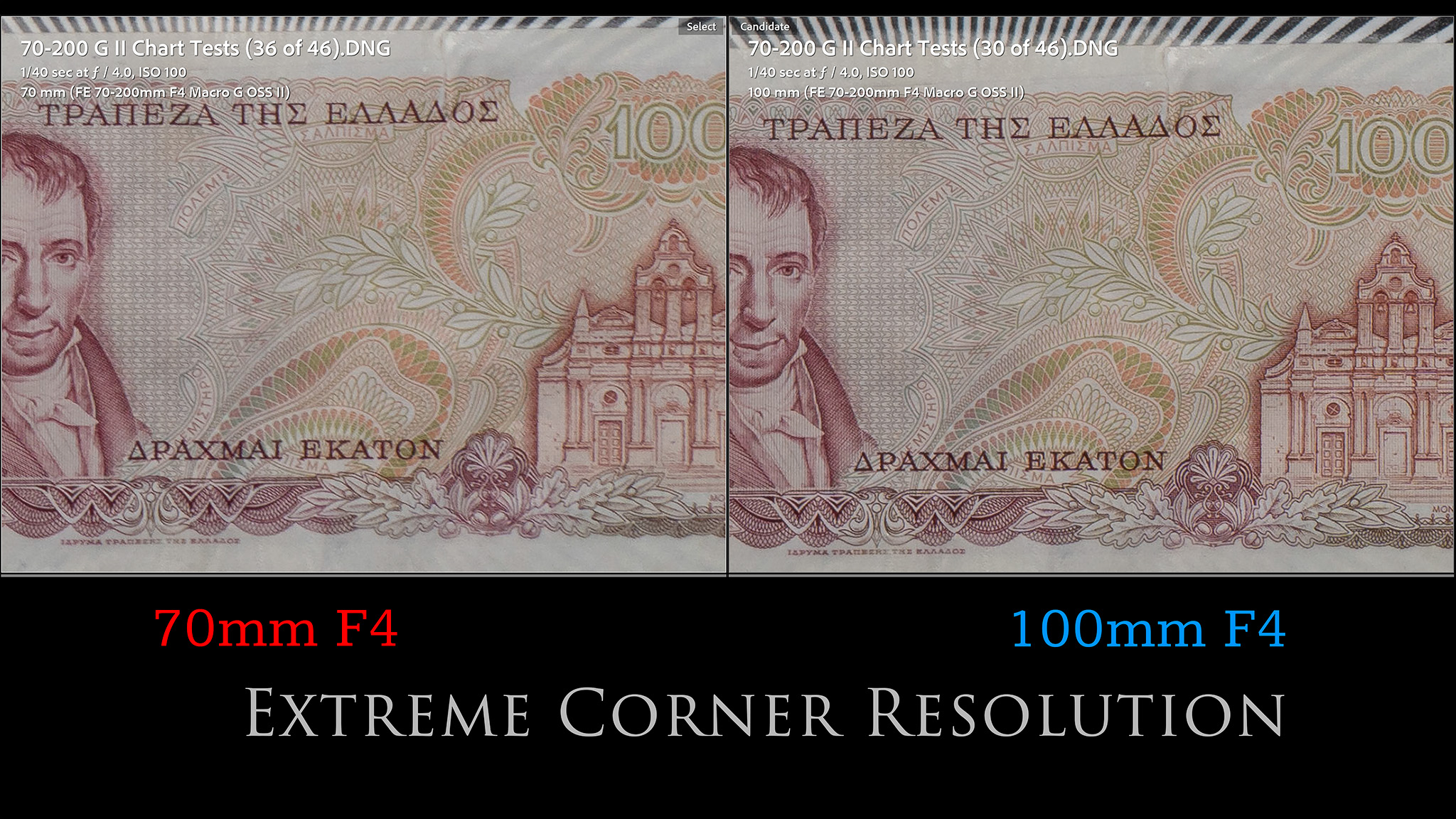
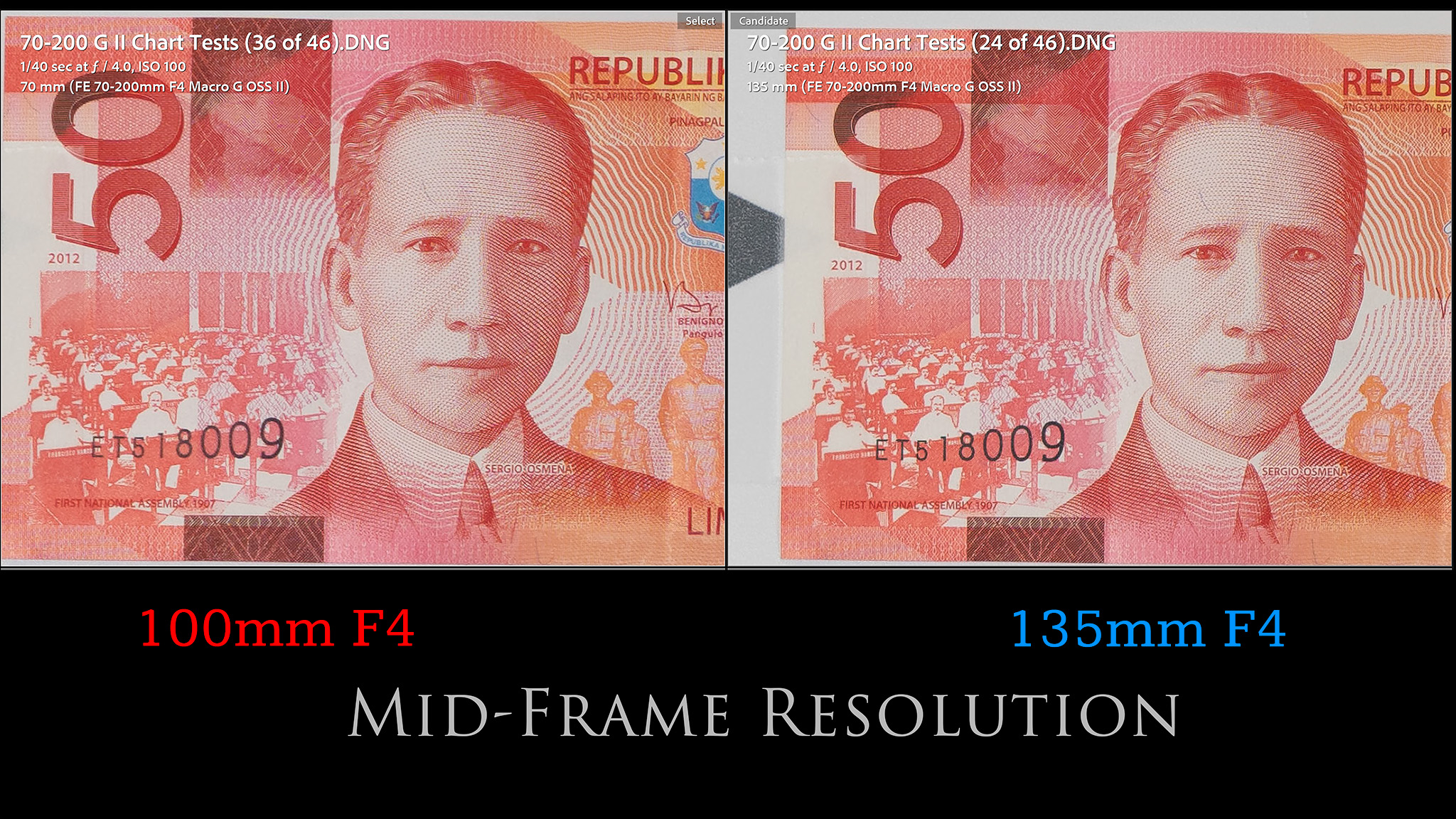


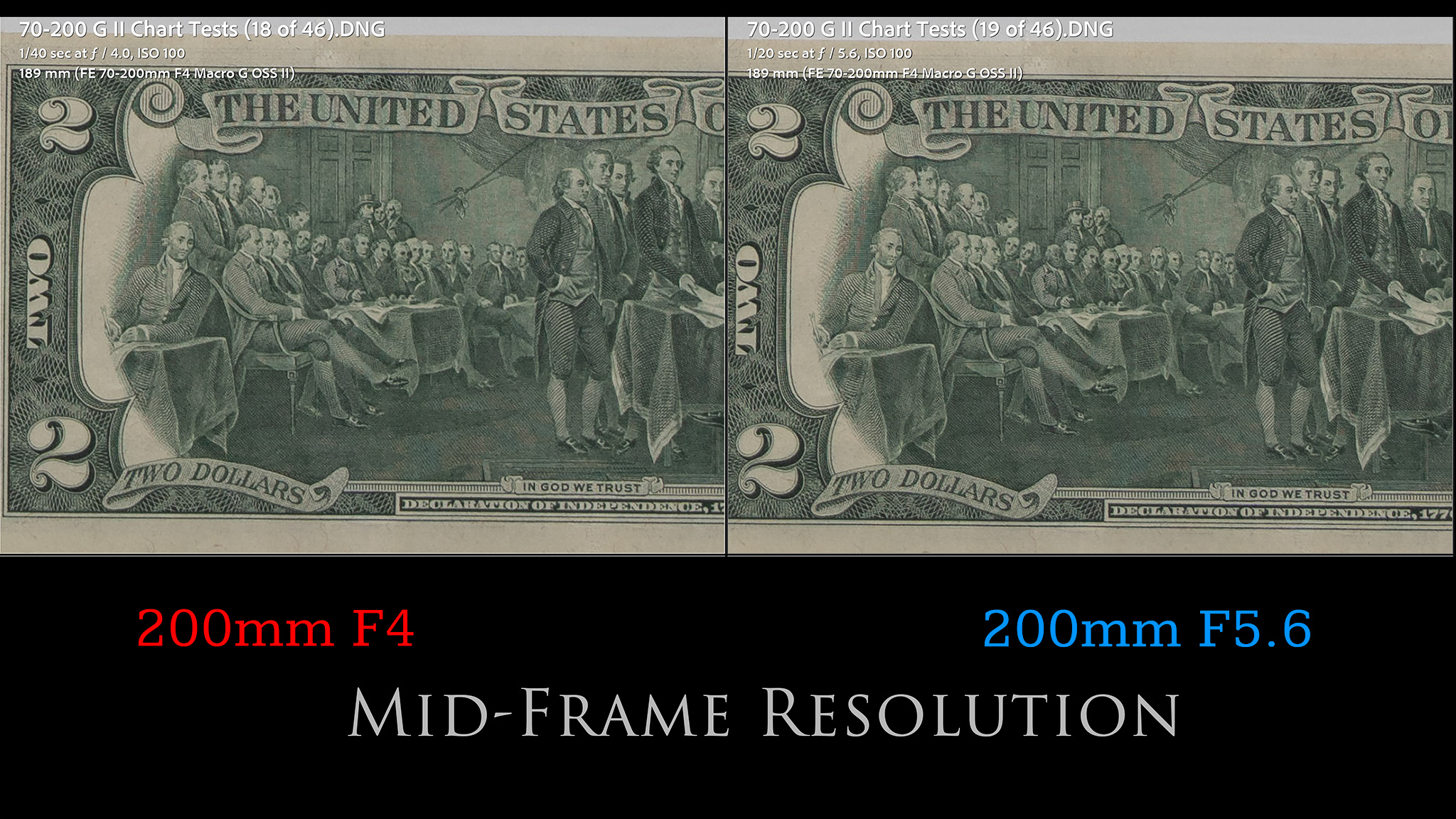
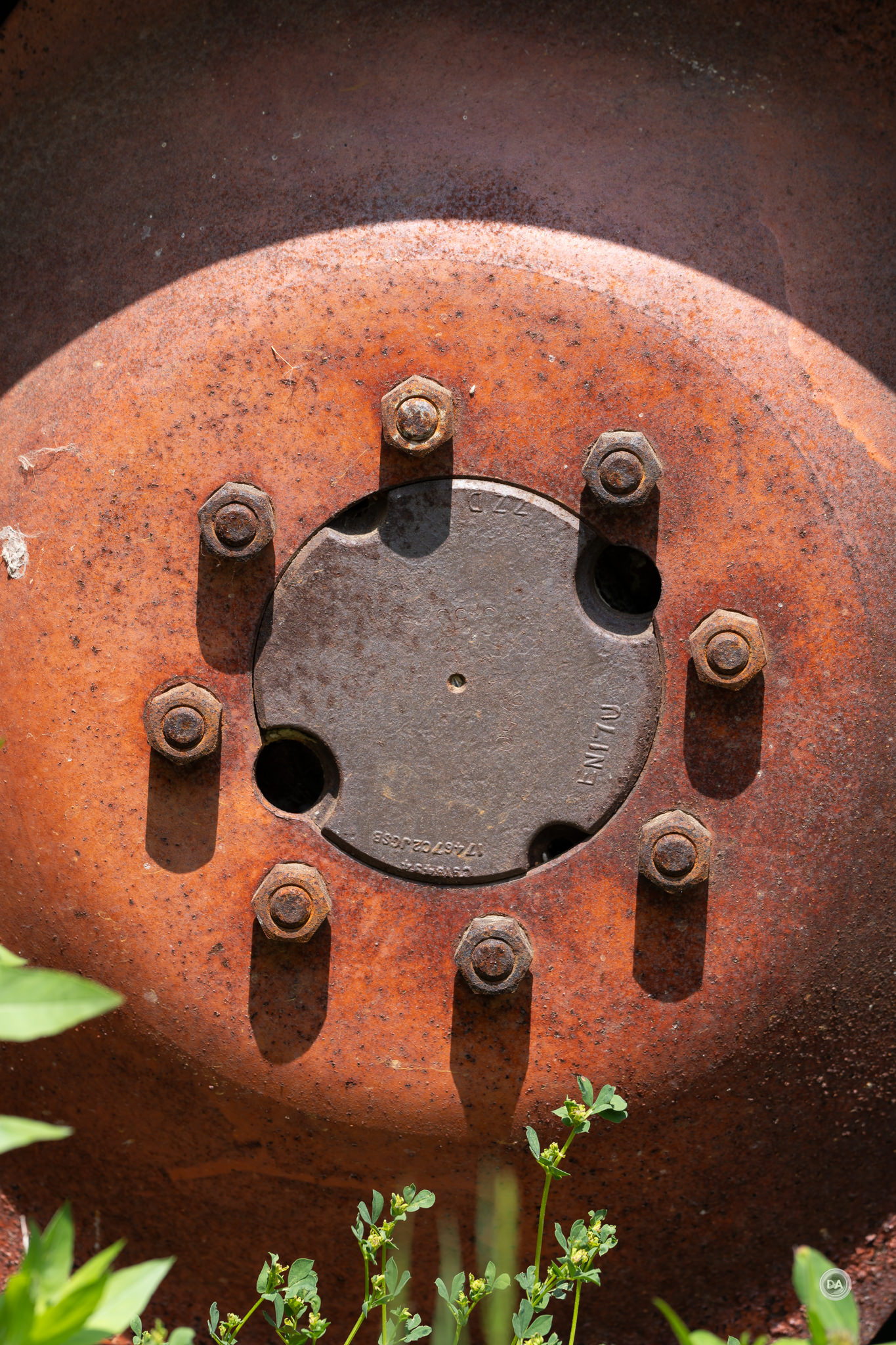


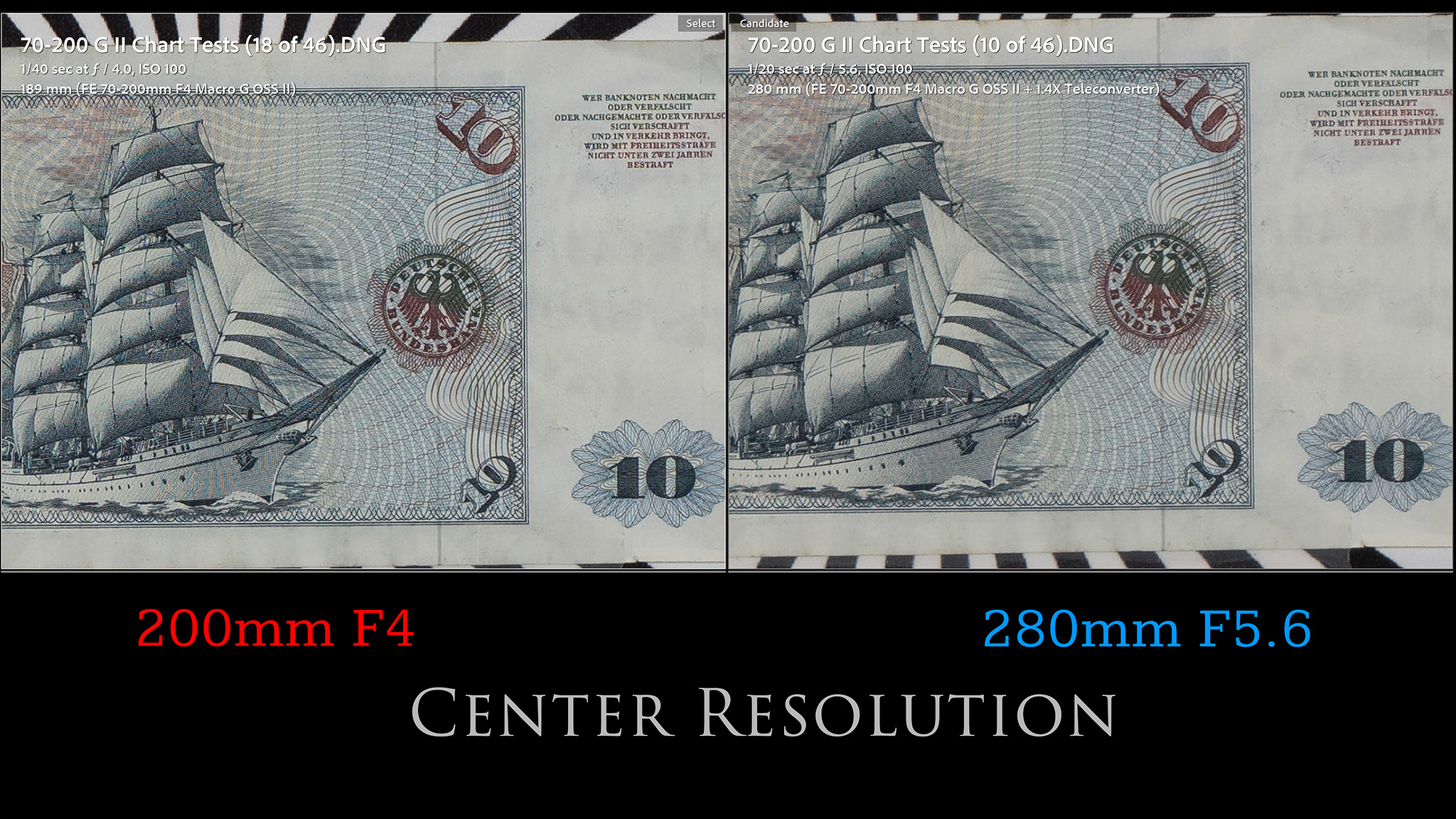





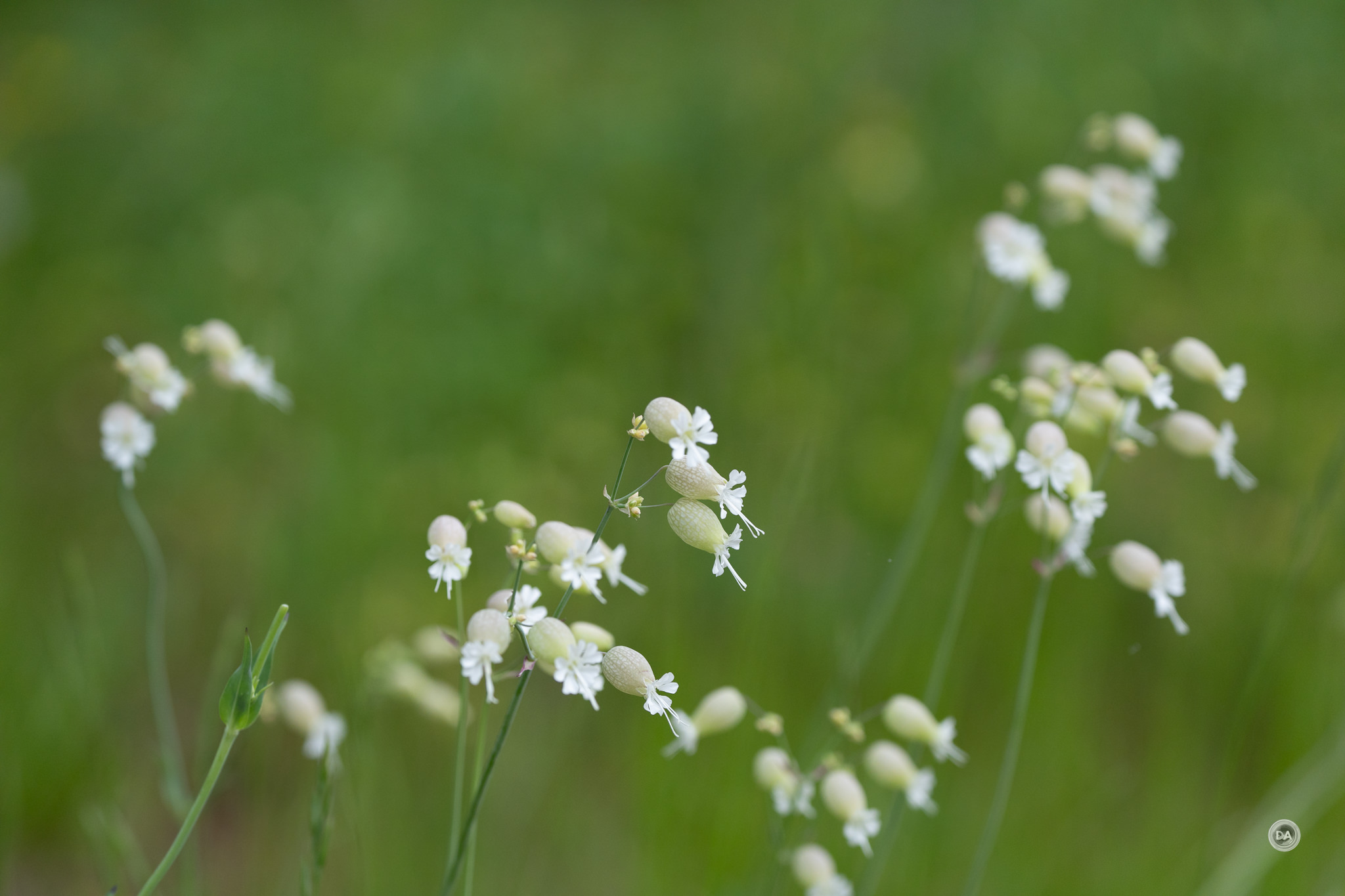




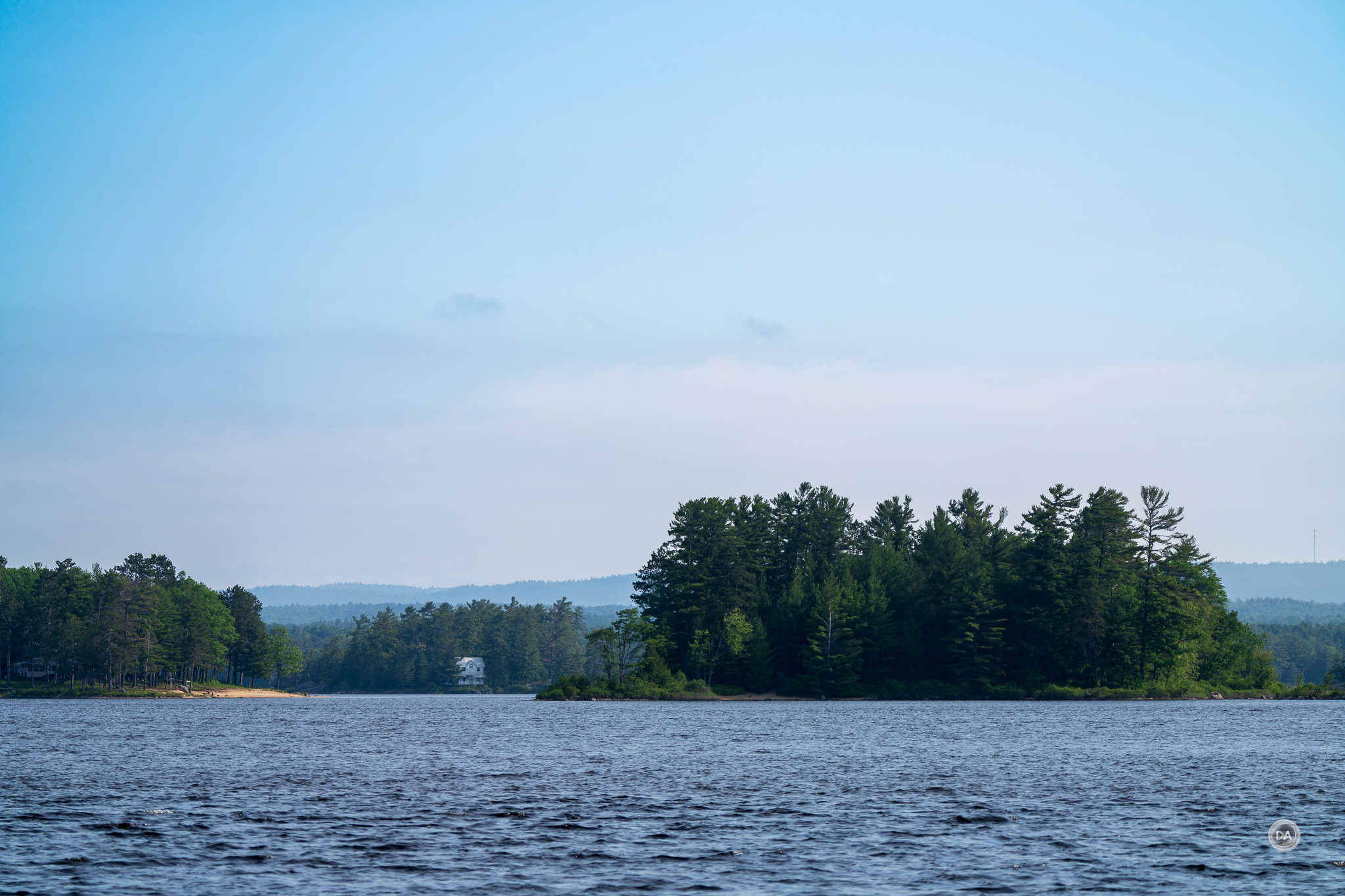


 7Artisans AF 27mm F2.8 Review
7Artisans AF 27mm F2.8 Review  7Artisans AF 27mm F2.8 STM Gallery
7Artisans AF 27mm F2.8 STM Gallery  Canon RF 24-50mm F4.5-6.3 IS STM Review
Canon RF 24-50mm F4.5-6.3 IS STM Review  Canon RF 24-50mm F4.5-6.3 IS Gallery
Canon RF 24-50mm F4.5-6.3 IS Gallery 
